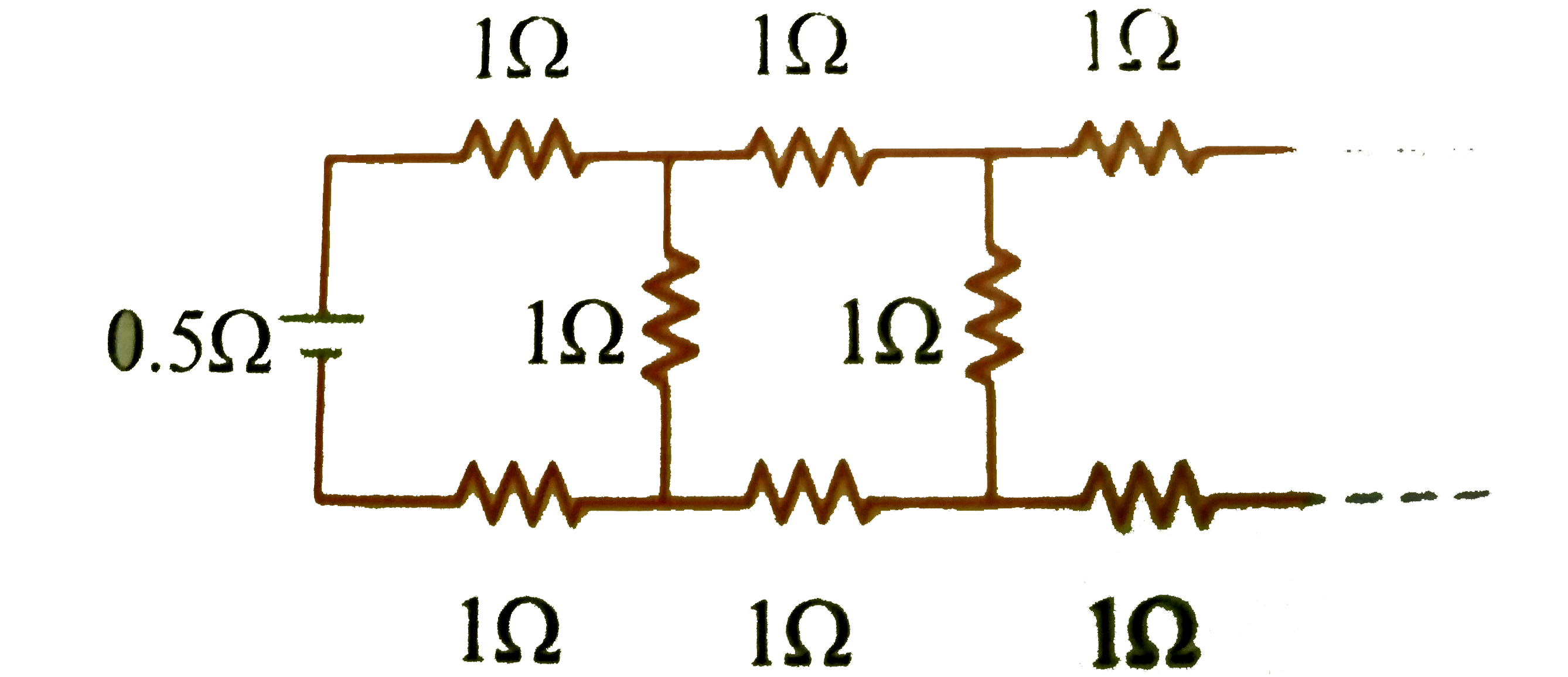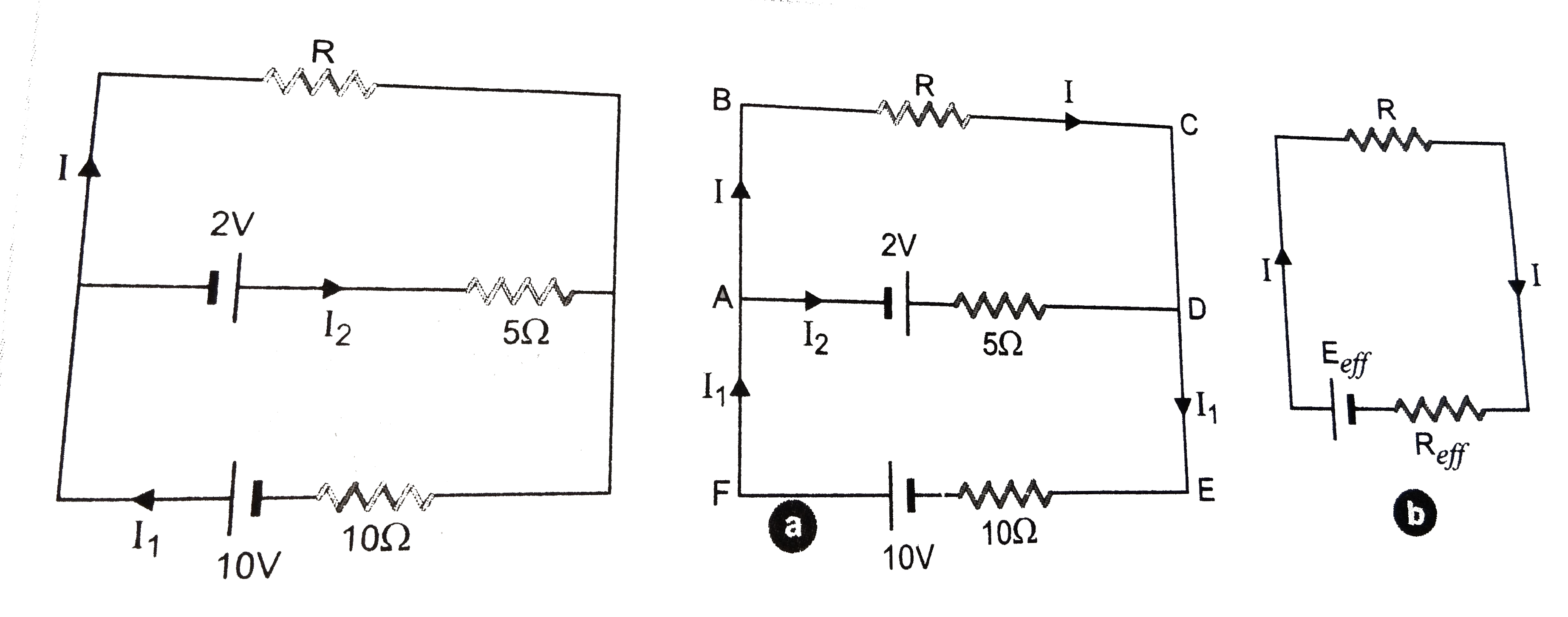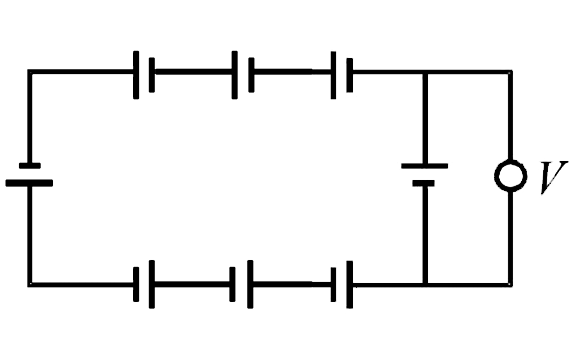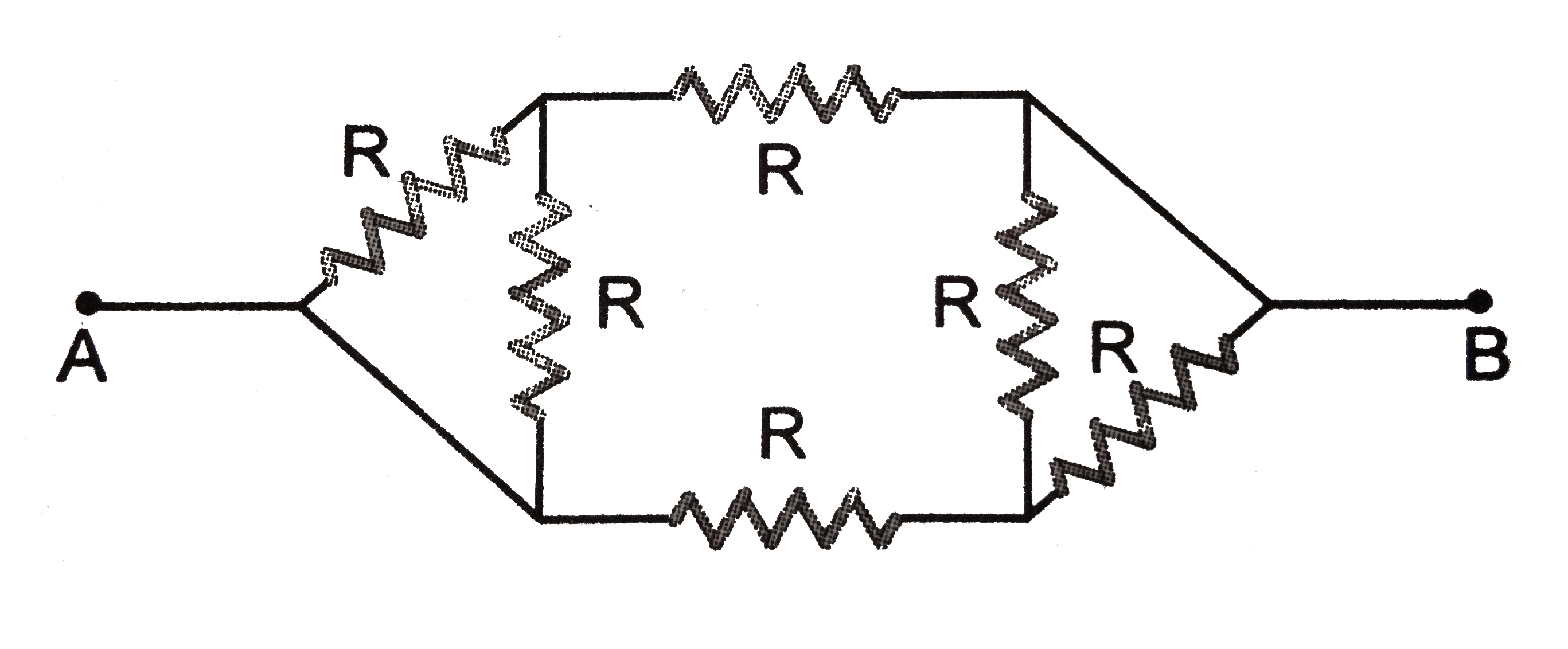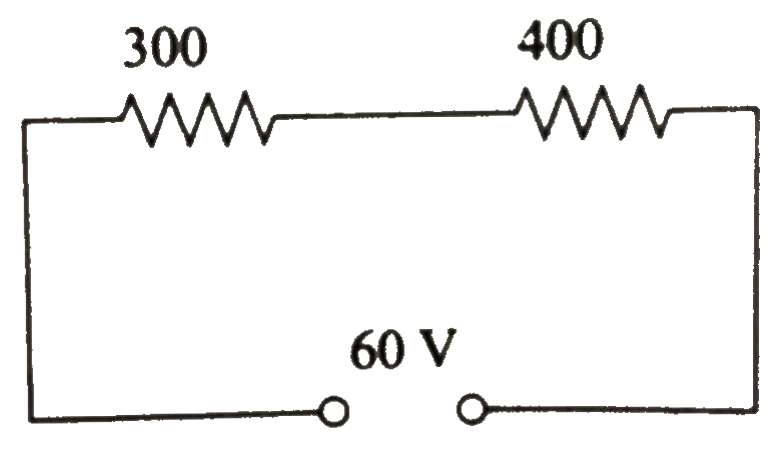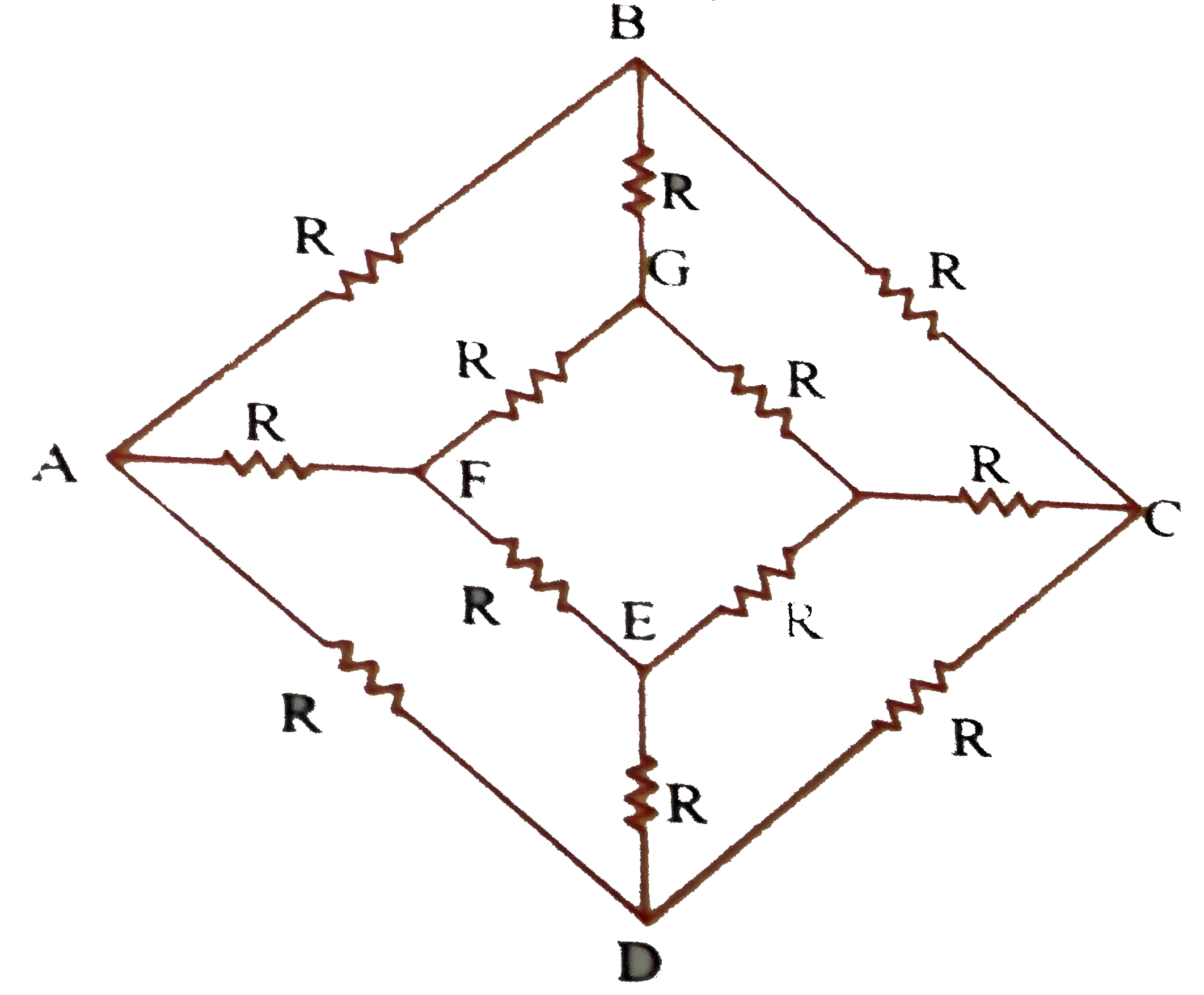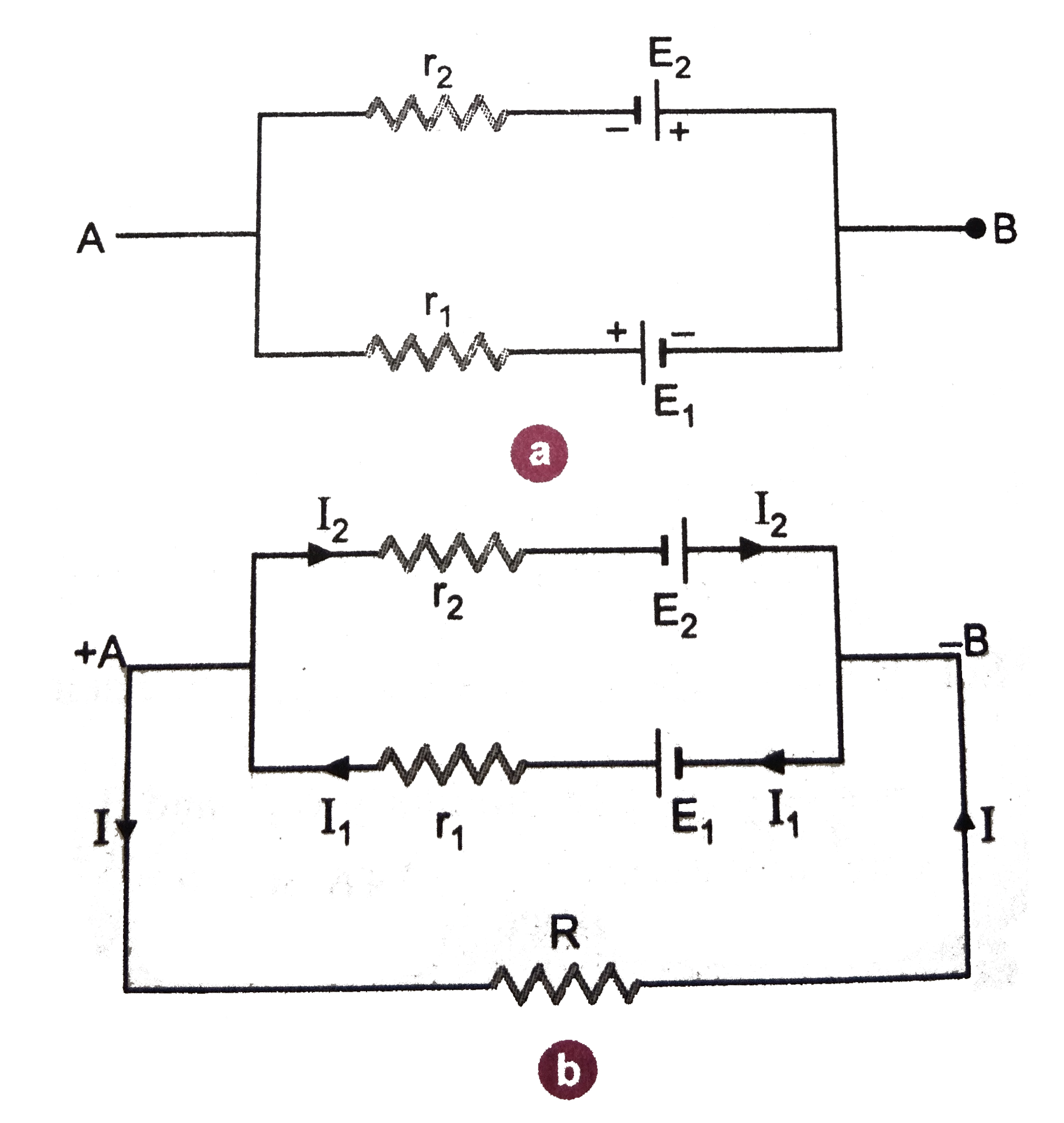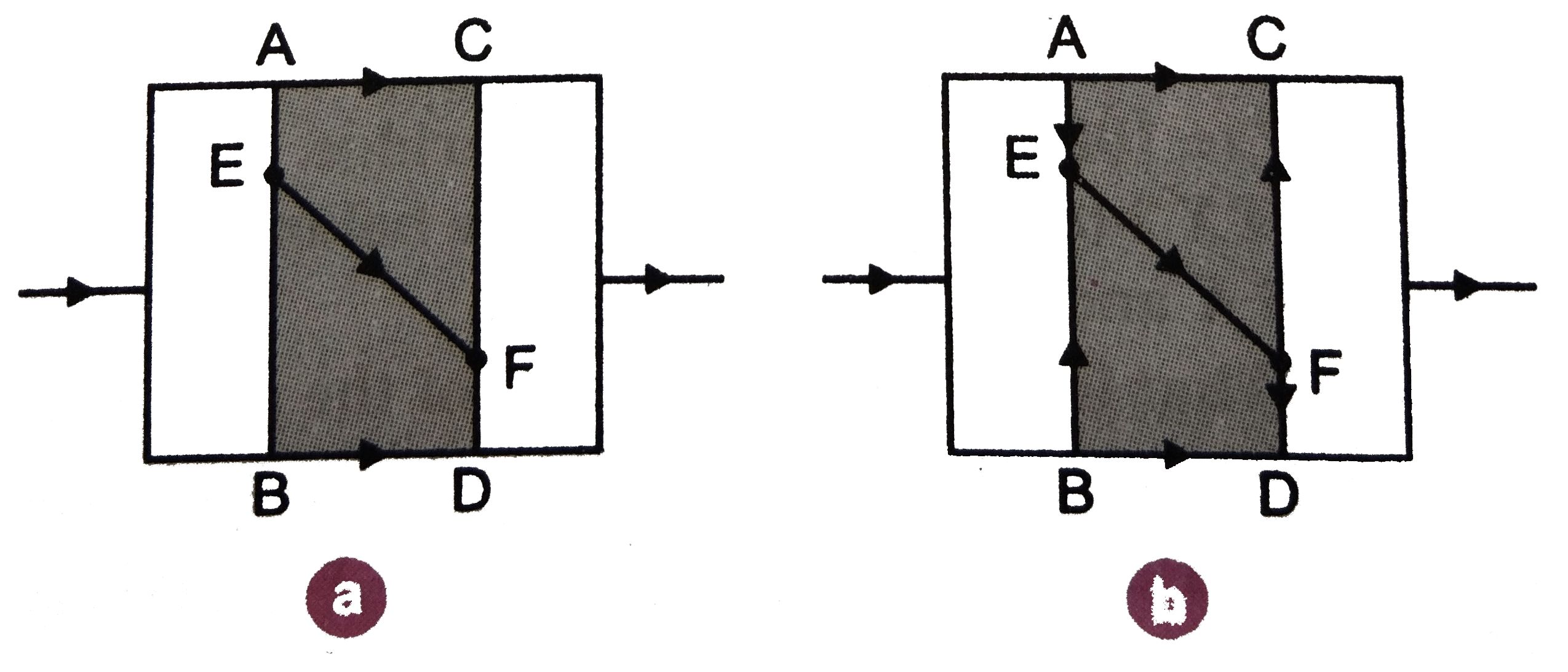Solved Examples from PRADEEP PHYSICS Chapter 3 CURRENT ELECTRICITY for Class 12
| Class 12 | PHYSICS |
| Chapter | CURRENT ELECTRICITY |
| PRADEEP PHYSICS | Solved Examples |
| Medium | English |
| Academic Year | 2023-2024 |
Question 6
Potential difference of 100 V is applied to the ends of a copper wire one metre long. Calculate the average drift velocity of the electrons ? Compare it with thermal velocity at 27∘C. Consider there is one conduction electron per atom. The density of copper is 9.0×103kg/m3, Atomic mass of copper is 63.5 g. Avogadro's number =6.0×1023 per gram-mole. Conductivity of copper is 5.81×107Ω−1m−1. Boltzmann constant =1.38×1023JK−1. View SolutionQuestion 29
A steady beam of α-particles travelling with kinetic energy E=83.5keV carries a current of I=0.2μA. Mass of α-particle =6.68×10−27kg.
(i) If this beam strikes a plane surface at an angle θ=60∘ with normal to the surface, how many α -particles strike the surface in t=4 second?View SolutionQuestion 38
A copper wire of length 2.0 m, of cross-sectional area 2.0 mm square carries a current of 0.4A. It is assumed that there is only one electron per atom. Atomic mass of copper is 63 g and density of copper is 8.9g/c. Find the drift velocity for the electrons in the wire. Also find the mobility of electrons if a pot. difference of 100 V is applied across this wire.View SolutionQuestion 41
(a) Estimate the average drift speed of conduction electrons in a copper wire of cross sectional area 1.0×10−7m2 carrying a current of 1.5 A. Assume that each copper atom contributes roughly one conduction electron. The density of copper is 9.0×103kgm−3 and its atomic mass is 63.5u. (b) Compare the drift speed obtained with the speed of propagation of electric field along the conductor, which causes the drift motion.View SolutionQuestion 48
In a discharge tube the number of hydrogen ions (i.e., protons) drifting across a cross- section per second is 1.0×1018, while number of electrons drifting in opposite direction across another cross-section is 2.5×1018 per second. If the supply voltage is 220 V, what is the effective resistance of the tube ?View SolutionQuestion 59
An aluminium wire of diameter 2.5 mm is connectedf in series with a copper wire of diameter1.6 mm. A current of 2.0 A is passed through them. Find (a) current density in aluminium wire, (b) drift velocity of electrons in copper wire. Given the number density of conduction electrons in copper is 1029m−3.View SolutionQuestion 60
Current flows through a constricted conductor as shown in figure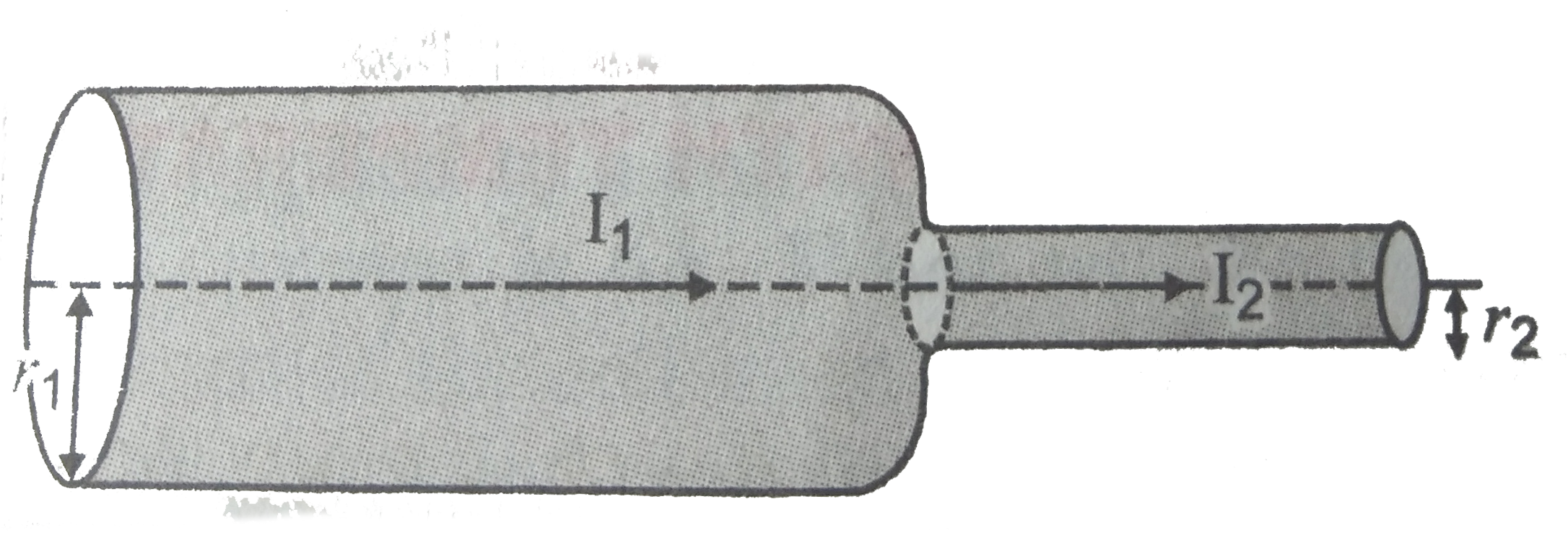
The radius and the current density to the left of constriction are 2 mm and 4.2×105Am−2. (a) How much current flows through the constriction? (b) If the current density is doubled as emerges from the right side of the constriction, what is the radius r2?View SolutionQuestion 66
The heating element of an electirc toaster is of nichrome. When a vary small current passes through it, at room temperrature 27∘C, its resistance is 75.3Ω. When toaster is connected to a 230V supply, the current settles after a few seconds to a steady value of 2.68A. What is the steady temperature of nichrome element? The temperature coefficient of resistance of nichrome over averged temperature range is 1.7×10−4^(∘)C−1.View SolutionQuestion 68
A heating element using nichrome connected to a 115 V supply draws a current of 1.6A which settles after a few seconds to a steady value of 1.4 A. What is the steady temperature of the heating element if the room temperature is 30∘C ? Temperature coefficient of resistance of nichrome averaged over the temperature range involved is 1.7×10−4.∘C−1.View SolutionQuestion 70
A potential difference of 120 V is applied to a coil at temperature of 12∘C and the current is 6A. What will be the mean temperature of the coil when the curreny has fallen to 3 A, the applied voltage being the same as before ? Given temperature coefficient of resistance coil is .00427∘C−1 at 0∘C.View SolutionQuestion 81
Two rods of copper and aluminium of each of equal length 20 cm and equal cross-sectional area 2mm2. They are joined (i) in series and (ii) in parallel as shown in figure. Find the resistance of the combination in each case. Resistivity of copper =1.7×10−8Ωm and resistivity of aluminium =2.6×10−8Ωm.
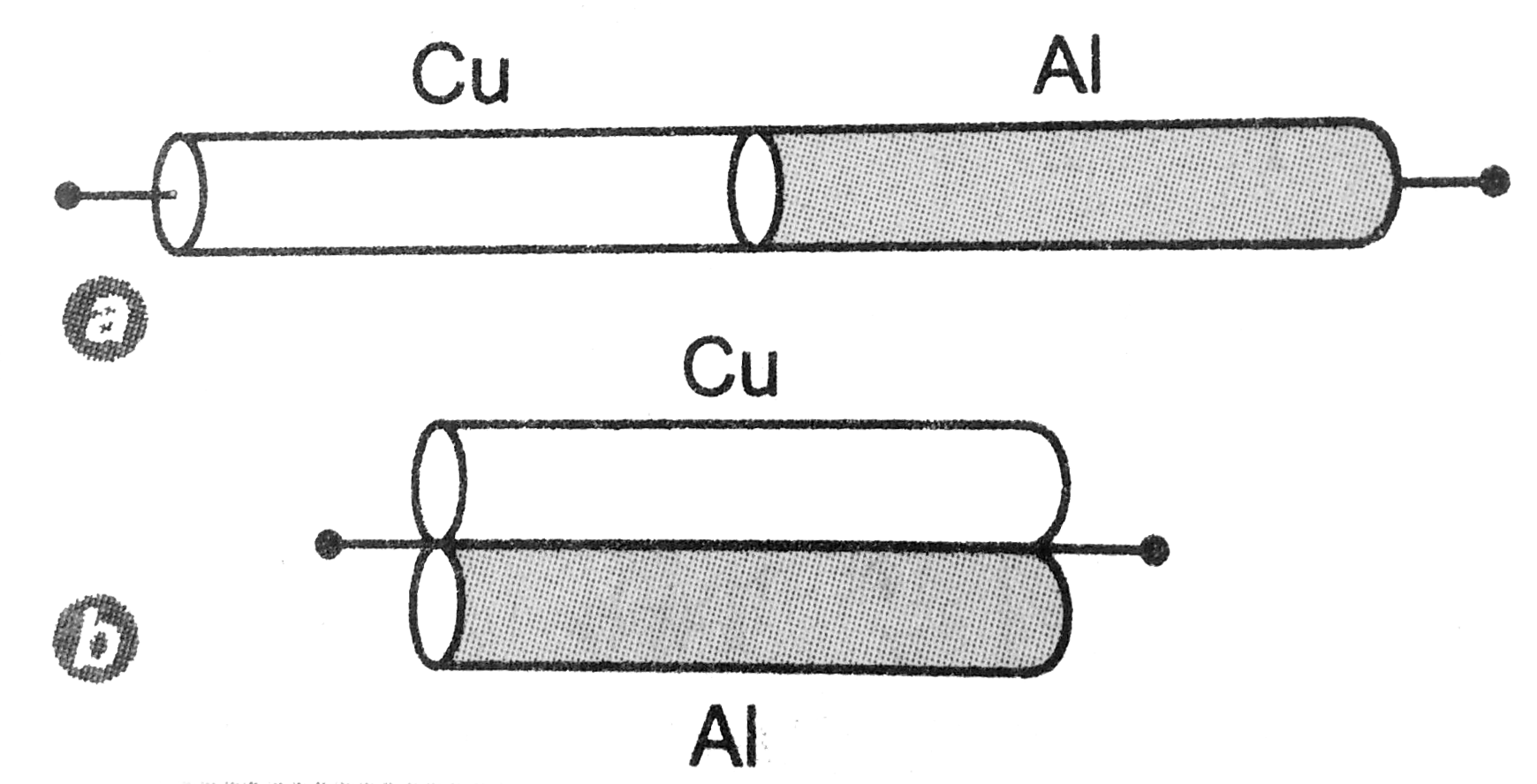 View Solution
View SolutionQuestion 90
Four resistors of 12Ω each are connected in parallel . Three such combinations are then connected in series. What is the total resistance ? If a battery of 9 V emf and negligible internal resistance is connected across the networks, find the current flowing through of each resistors.View SolutionQuestion 96
A uniform wire of resistance 12Ω is cut into three pieces in the ratio 1 : 2 : 3 and the three pieces are connected to form a triangle. A cell of emf 8 V and internal resistance 1Ω is connected across the highest of the three resistors. Calculate the current through each part of the circuit.View SolutionQuestion 98
Potential differences across the terminals of a cell were measured (in volt) against different currents (in ampere) flowing through the cell. A graph was drawn which was a straight line ABC as shown in figure
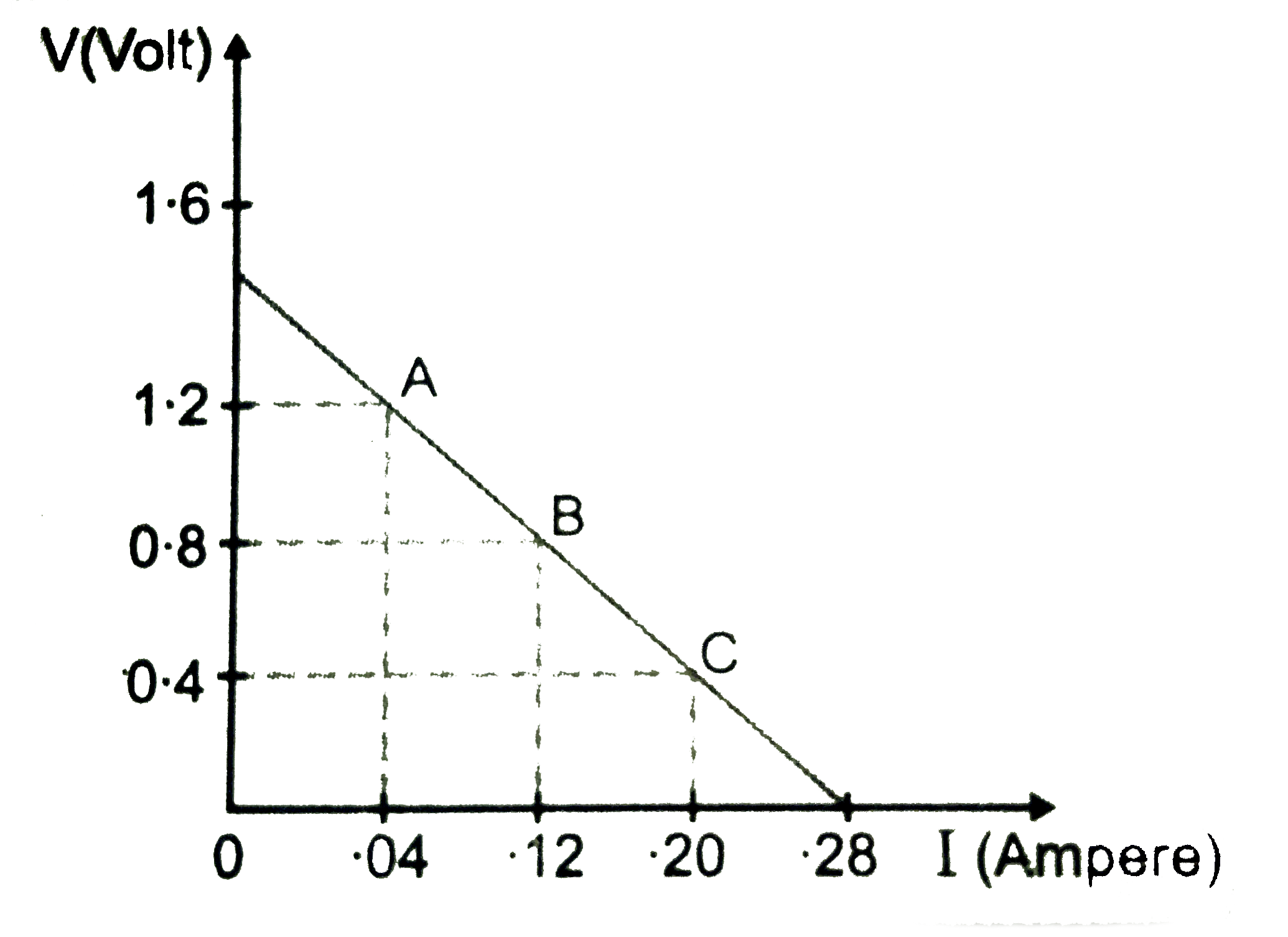
Determine from graph (i) emf of the cell (ii) maximum current obtained from the cell and (iii) internal resistance of the cell.View SolutionQuestion 100
Two identical cells of emf 1.5 V each joined in parallel provided supply to an external circuit cosisting of two resistances of 17Ω each joined in parallel. A very high resistance voltmeter reads. The teminal voltage of cells to be 1.4V. Calculate the internal resistance of each cell.View SolutionQuestion 101
Two cells, E1 and E2 of emfs 4 V and 8 V having internal resistances 0.5Ω and 1.0Ω respectively are connected in opposition to each other. This combination is connected in opposition to with resistance of 4.5Ω and 3.0Ω. Another resistance of 6Ω is connected in parallel across the 3Ω resistor. (a) Draw the circuit diagram (b) Calculate the total current flowing through the circuit. (c ) Terminal potential difference acrss cell E1 and E2.View SolutionQuestion 102
A 20 V battery of internal resistance 1Ω is connected to three coils of 12Ω,6Ω, and 4Ω in parallel, a resistor of 5Ω and a reversed battery (emf 8V and internal resistance 2Ω) as shown in figure. Calculate (a) the current in the circuit,(b) current in resistor of 12Ω coil, and (c) potential difference across each battery.
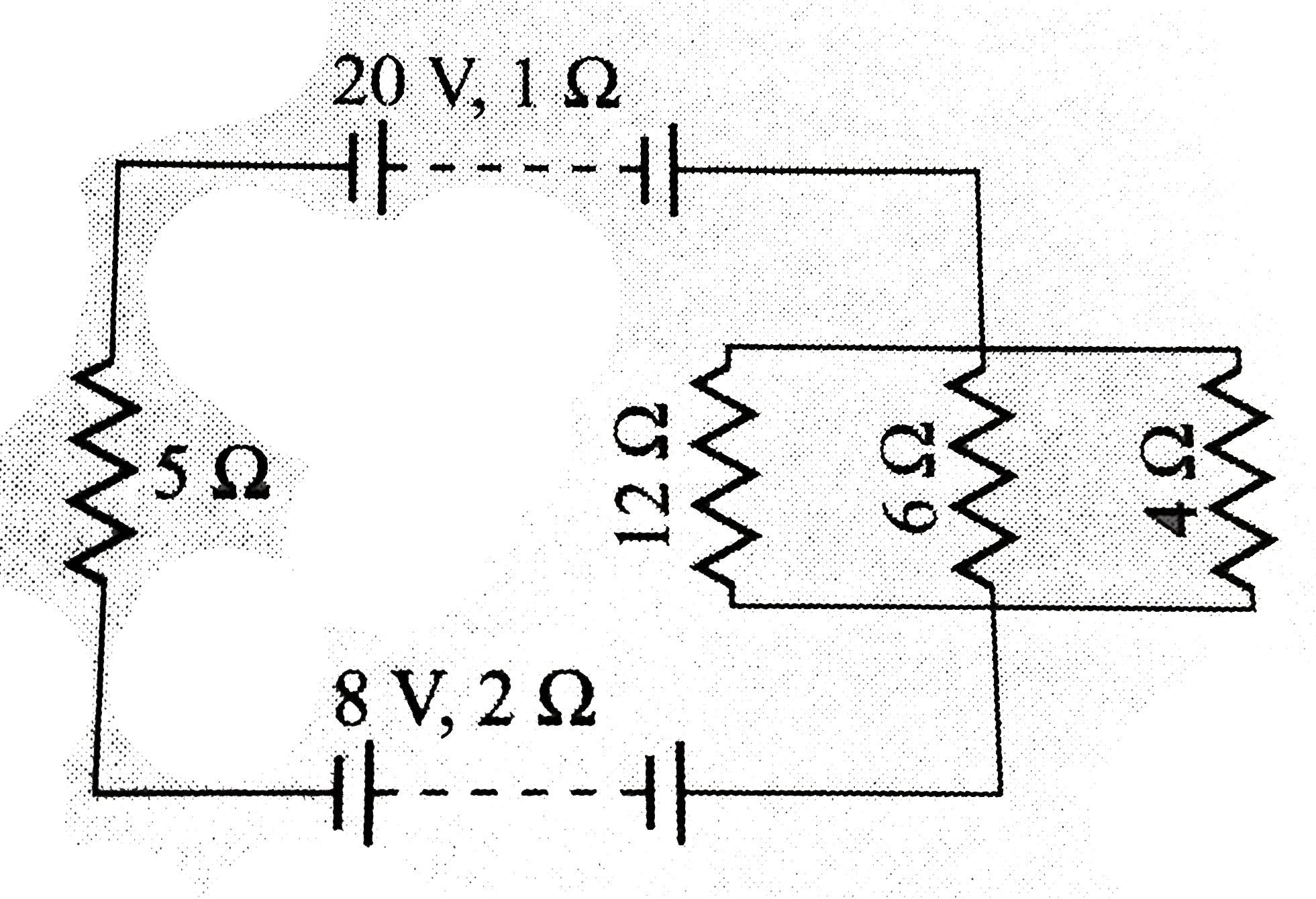 View Solution
View SolutionQuestion 105
(a) Three cells of emfs, 1.5 V, 2.0V and 2.5 V are connected in series. Their internal resistance are 0.20Ω,0.15Ω and 0.15Ω respectively. The battery is connected to an external resistor of 5.5Ω via a very low resistance ammeter, what would be the reading of ammeter?
(b) If the three cells above were joined in parallel, would they be characterised by a definite emf and internal resistance (independent of their individual internal resistance )? If not, how will you obtain currents in different branches of the circuit ?View SolutionQuestion 107
Four identical cells each of emf 2V, are joined in parallel providing supply of current to external circuit consisting of two 15Ω resistors joined in parallel. The terminal voltage of the cells ae read by an ideal voltmeter is 1.6V. Calculate the internal resistance of each cell.View SolutionQuestion 110
It is desired to make a 20.0Ω coil of wire whose temperature coefficient of resistance is zero. To do this, a carbon resistor of resistance R1 is placed in series with an iron resistor of resistance R2. The proportion of iron and carbon are so chosen that R1+R2=20Ω for all temperatures near 20∘C. Find the values of R1 and R2. Temperature coefficient of resistance for carbon, αC=−0.5×10−3/∘C and that of iron is αFe=5×10−3/∘C.View SolutionQuestion 111
A galvanometer, together with an unknown resistance in series, is connected across two identical batteries of each 1.5V. When the batteries are connected in series,the galvanometer records a current of 1A, and when the batteries are connected in parallel, the current is 0.6A. In this case, the internal resistance of the battery is 1/'∗'Ω.
What is the value of '*'?View SolutionQuestion 124
Plot a graph showing the variation of current density (J) versus the electric field ( E ) For two conductors of different materials. What information from this plot regarding the properties of the conducting material, can be obtained which can be used to select suitable materials for use in making (i ) standard resistance and (ii) connecting wires in electric circuit?View SolutionQuestion 127
Is current density a vector or a scalar quantity ? Deduce the relation between current density and potential difference across a current carrying conductor of length l, area of cross-section A, and number density of free electrons n. How does the current density, in a conductor vary with (a) increases in potential gradient ? (b) increase in temperature? ( c) increase in length? (d) increase in area of cross-section? (Assume that the other factors remain constant in each case).View SolutionQuestion 133
A uniform wire is cut 10 segments increasing in length in equal steps. The resistance of shortest segment is R and the resistance of the other segments increases in steps of 4Ω. If the resistance of the longest segment is 2R, find the value of R and the resistance of original wire.View SolutionQuestion 142
A number of indentical cells, n, each of emf ε, internal resistance r, connected in series are charged by a d.c. source of emf ε' , using a resistor R.(i) Draw the circuit arrangemnet. (ii) Deduce the expression for (a) the charging current and (b) the potential difference across the combination of the cellsView SolutionQuestion 201
If the current flowing in a copper wire be allowed to flow in another copper wire of same length but of doubled the radius, then what will be the effect on the drift velocity of the electrons. If the same current be allowed to flow in an iron wire of the same thickness, then ?View SolutionQuestion 251
Write the mathematical relation for the resistivity of a material in terms of relaxation time, number density and mass and charge of charge carriers in it.
Explain, using this relation, why the resistivity of the metal increases and that of a semiconductors decreases with rise in temperature.View SolutionQuestion 257
Derive the expression for the current density of a conductor in terms of the conductivity and applied electic field. Explain with reason how the mobility of electrons in a conductor changes when the potential difference applied is doubled, keeping the temperature of the conductor constant.View SolutionQuestion 268
Two cells of emfs 1.5 V and 2.0V internall resistance 1Ω and 2Ω are connected in parallel so as to send current in the same direction through an external resistance of 5Ω.
(i) Draw the circuit diagram. (ii) Using Kirchhoff's rules, calculate.
(a) current through each branch of the circuit (b) potential difference across the 5Ω resistance.View SolutionQuestion 271
In the circuit shown in figure-3.159 cells E,F,G and H are of EMF 2V, 1V,3V and 1V respevitly and their internal resitance are 2Ω,1Ω,3Ω and 1Ω respectively Calculate
(a) The potential difference between points B and D
(d) The potential difference across the terminals of the cell G and H.
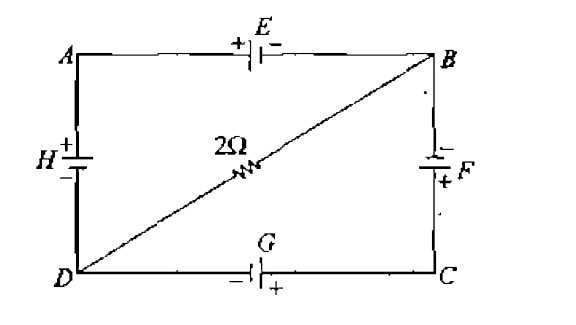 View Solution
View SolutionQuestion 275
Two cells of emfs 1.5 V and 2.0V internal resistance 2Ω and 1Ω respectively have their negative terminals joined by a wire of 6Ω and positive terminals by another wire of 4Ω. A third wire of 8Ω connects the mid points of these two wires. Find the current through 8Ω and the potential difference at the ends of the third wire.View SolutionQuestion 276
A battery of 15 V and negligible internal resistance is connected across the diagonally opposite corners of a cubical network consisting of 12 resistors each of resistance 5Ω 22. Determine the equivalent resistance of the network and the current along each edge of the cube.
 View Solution
View SolutionQuestion 287
When two known resistance R and S are connected in the left and right gaps of a meter bridge, the balance point is found at a distance l1 from the zero end of the meter bridge wire. An unknown resistance X is now connected in parallel to the resistance S and the balance point is found at a distance l2 from the zero end of the meter bridge wire,
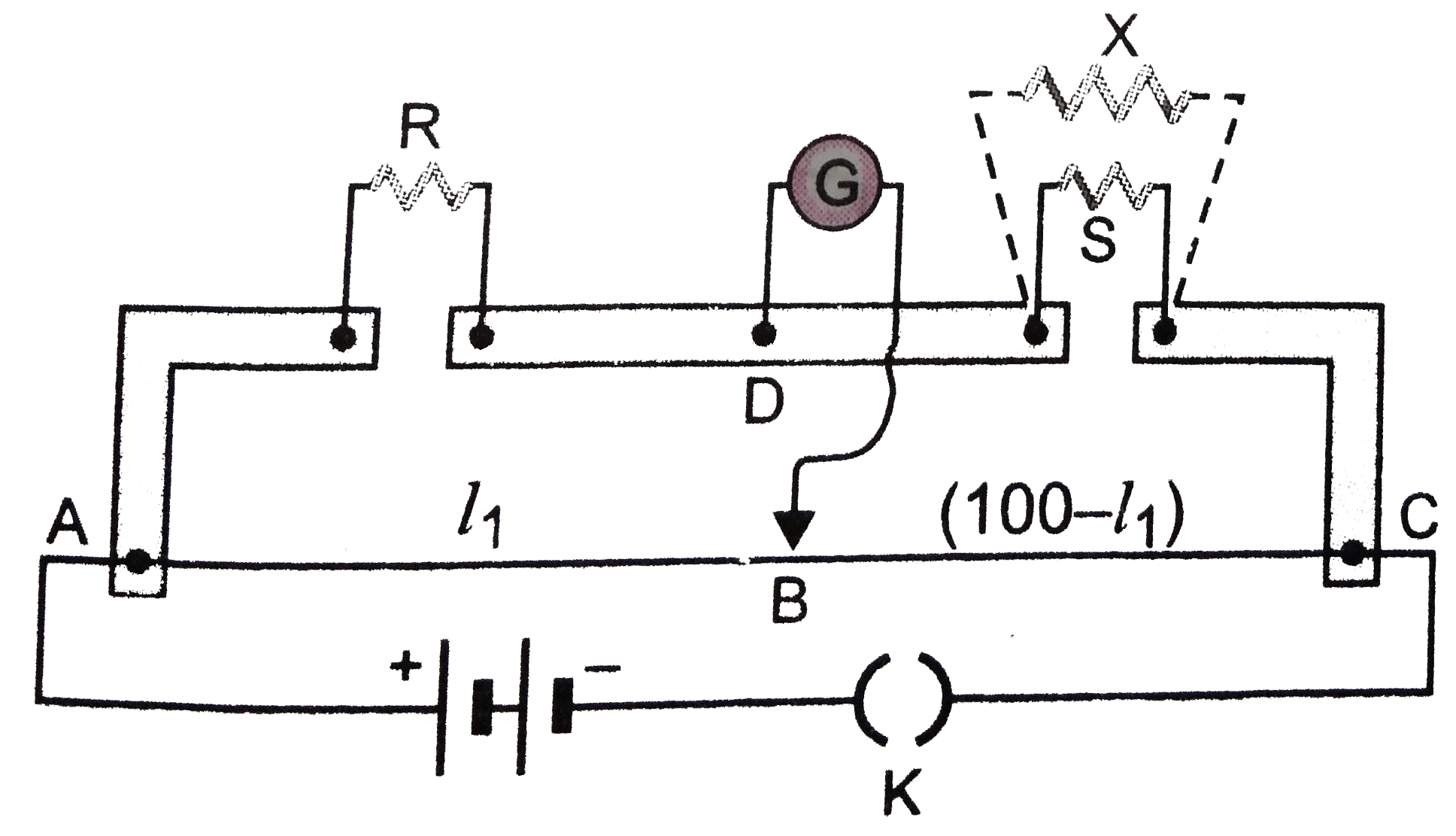
Obtain a formula for X in terms of l1,l2 and S.View SolutionQuestion 291
The figure
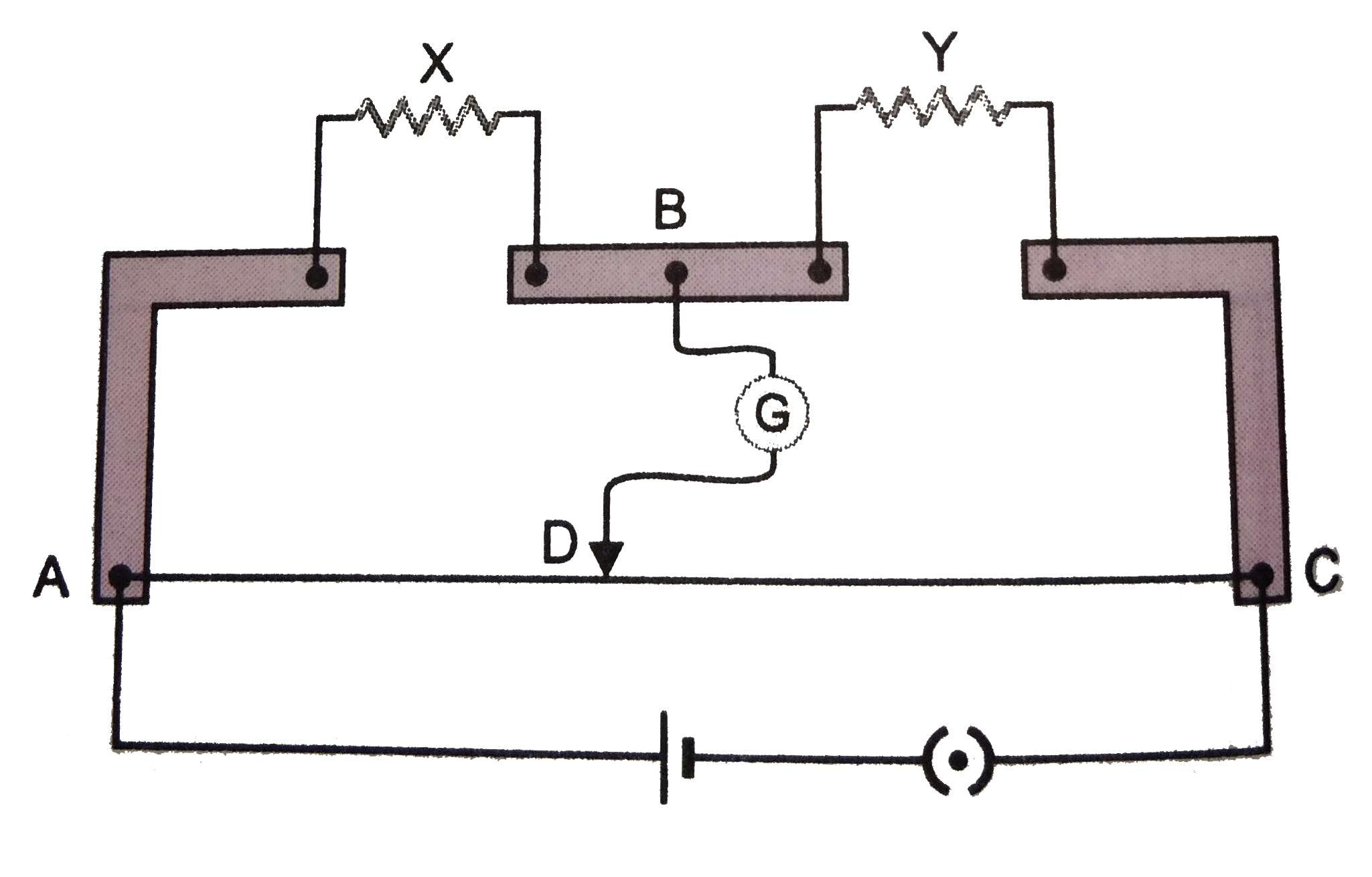
Shows the experimental set up of a meter bridge. The null point is found to be 60 cm away from the end A with X and Y in positions as shown. When a resistance of 15Ω is connected in series with Y, the null points is found to shift by 10 cm towards the end A of the wire. Find the position of the null point if resistance of 30Ω were connected in parallel with Y.View SolutionQuestion 292
Two cells of emfs E1 and (E2(E1>E2) are connected as shows in Fig. 6.45.

When a potentiometer is connected between A and B, the balancing length of the potentiometer wire is 300cm. On connecting the same potentiometer between A and C, the balancing length is 100cm. The ratio E1/E2 is View SolutionQuestion 293
In a potentiometer, a standard cell of emf 5V and of negligible resistance maintains a steady current through the galvanometer wire of length 5m. Two primary cells of emfs ε1andε2 are joined in series with (i) same polarity and (ii) apposite polarity.The combination is connected through it galvanometer and a joined to the potentiometer. The balancing length is the two cases are found to be 350cm and 50 cm respectively
(i) Draw the necessary circuit diagram
(ii) Find the value of emfs of the two cellsView SolutionQuestion 295
In the potentimeter circuit shown in figure, the balance point with R=10Ω when switch S1 is closed and S2 is open is 50 cm, while that when S2 is closed and S1 is open is 60 cm. What is the value of x? What will you do if you fail to find a balance point with the given cell E'?
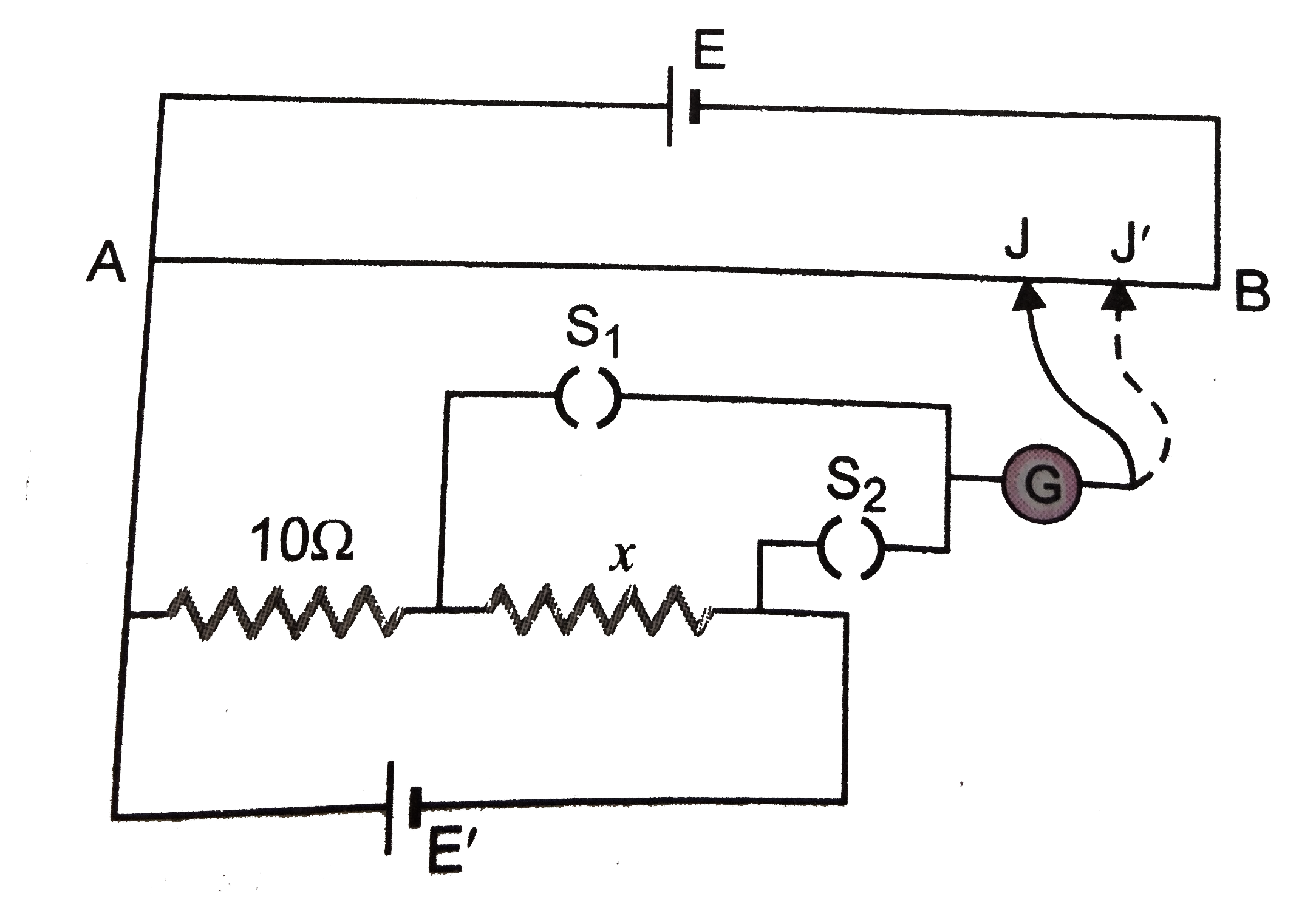 View Solution
View SolutionQuestion 297
A 6 volt battery of negligible internal resistance is connected across a potentiometer wire is AB of length 100 cm and uniform area of cross-section. The posistive terminal of another battery of emf 4 V and internal resistance 1Ω is joined to the point A as shown in figure. If we take potential at B to be zero, (a) What are the potentials at points A and C. (b) At which point D of the potentiometer C? ( C) If the points C and D are connected by a wire, What will be the current through itgt (d) if the 4 V battery is replaced by 7.5 V battery, what would be the answers of parts (a) and (b)?
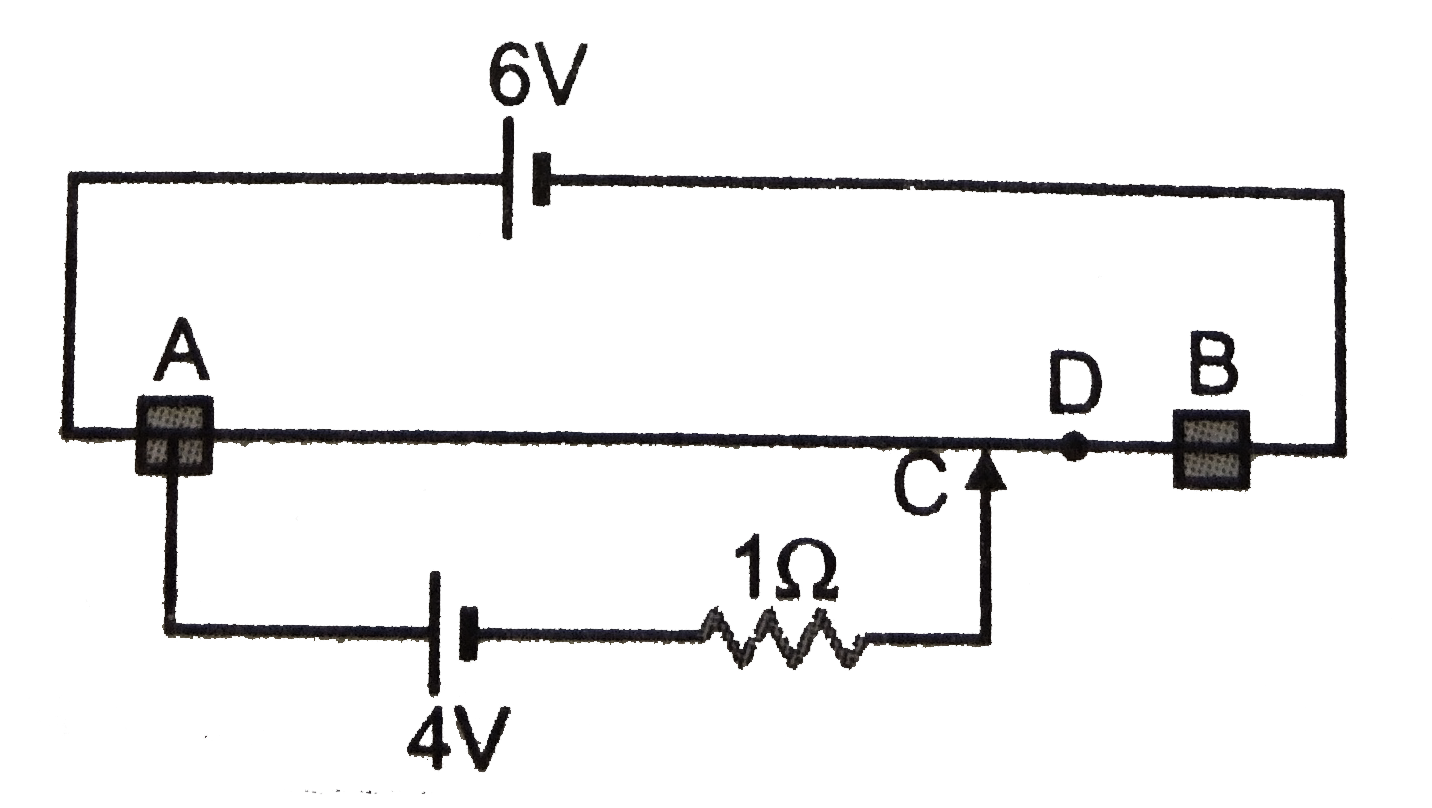 View Solution
View SolutionQuestion 300
In the figure a long uniform potentiometer wire AB is having a constant potential gradient along its length. The null points for the two primary cells of emfs ε1 and ε2 connected in the manner shown are obtained at a distance of 120 cm and 300 cm from the end A. Find (i) ε1/ε2 and (ii) position of null point for the cell ε1.
How is the sensitivity of a potentiometer increased ?
 View Solution
View SolutionQuestion 301
When a resistor of 5Ω is connected across a cell, its terminal potential differnce is balanced by 140 cm of potentiometer wire and when a resistance of 8Ω is connected across the cell, the terminal potential difference is balanced by 160 cm of the potentiometer wire. Find the internal resistance of the cell.View SolutionQuestion 302
A potentiometer wire of length 100cm having a resistance of 10Ω is connected in series with a resistance R and a cell of emf 2V of negligible internal resistance. A source of emf
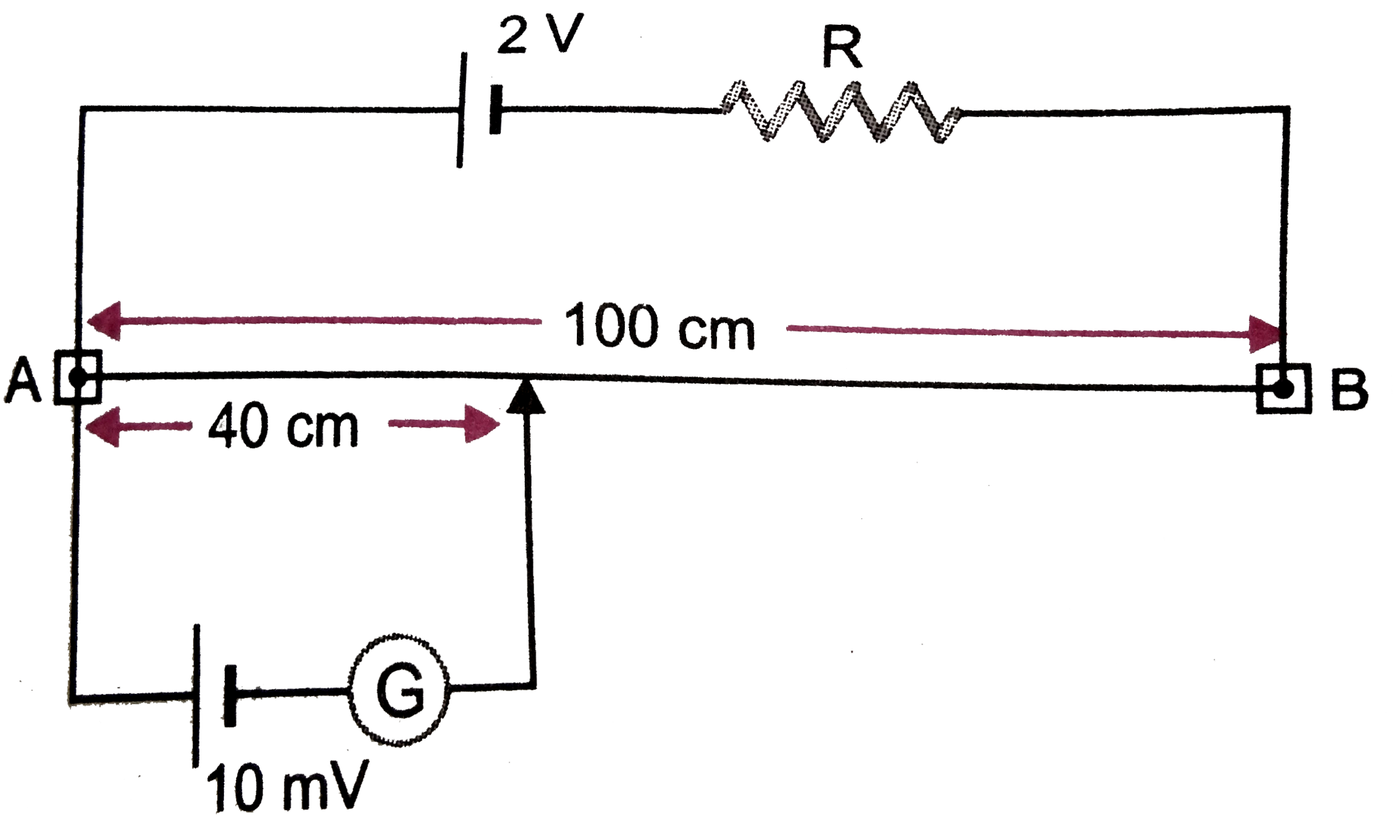
of 10mV is balanced against a length of 40cm of the potentiometer wire. What is the value of resistance R ? View SolutionQuestion 308
In the meter bridge experiment, a student observes a balance point at the point at the point J, where AJ=l. The value of R and X are both doubled and then interchanged. What will be the new position of balance point. If in this set up, the galavanometer and battery are interchange at the balance point position, how will the balance point get affected?
 View Solution
View SolutionQuestion 309
In the given Wheatstone bridge, the current in the resistor 3 R is zero. Find the vlaue of R, if the carbon resistor, connected in one arm of the bridge, has the colour sequence of red, red and orange.

The resistance of BC and CD arms are now interchanged and another carbon resistance is connected in place of R so that the current through the arm BD is agian zero. Write the sequence of colours bands of this carbon resistor. Also find the nature of current through it.View SolutionQuestion 317
A potentiometer wire of length 1 m is connected to a driver cell of emf 3 V. When a cell of emf 1.5V is used in the secondary circuit, the balance points is found to be 60 cm. On replacing this cell with a cell of inknown emf, the balance points shifts to 80 cm.
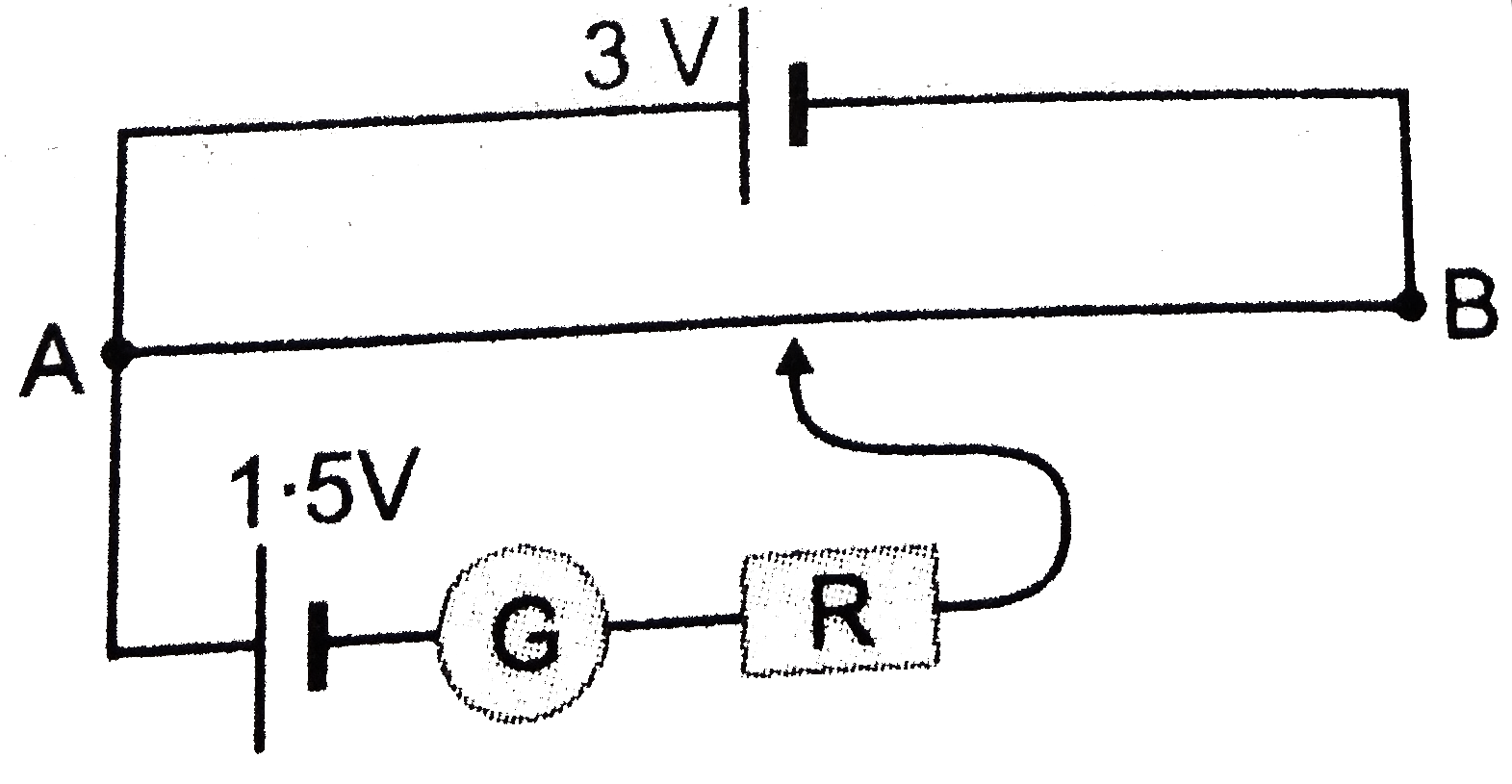
(i) Calculate unknown emf of the cell. (ii) Explain with reason, whether the circuit works, if the drivere cell is replaced with a cell of emf 1 V. (iii) Does the high resistance R, used in the secondary circuit affect the balance point? Justify your answer.View SolutionQuestion 318
The circuit diagram of a potentiometer for determining the emf ε of a cell of negligible internal reistance.
(i) What is the purpose of using high resistance R2? (ii) How does the position of balance point (J) change when the resistance R1 is increased ? (iii) Why cannot the point be obtained, (a) When the emf ε is greater than 2V, and (b) When the key K is closed.
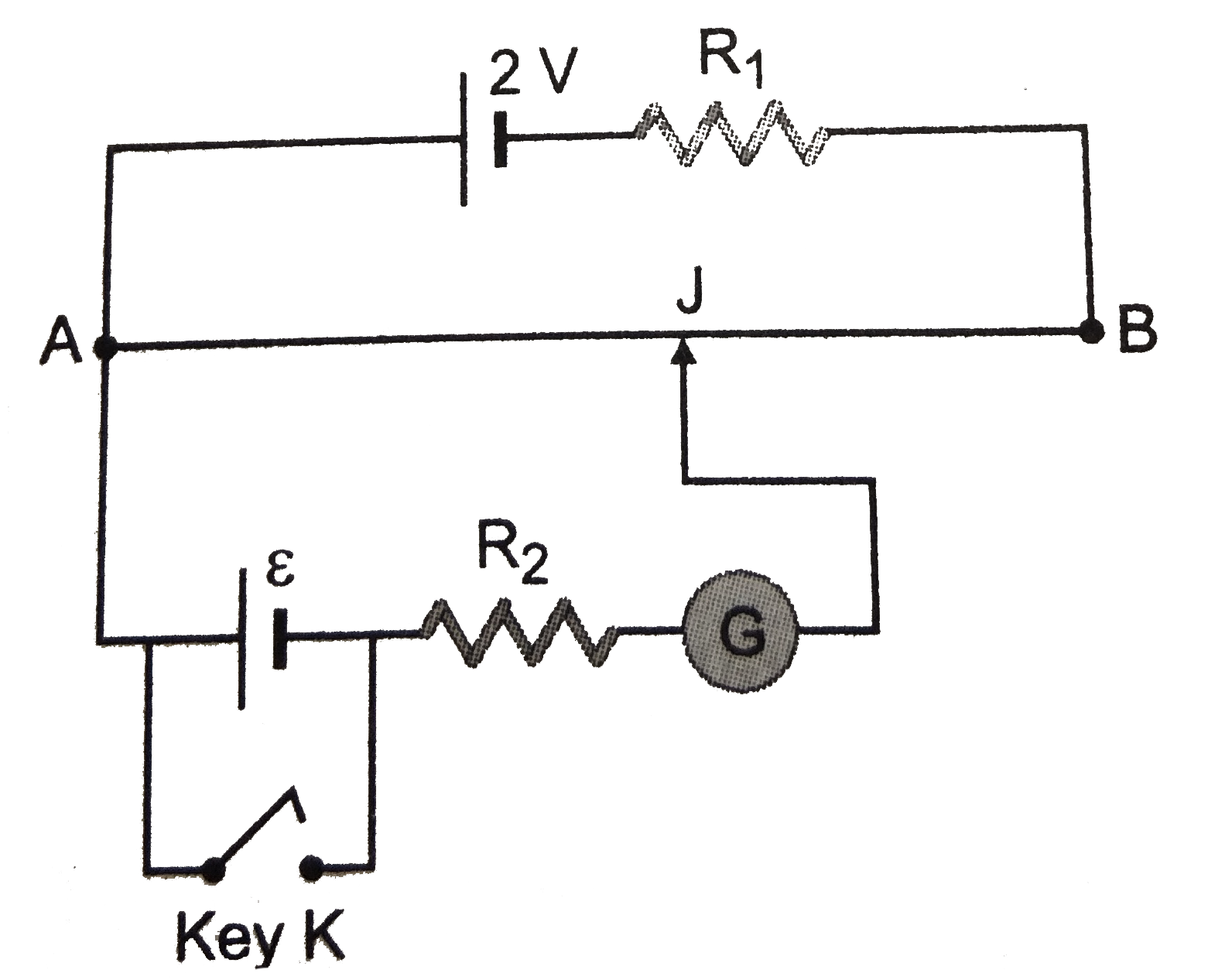 View Solution
View SolutionQuestion 323
(i) In a meter bridge , the balance point is found to be at 30cm from the end A when resistance R in left gap of bridge is of 12Ω. Find resistance S in the right gap of bridge
(ii) If the cell and the galvanometer are interchanged in the balance point, would it effect flow of current through the galvanometer
(iii) Calculate the balance point of the bridge if R and S are interchangedView SolutionQuestion 329
State the working principle of potentiometer. With the help of the circuit diagram, explain how a potentiometer is used to compare the emf's of two primay cells. Obtain the required expression used for comparing the emfs. Write two possible causes for one sided deflection in a potentiometer experiment.View SolutionQuestion 361
Use of potentiometer to measure the internal resistance of a cell.
(i) When the key K is open, how does the balance point change,if the current from the driver cell decreases ? (ii) When the key K is closed, how does the balance point change if R us increased, keeping the current from the driver cell constant ?
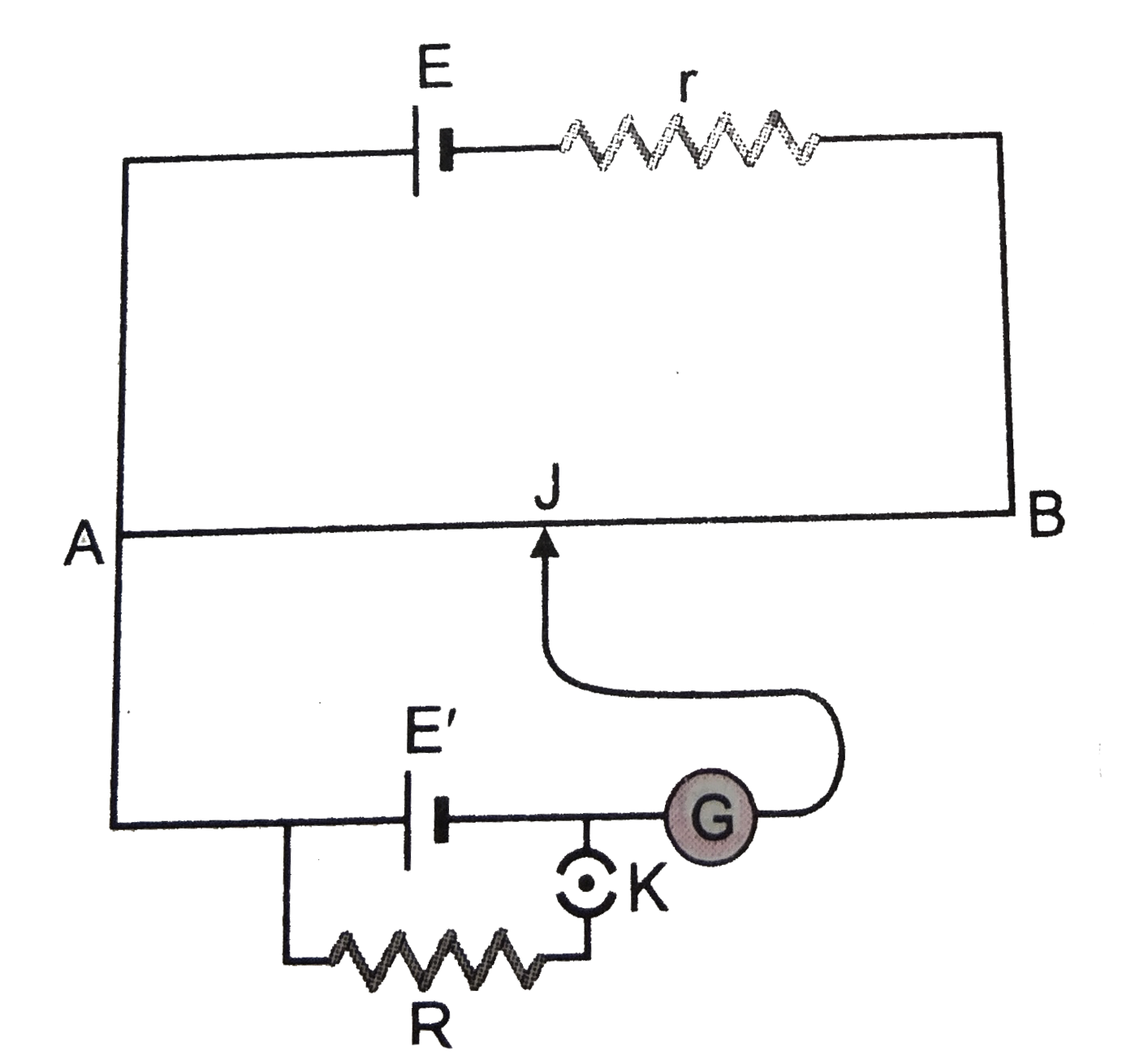 View Solution
View SolutionQuestion 364
The circuit shows in Fig . 6.33 shows the use of potentiometer to measure the internal resistance of a cell.
(a) When the key is open, how does the balance point change, if the driver cell decreases ?
(b) When the key is closed, how does the balance point change, if R is increased, keeping the current from the driver cell constant ?
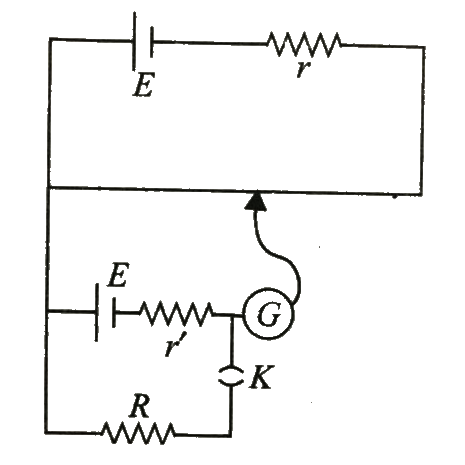 View Solution
View SolutionQuestion 366
A battery ε1 of 4 V and a variable resistance Rh are connected in series with the wire AB of the potentiometer. The length of the wire of the potentiometer of 1 meter. When a cell ε2 of emf 1.5 V is connected between points A and C, no currents flows through ε2 Length AC=60 cm.
(i) Find the potetial difference between the ends A and B of the potentiometer. (ii) Would the method work, if the battery ε1 is replaced by a cell of emf of 1 V ?
 View Solution
View SolutionQuestion 378
State the working principle of potentiometer. With the help of the circuit diagram, explain how a potentiometer is used to compare the emf's of two primay cells. Obtain the required expression used for comparing the emfs. Write two possible causes for one sided deflection in a potentiometer experiment.View SolutionQuestion 380
(a) Obtain the condition under which the current flowing in the current detecing device used in the circuit shown in figure, becomes zero.
(b) Describe briefly the device, based on the above condition. Draw a circuit diagram for this device and discuss, in brief, how it is used for finding as unknown resistance.
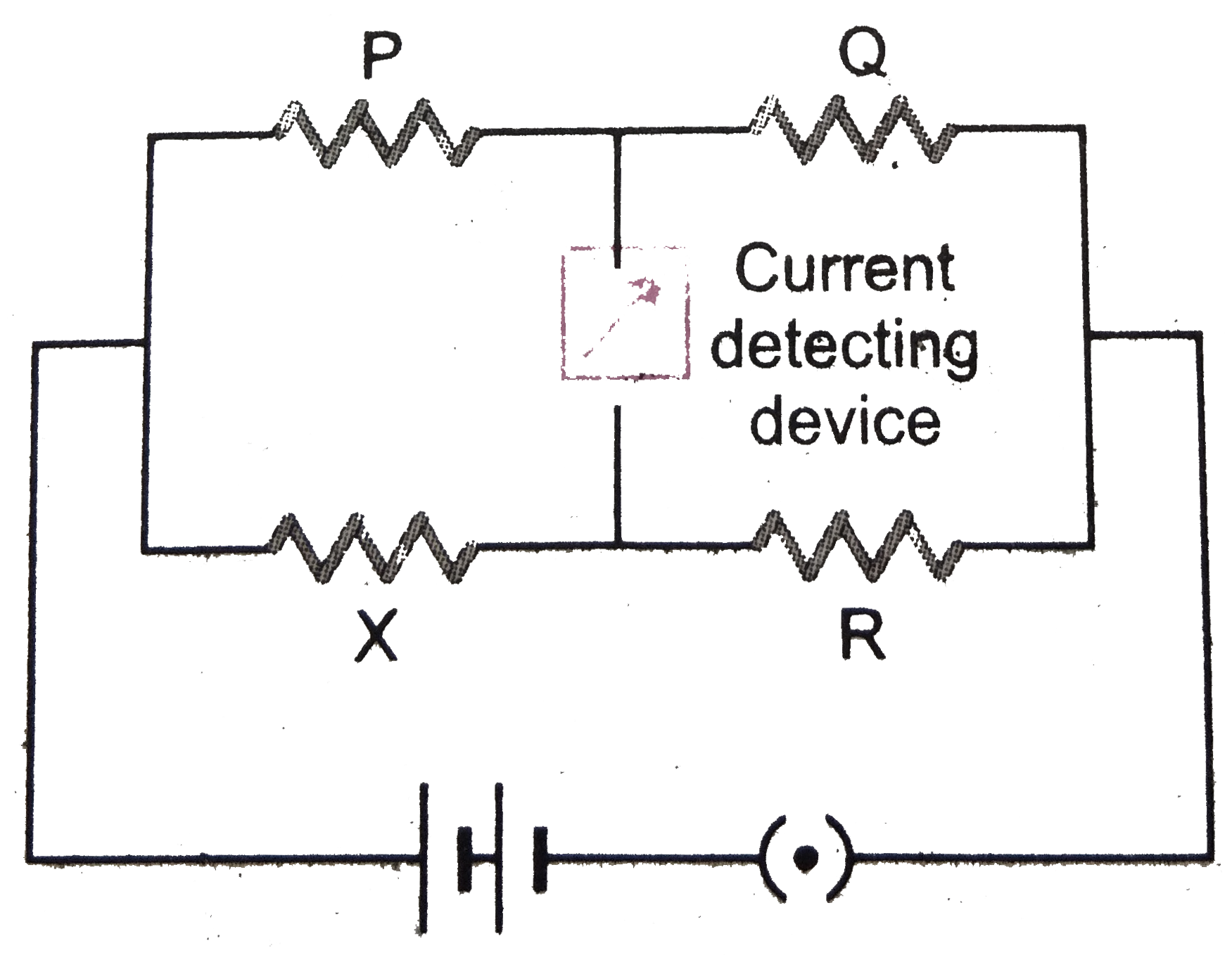 View Solution
View SolutionQuestion 384
A 1kW heater is meant to operate at 200V.
(a) What is the resistance?
(b) How much power will it consume if the line voltage drops to 100V?
( c ) How many units of electrical energy will it consume in a month (of30days) if it operates 10hdaily at the specified voltage (200V)? View SolutionQuestion 400
Two uniform wires of same material , each weighing 1g but one having double the length of the other, are connected in series , carrying a current of 10A. The length of the longer wire is 20cm. Calculate the rate of consumption of energy in each of the two wires. which wire gets hotter ? The resistivity of the material of the wire is 20×10−5Ωcm. (Density of material =11 units )View SolutionQuestion 401
A heater is designed to operate with a power of 1000 walts in a 100 volt line. It is connected in a combinations with a resistance of 10 ohms and a resistance R to a 100 volts mains as shown in figure. What should be the value of R so that the heater operates with a power of 62.5 watts.
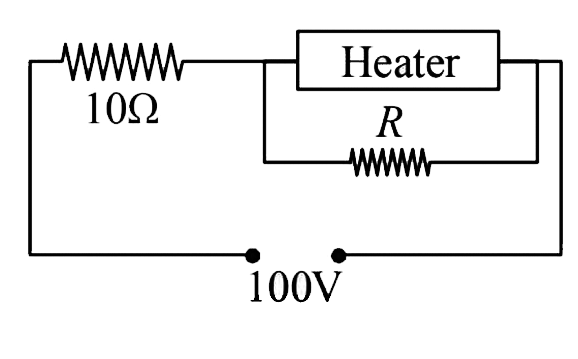 . View Solution
. View SolutionQuestion 403
A copper electrical kettle weighing 1 kg contians 0.5 kg of water at 20∘C. It takes 10 minutes to raise the temperature to 100∘C. If the electric energy is supplied at 220V, calculate the strength of the current,assuming that 20% heat is washed. Specific heat of copper is 0.1.View SolutionQuestion 406
The following graph shows the variation of terminal potential difference V, across a combination of three cells in series to a resistor versus the current I :
(i) Calculate the emf of each cell. (ii) For what current I, will the power dissipation of the circuit be maximum ?
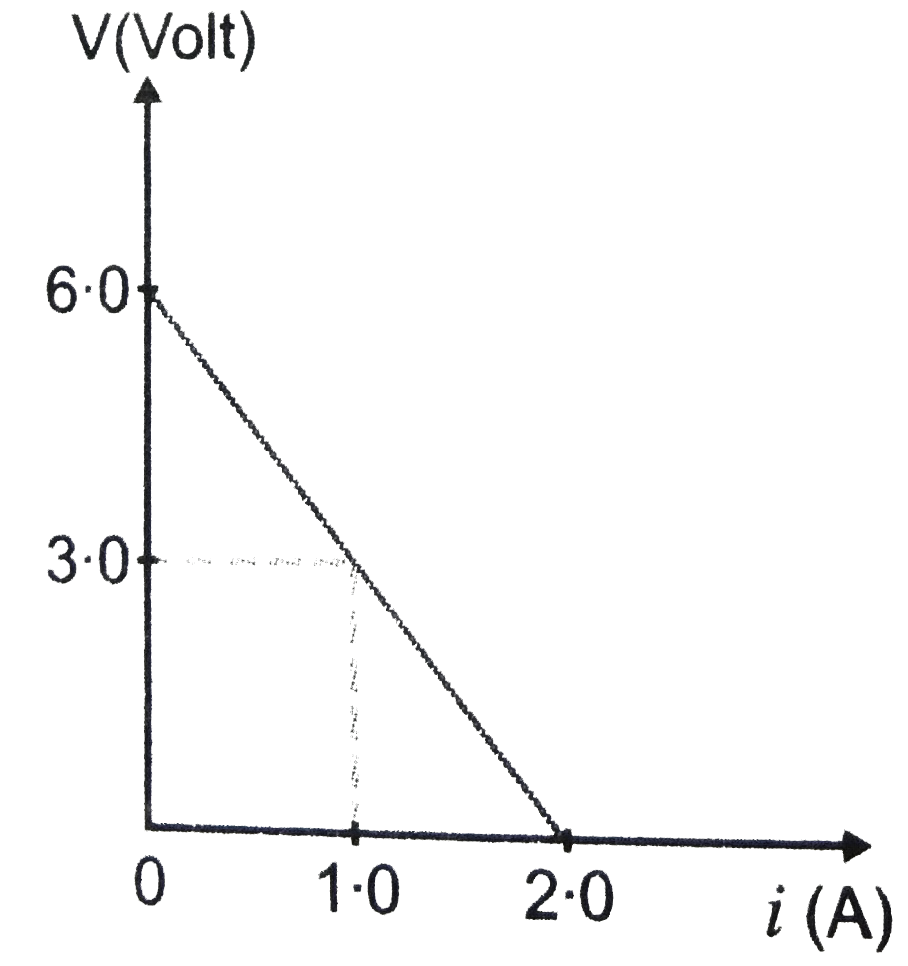 View Solution
View SolutionQuestion 414
The maximum power rating of a 20Ω resistor is 2.0 kW. [That is, this is the maximum power the resistor can dissipate (as heat) without melting or changing in some other undersirable way]. Would you connect this resistor directly across a 300 V d.c. source of negligible internal resistance ? Explain your answer.View SolutionQuestion 415
A nichrome heating element across 230 V supply cosumes 1.5 kW power and heats upto a temperature of 750∘C. A tungsten bulb across the same supply operates at a much higher temperature of 1600∘C in order to be able to emit light. Does it mean that tungsten bulb necessarily cosumes greater power ?View SolutionQuestion 427
Two tungsten lamps with resistances R1andR2, respectively , are connected first in parallel and then in series in a lighting circuit of negligible internal resistance. Given R1>R2.
(a) Which lamp will glow more brightly when they are connected in parallel ?
(b) If the lamps of resistance R1 now burns out, how will the net illumination produced change ?
(c ) Which lamp will glow more brightly when they are connected in series ?
(d) If the lamp of resistance R2 now burns out and lamp R1 alone is plugged in , will the net illumination increase or decrease ? View SolutionQuestion 472
A boy has two wires of iron and copper of equal length and diameter. He first joins the two wires in series and passes electric current through this combination which increases gradually with tiem. After that he joins them in parallel and repeat the process of passing the current in this arrangement also. Which wire will glow first in each case and why ?View SolutionQuestion 477
Assertion : Two electric bulbs of 50 and 100W are given. When connected in series 50W bulb glows more but When connected parallel 100W bulb glows more .
Reason : In series combination, power is direclty proportional to the resistance of circuit. But in parallel combination, power is inversely proportional to the resistance of the circuit.View SolutionQuestion 488
The area of cross-section, length and density of a piece of a metal of atomic weight 60 are 10−6m2, 1.0m and 5×103kg/m3 respectively,every atom contributes one free electron. (Given Avogadro number =6×1023/mol). Find the drift velocity of electrons in the metal when the current of 16A passes through:View SolutionQuestion 490
A long cylindrical conductor of cross-sectional area A and radius a is made of material whose resistivity depends only on a distance r from the axis of conductor, given by ρ=cr2, where c is a constant. Find the resistance per unit length of the conductor and the electric field strength due to which a current I flows in it.View SolutionQuestion 491
A cylindrical wire if radius R = 2 mm is of uniform area of cross-section. The current density through a cross-section varies with radial distance r as J=ar2, where a=3.2×1011A/m2 and r is in metres. What is the current through the outer portion of the wire between radial distances R/2 and R?View SolutionQuestion 492
Two wires of different materials P and Q have resistance per unit lengths 50Ωkm−1 and 25Ωkm−1 and temperature coefficients of resistance, 0.0025∘C−1 and 0.00075∘C−1 respectively. If it is desired to make a coil having 700Ω resistance and a temperature coefficient of resistance 0.001∘C−1 by using suitable length of two wires in series. Calculate their respective length.View SolutionQuestion 494
A steady beam of α-particles travelling with kinetic energy E=83.5keV carries a current of I=0.2μA. Mass of α-particle =6.68×10−27kg.
(i) If this beam strikes a plane surface at an angle θ=60∘ with normal to the surface, how many α -particles strike the surface in t=4 second?View SolutionQuestion 495
Velocity of the river with respect to ground is given by v0. Width of the river is d. A swimmer swims (with respect to water) perpendicular to the current with acceleration a=2t (where t is time) starting from rest from the origin O at t=0. The equation of trajectory of the path followed by the swimmer is
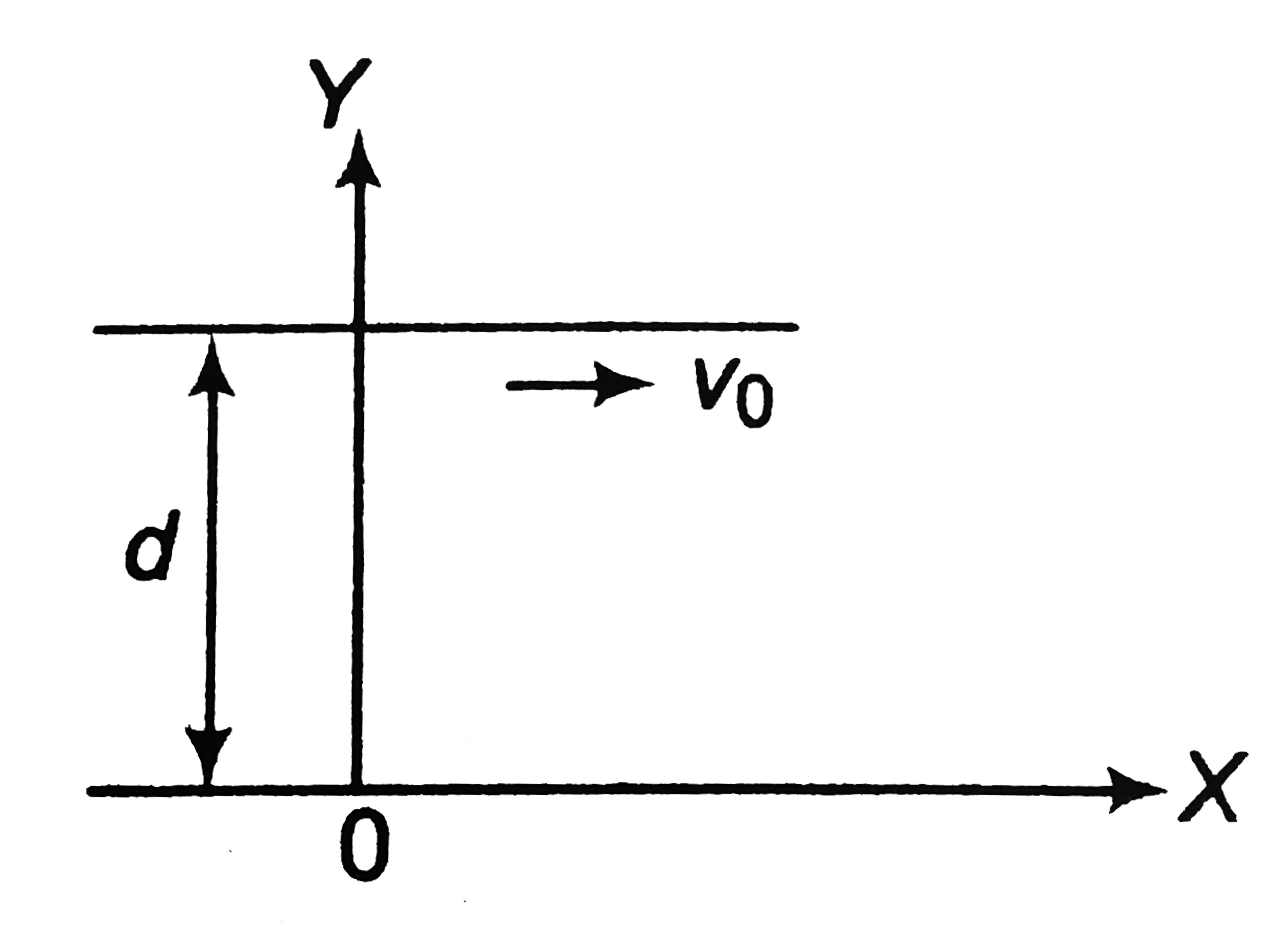 View Solution
View SolutionQuestion 502
A series-parallel combination battery consists of 300 identical cells, each with an internal resistance 0.3Ω. It is connected to the external resistance 10Ω. Find the number of parallel goups cosisting of equal number of cells connected in series, at which the external resistance generated the higher thermal power.View SolutionQuestion 504
The walls of a closed cubical box of edge40cm are made of a material of thickness 1mm and thermal conductivity 4×10−4cals−1∘C−1. The interior of the box is maintained at 100∘C above the outside temperature by a heater placed inside the box and connected across 400Vdc . Calculate the resistance of the heater. View SolutionQuestion 511
(a) Three resistors 2Ω,4Ωand5Ω are combined in series. What is the total resistance of the combination ?
(b) If the combination is connected to a battery of emf 20 V and negligible internal resistance, determine the current through each resistor, and the total current drawn from the battery.View SolutionQuestion 515
A heating element using nichrome connected to a 230 V supply draws a initial current of 3.2 A which settles after a few seconds to a steady value of 2.8 A. What is the steady temperature of the heating elemtn if the room temperature is 27.0∘C? Temperature coefficient of resistance of nichrome of nichrome averaged over the temperature range involved is 70×10−4C−1View SolutionQuestion 517
(i) In a meter bridge , the balance point is found to be at 30cm from the end A when resistance R in left gap of bridge is of 12Ω. Find resistance S in the right gap of bridge
(ii) If the cell and the galvanometer are interchanged in the balance point, would it effect flow of current through the galvanometer
(iii) Calculate the balance point of the bridge if R and S are interchangedView SolutionQuestion 518
(i) A storage battery of emf 8V, internal resistance 1Ω is being charged by a 120V d.c. source using a 15Ω resistor in series in the circuit. Calculate the current in the circuit (ii) terminal voltage across the battery during charging and (ii) chemical energy stored in the battery in 5 minutes. View SolutionQuestion 521
The earth's surface has a negative surface charge density of 10−9Cm−2 . The potential difference of 400 kV between the top of the atmosphere and the surface results (due to low conductivity of the lower atmosphere) in a current of only 1800 A over the entire globe. If there were no mechanism of sustaining atmosphereic electric field , how much time (roughly) would be required to neutralise the earth's surface ? (This never happens in practice because there is a mechanism to replenish electric charges namely the continual thunder storms and lightning in different parts of the globe). Radius of the earth =6.37×106m.View SolutionQuestion 522
(a) Six lead-acid type of secondary cells each of emf 2−0 V and internal resistance 0−015Ω are jouned in series to provide a supply to a resistance of 8−5Ω. What are the current drawn from the supply and its terminal voltage ?
(b) A secondary cells after long use has an emf of 1−9 V and a large internal resistance of 380Ω. What maximum current can be drawn from the cell ? Could the cell drive the starting motor of a car ?View SolutionQuestion 523
Two wires of equal length, one of aluminium and the other of copper have the same resistance. Which of the two wires is lighter ? Hence explain why aluminium wires are perferred for overhead power cables. Given For AI.p1=2.63×10−8Ωm, For Cu,p2=1.72×10−8Ωm. Relative density of AI=2.7 of Cu=8.9. View SolutionQuestion 524
Answer the following questions : (a) A steady current flows in a metallic conductor of non-uniform cross-section. Explain which of these quantities is constant along the conductor : current, current density, electric field and drift speed ?
(b) Is Ohm's law universally applicable for all conducting elements ? If not, give examples of elements which do not obey Ohm's law.
(c) A low voltage supply from which one needs high currents must have low internal resistance, why ?
(d) A high tension (HT) supply of say 6kV must have a very large internal resistance. why ? View SolutionQuestion 525
Choose the correct alternatives :
(a) Alloys of metals usually have (greater/less) resistivity than that of their constituent metals.
(b) Alloys usually have much (lower/higher) temperature coefficients of resistance than pure metals.
(c ) The resistivity of the alloy manganin in (nearly independent of/ increase rapidly ) with increase of temperature.
(d) The resistivity of a typical insulator (e.g. amber) is greater than that of a metal by a factor of the order of (1022or103). View SolutionQuestion 526
(a) Given n resistors each of resistance R. How will you combine them to get the (i) maximum (ii) minimum effective resistance ? What is the ratio of the maximum to minimum resistance ?
(b) Given the resistances of 1Ω,2Ω,3Ω, how will you combine them to get an equivalent resistance of (i) (11/3)Ω (ii) (11/5)Ω (iii) 6Ω (iv) (6/11)Ω ?
(c) Determine the equivalent resistance of networks shown in Figure.
 View Solution
View SolutionQuestion 528
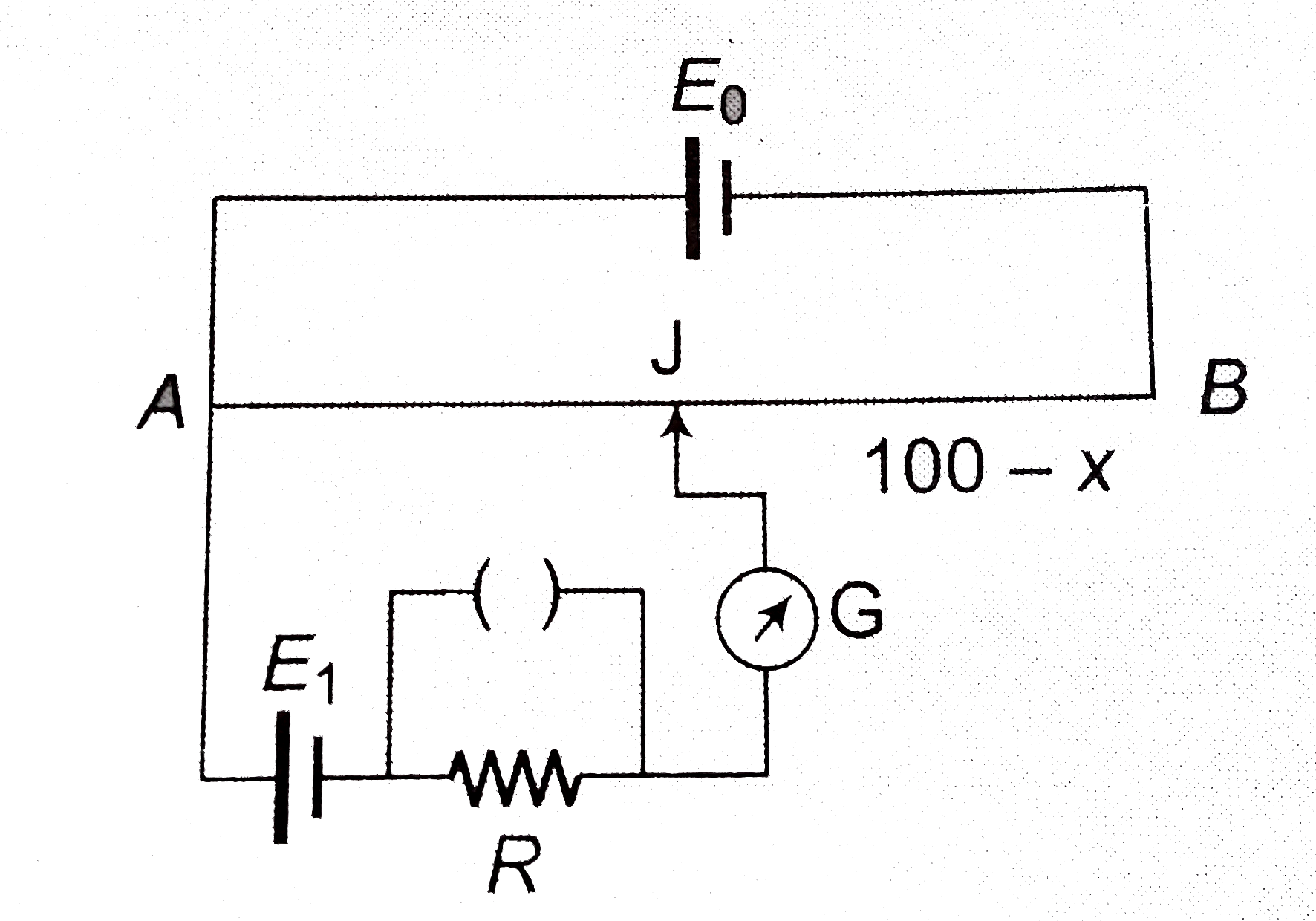
The figure shows a potentiometer using a cell E of emf 2.0V and internal resistance 0.40Ω connected to a resistor wire AB. A standard cell of constant emf of 1.02V gives a balance point a t 67.3cm length of the wire. A very high resistance R=100kΩ is put in with the standard cell. This resistance is shorted by inserting switch S when close to the balance point. The standard cell is then replaced by a cell of unknown emf E and the null point turns out to be 82.3cm length of the wire.
(a) What is the value of E ?
(b) What is the purpose of using the high resistance R ?
( c) Is the null point affected by this high resistance ?
(d) Is the null point affected by the internal resistance of the cell E ?
( e) Would this method work if
(i) the internal resistance of cell E were higher than the resistance of wire AB and
(ii) the emf of cell E were 1.0V instead of 2.0V ?View SolutionQuestion 529
Figure 6.12 shows a potentiometer circular for comparison of two resistances. The balance point with a standard resistor R=10.0Omeag is found to be 58.3cm, while that with the unknows resistance X is 68.5cm. Determine the value of X. What would you do if you fail to find a balance point with the given cell E?
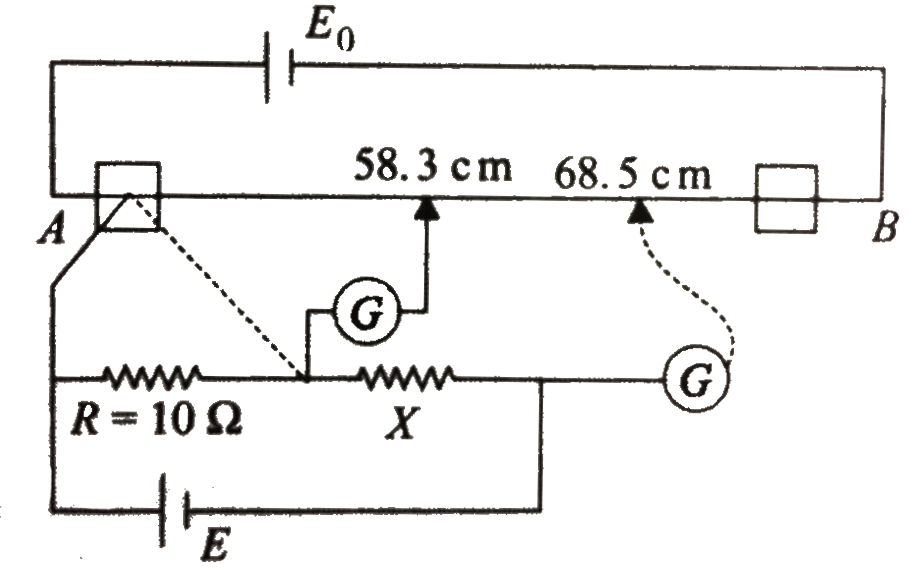 View Solution
View SolutionQuestion 530
Figure 6.13 shows a 2.0V potentiometer used for the determination of internal resistance of a 1.5V cell. The balance point of the cell in open circuit is 76.3cm. Whan a resistor of 9.5Ω is used in the external circuit of the cell, the balance point shifts to 64.8cm, length of the potentiometer. Dentermine the internal resistance of the cell.
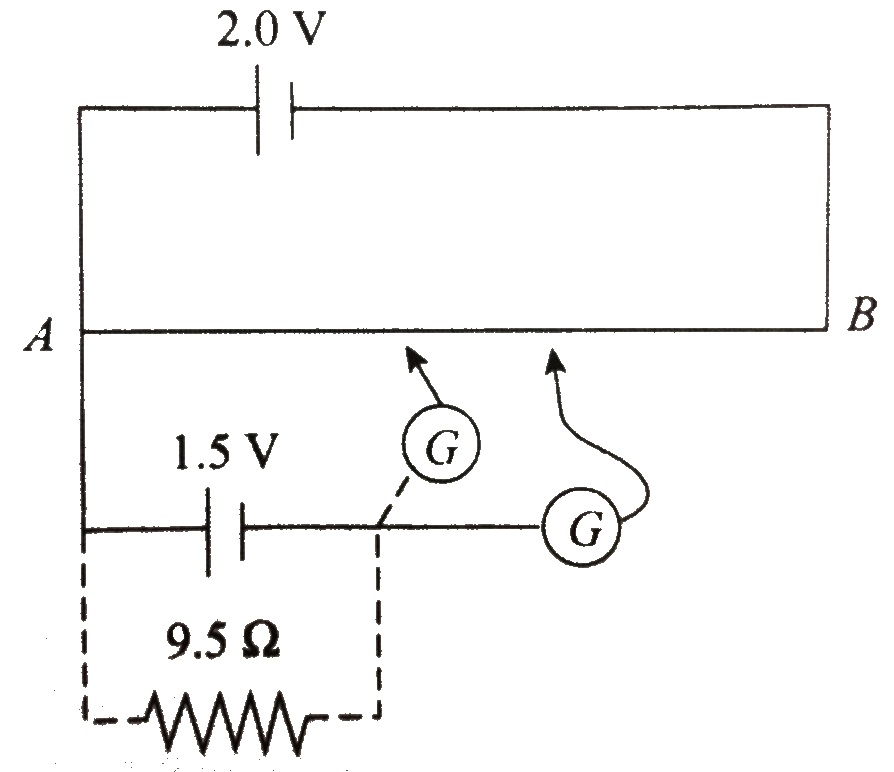 View Solution
View SolutionQuestion 540
A set of 'n' equal resistor, of value of 'R' each are connected in series to a battery of emf 'E' and internal resistance 'R'. The current drawn is I. Now, the 'n' resistors are connected in parallel to the same battery. Then the current drawn from battery becomes 10.1. The value of 'n' is View SolutionQuestion 547
A room AC run for 5 hour at a voltage of 220V The wiring of the room constant of Cu of 1mm radius and a length of 10m consumption per day is 10 commerclal unit What fraction of it goes in the joule heated in wire? What would happen if the wiring is made of aluminum of the same distances? [ρcu=1.7×10−8Ω,ρA1=2.7×10−8Ωm]View SolutionQuestion 548
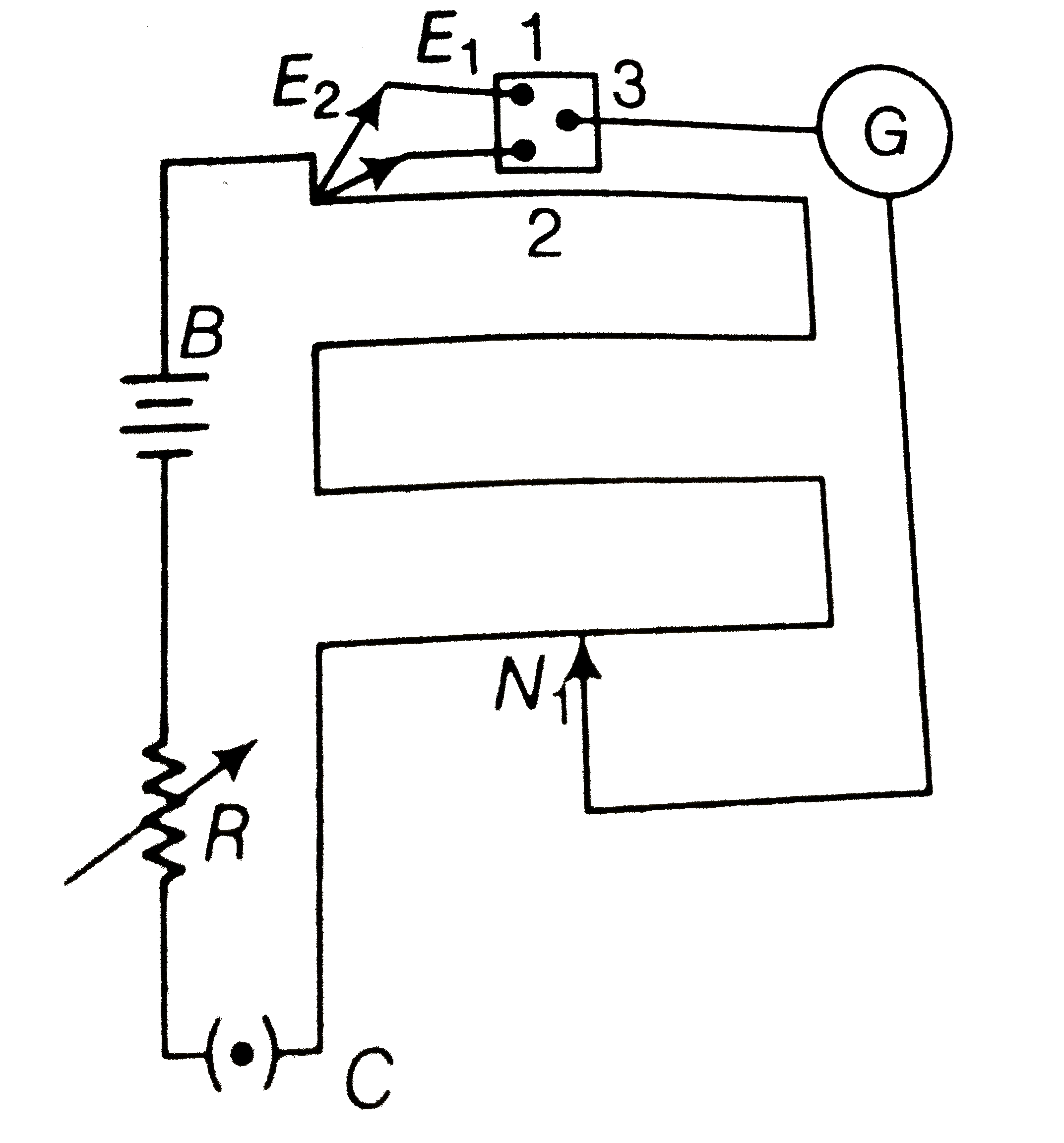
In an experiment with a potentiometer, VB=10V. R is adjusted to the 50Ω (figure). A student wanting to measure voltage E1 to a battery (approx. 8V) finds no null point possible. He then diminishes R to 10Ω and is able to locate the null point ont he last (4th) segment of the potentiometer. find the resistance of the potentiometer wire and potential drop per unit length across the wire in the second case.View SolutionQuestion 550
At the temperature 0∘C the electron of conductor B is n times that of condoctor A temperaturte coefficient of resistance are equal to α2andα1 respectively find the resistance and A temperaturte coefficient of resistance of a segment of these two condustore when they are conected in series View SolutionQuestion 555
A few straings cells in series are to be charge from a 30V d.c. supply The end of each cutt is 1.35V and internal resistance is 0.1Ω The charging current is 3.0A in this arrangement how many calls can be charge and what extra resistance is required be the connected in the circuit ?View SolutionQuestion 566
When resistres of resistyences R1R2andR3 are connected in series , then the resistanceR1 is given by R1=R1+R2+R3
In this arrengement the current through each resister is same hut potential difference across then is difference
When resitorce of resistance R1R2andR3 are connected in particle the effective resistance Rp is given by 1Rp=1R1+1R2+1R3
In this arrangement , the potential difference across each resistance is but current through then is difference
Read the above passage and answer the following question :
(i) Why does the effective resistance increase in series ?
(ii) Why does the effective resistance decrease in parallel ?
(iii) What basic value are displayed by the above study ?View SolutionQuestion 567
It is desired to supply a current of 2A through a resistance of 10Ω As many as 20calls are pravided each of e.m.f.2V and resistance 0.5Ω Two friends Rajeev and sanjeev try their hand on the problem Rajeev success but sanjeev falls
Read the above passage and answer the following question:
(i) Justify the set tip up of Rajeev?
(ii) What neight have gone with sanjeev when he gets be gets 1.4A current in the external load?
(iii) What are the basic value shown by Rajeev and sanjeev in their work ? View SolutionQuestion 568
Sarita a house wife had been using in his house an inverter and a lead acit battery set for the last two year ,soddenly she felt problem of low voltage and less back up from inverter instead of calling an electrician , she tried to set it right .On checking notes that the level of electrolyte was less than required in the battery to ralse the electroles to required level After doing on she notes that above that battery was permanely damamged
(i) What wrong was done by sarita ?
(ii) What was the right way for sarita to gas rid of the problem ?
(iii) What do you learn from the above study?View Solution
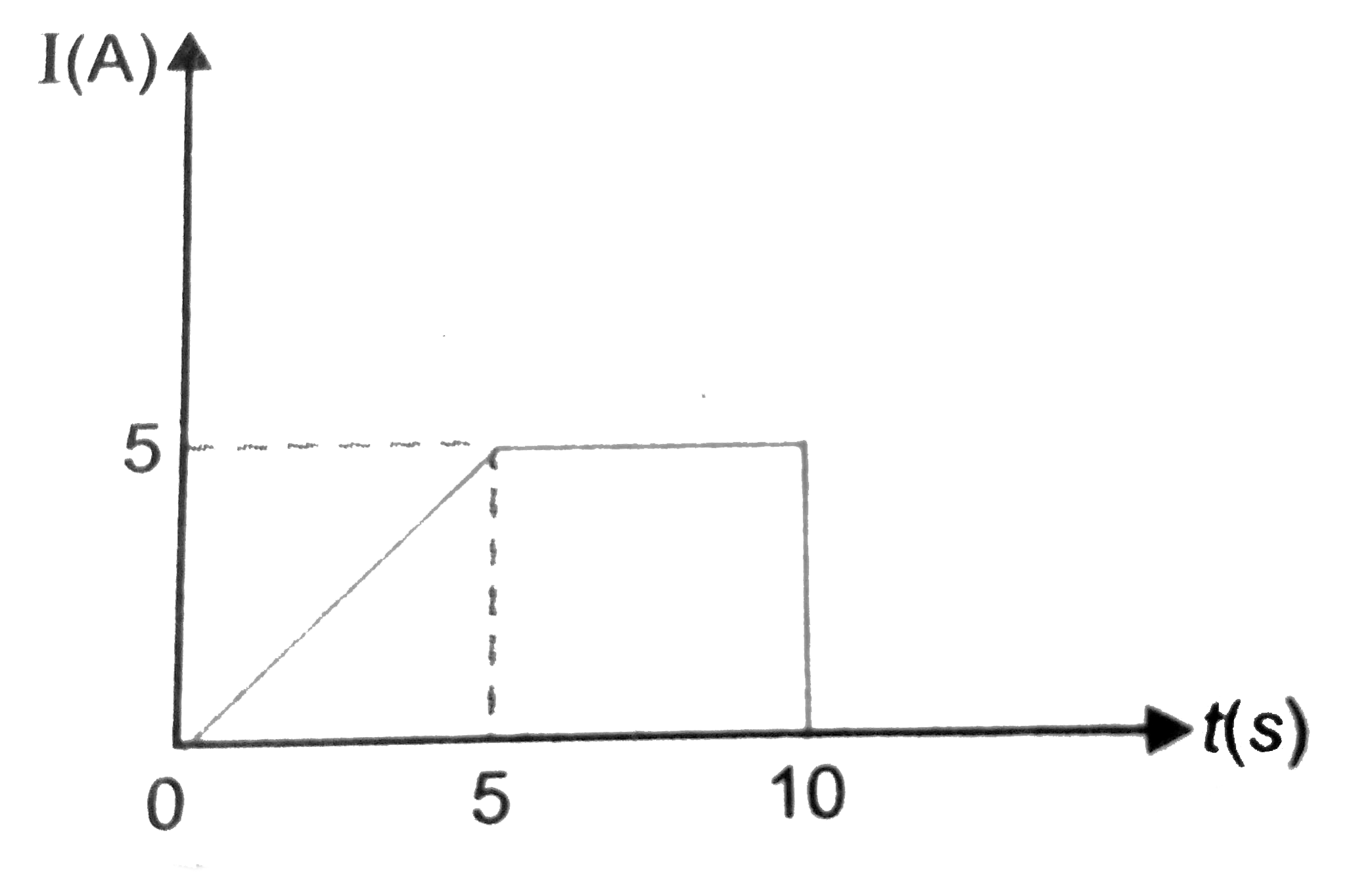 shows a plot of current
shows a plot of current 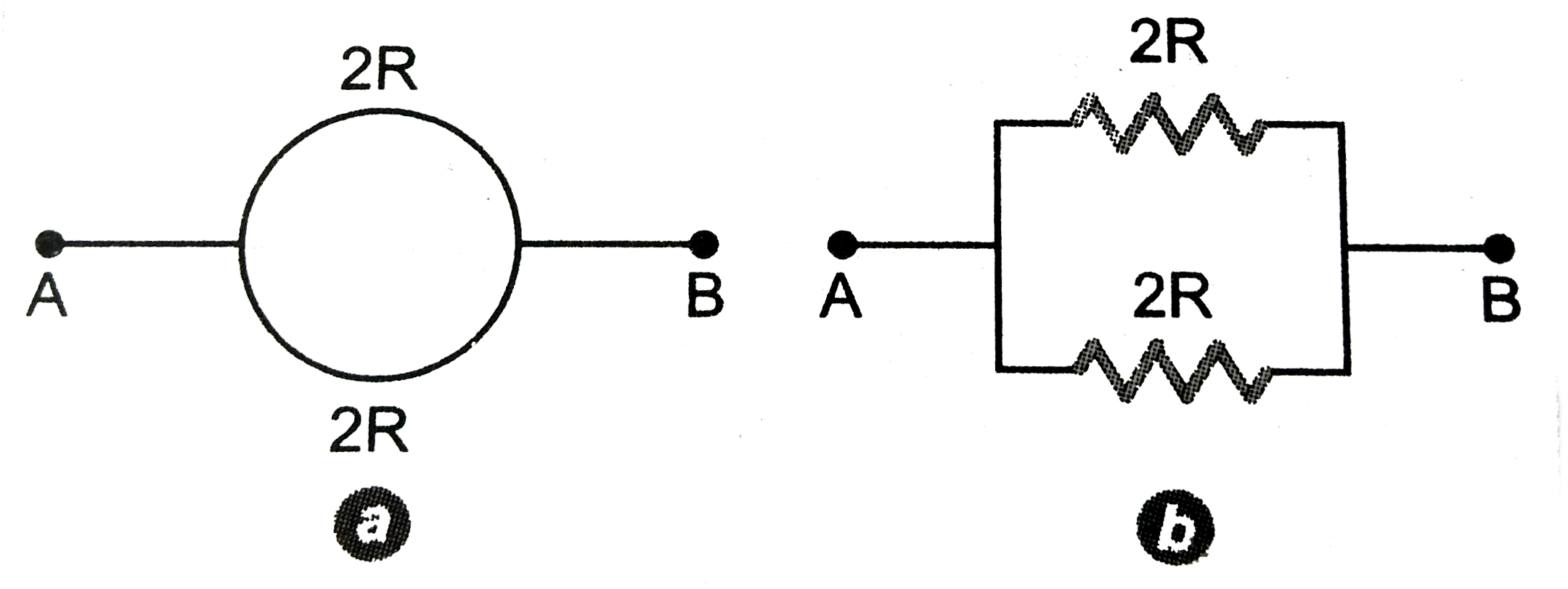
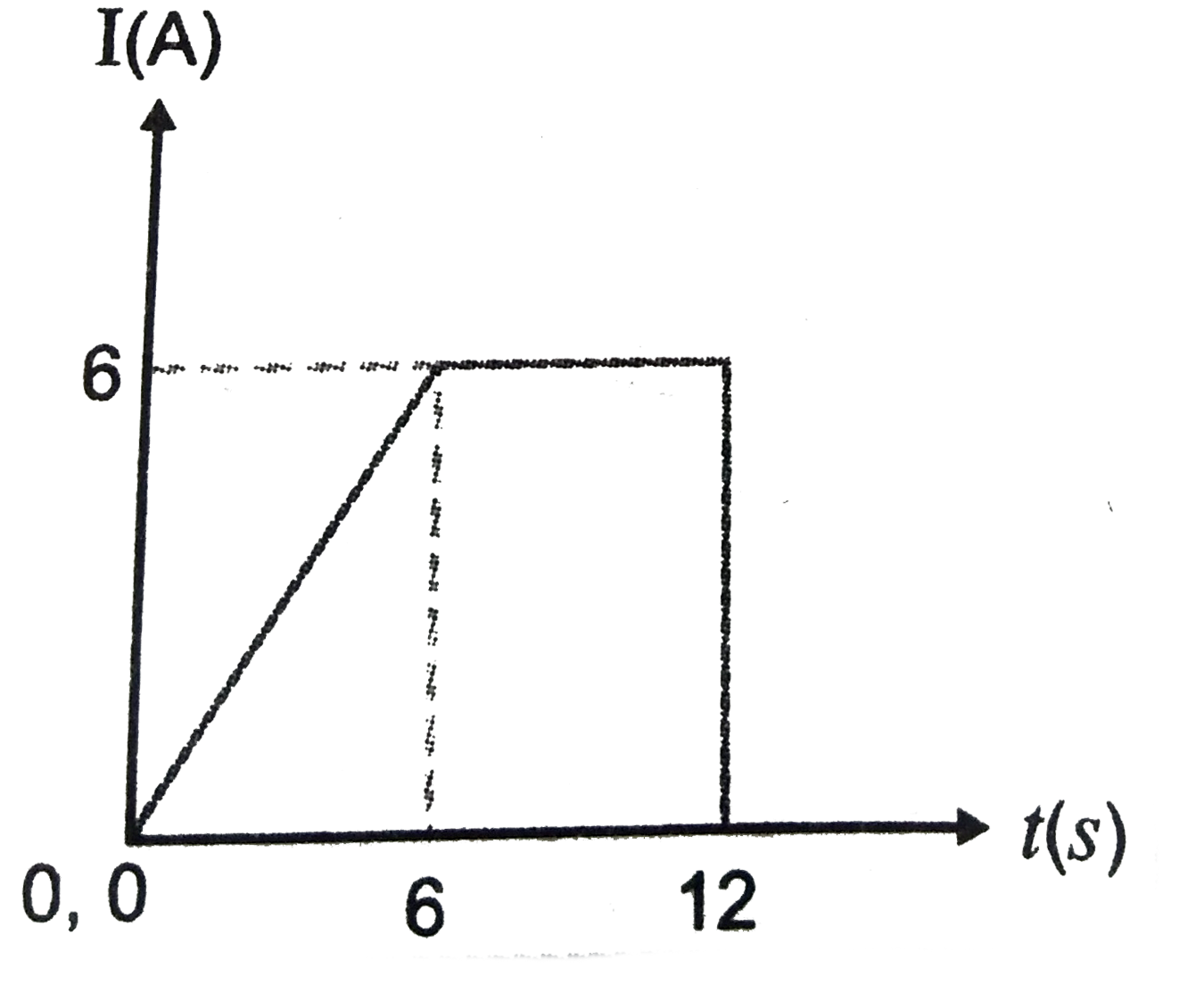
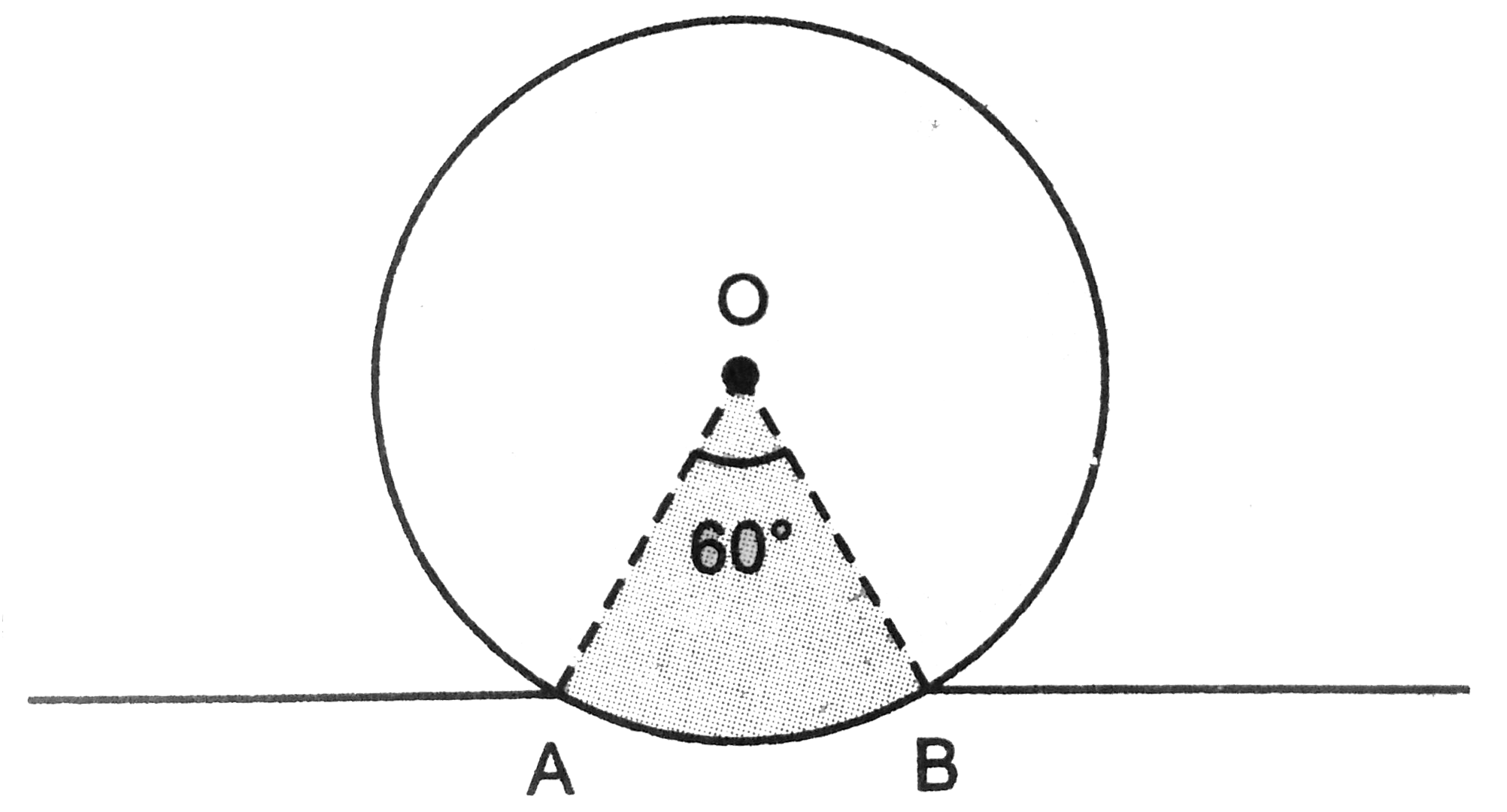 .
. 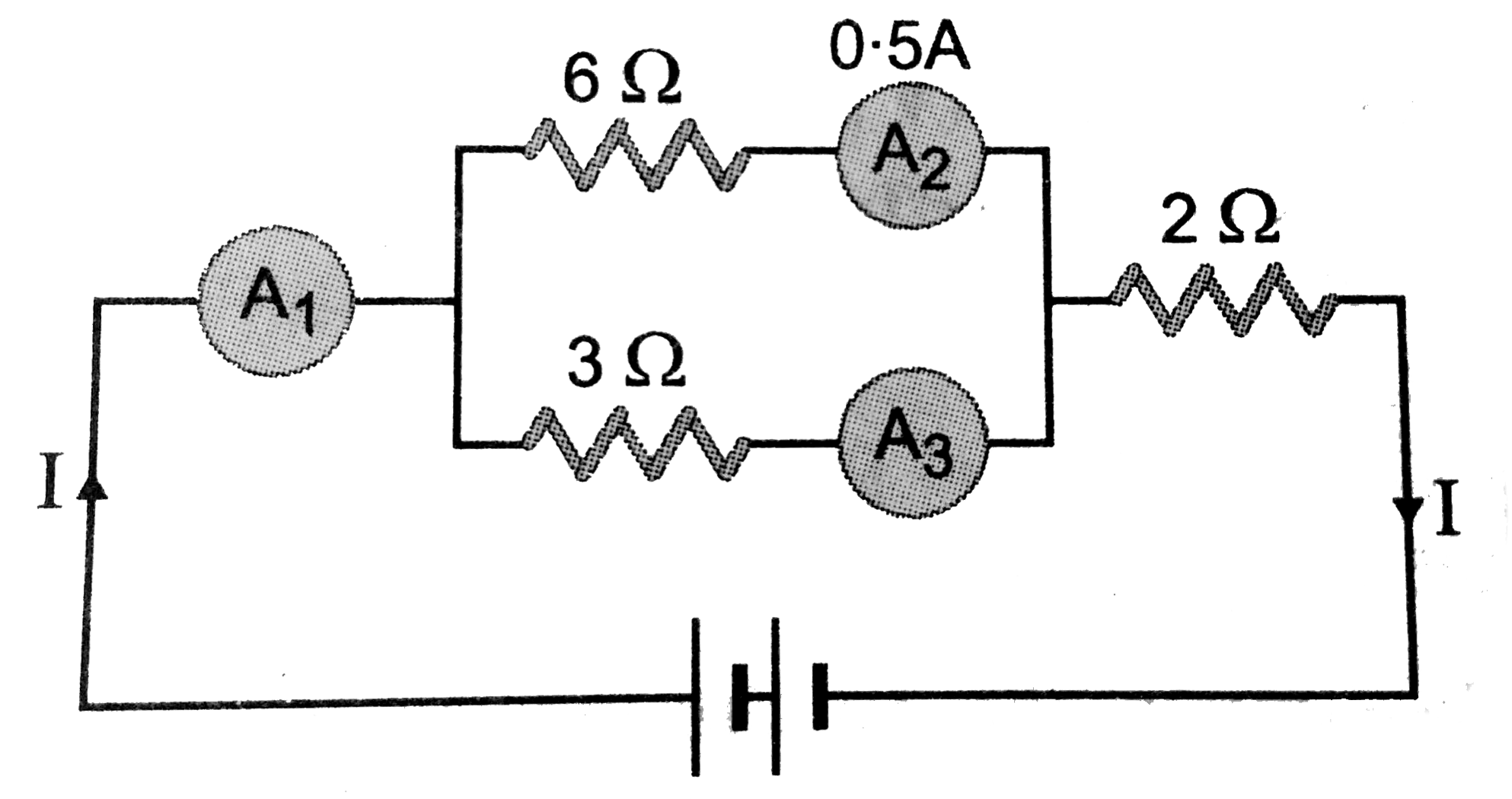
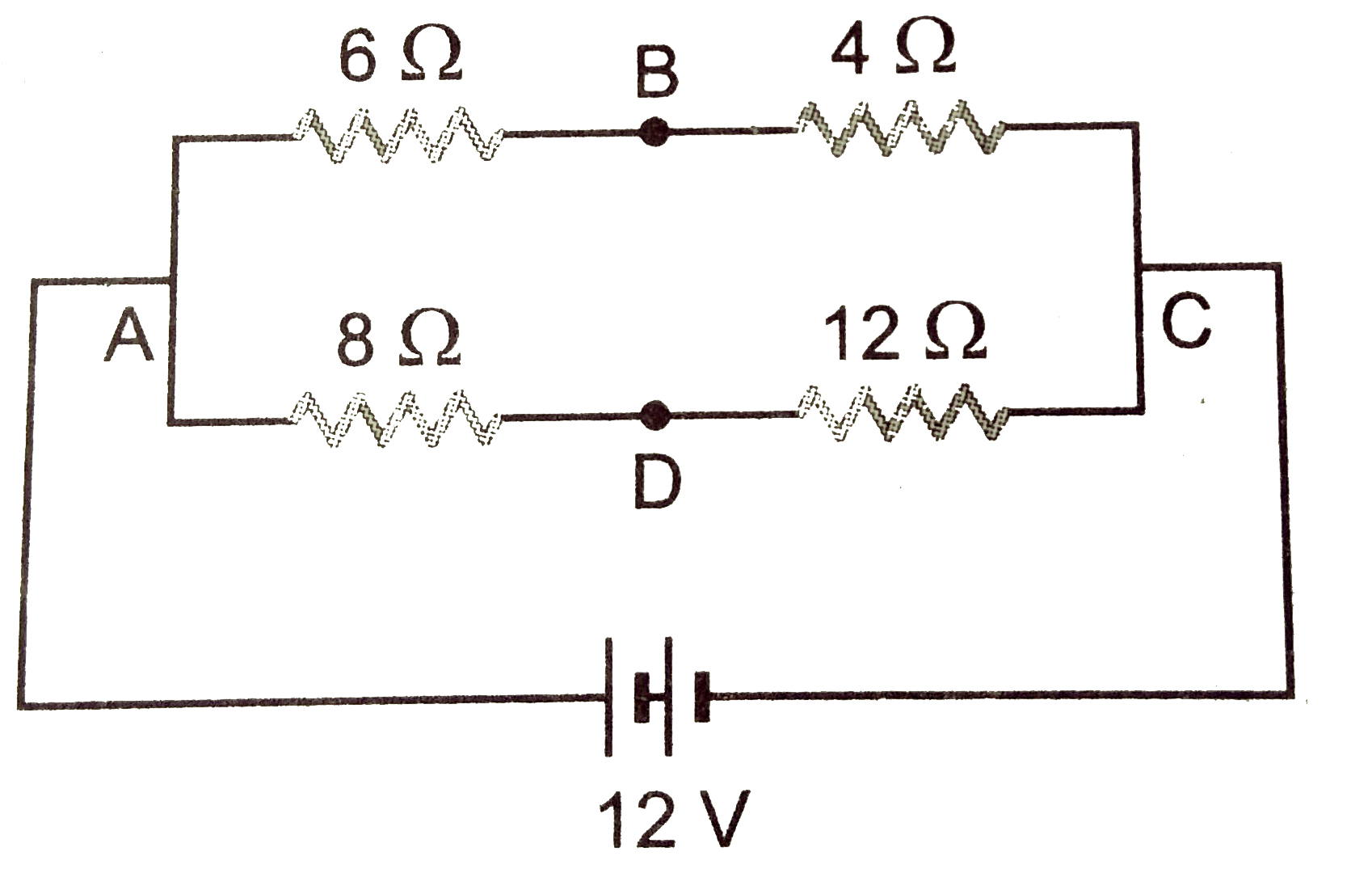
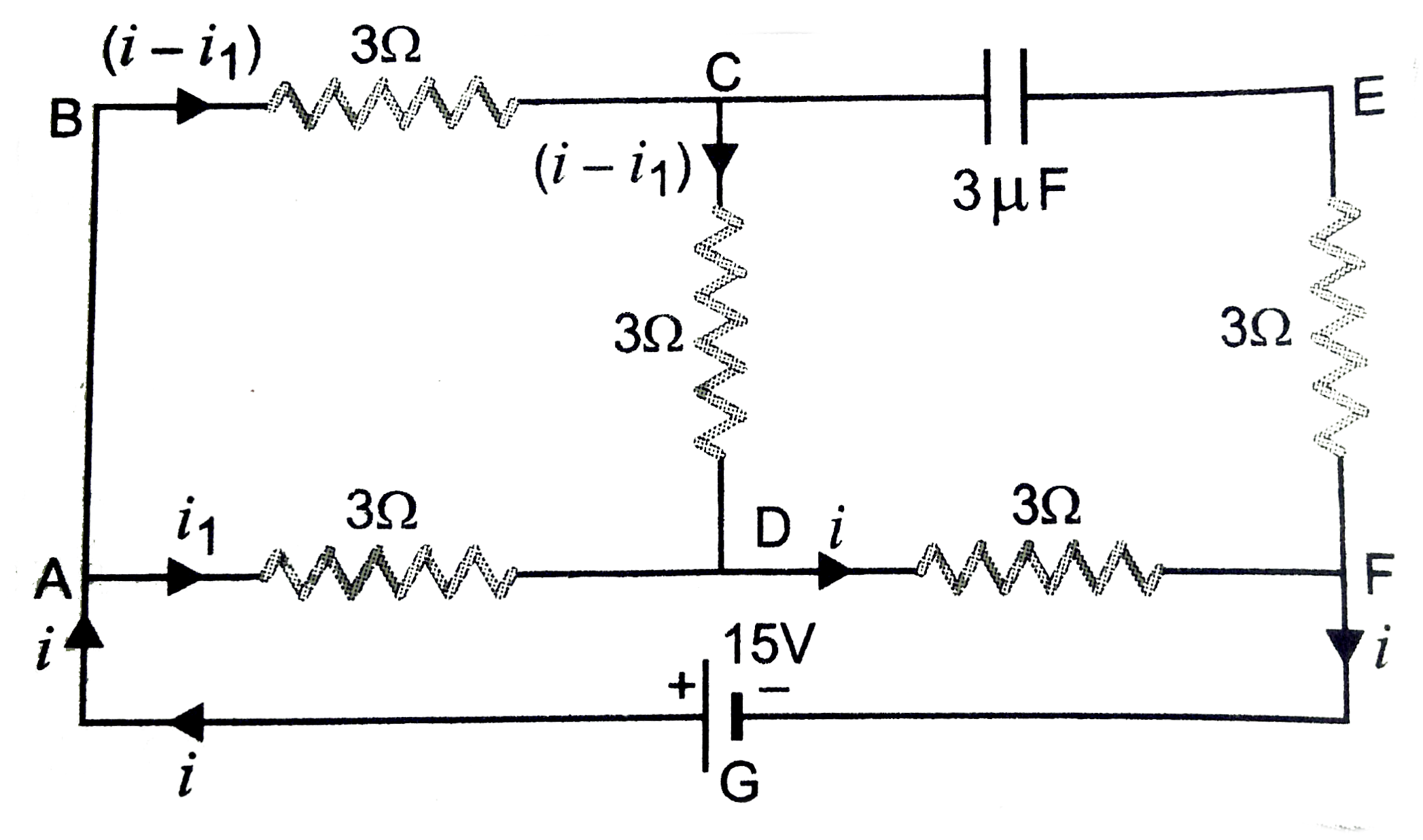
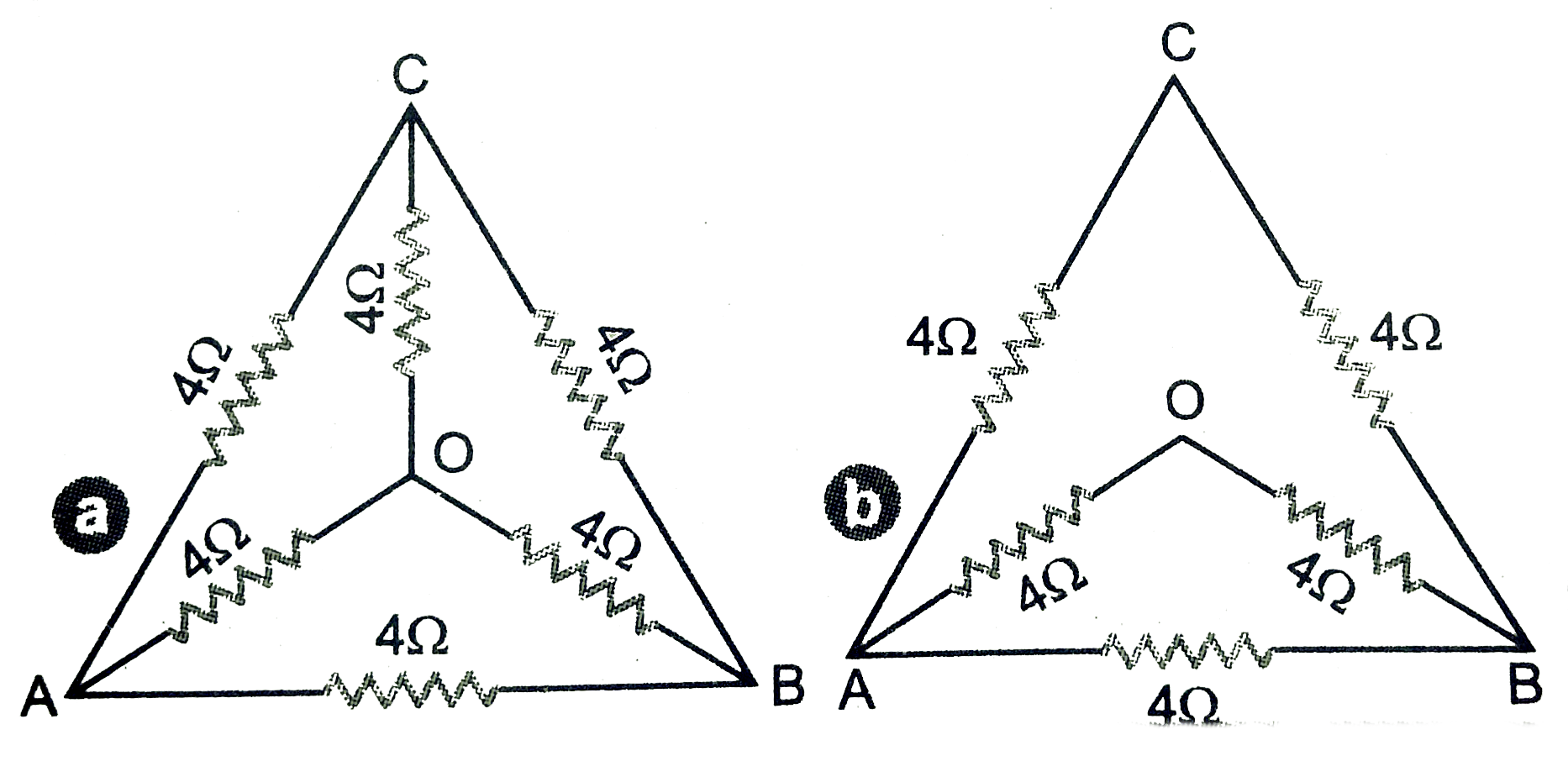 .
. 
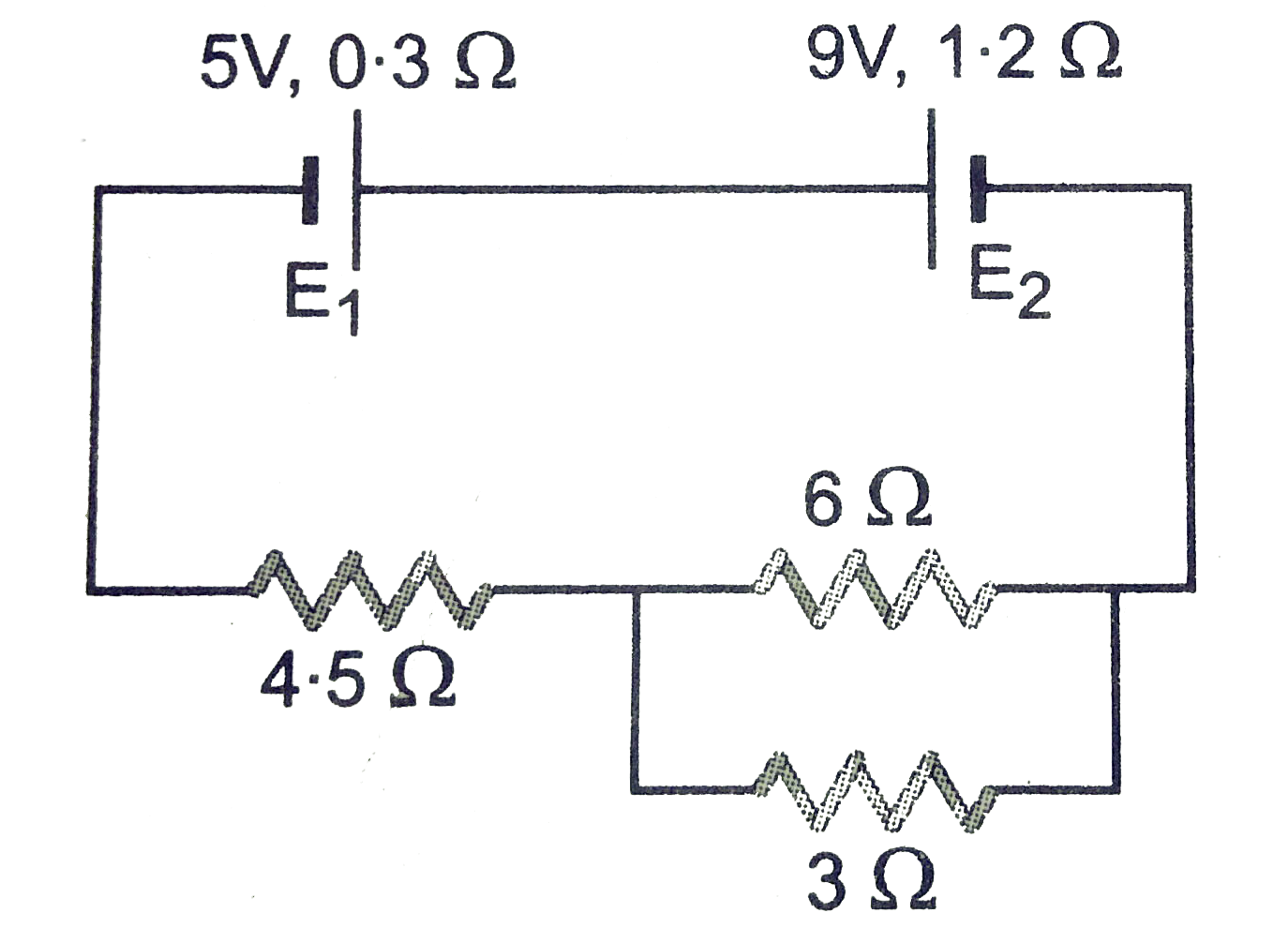
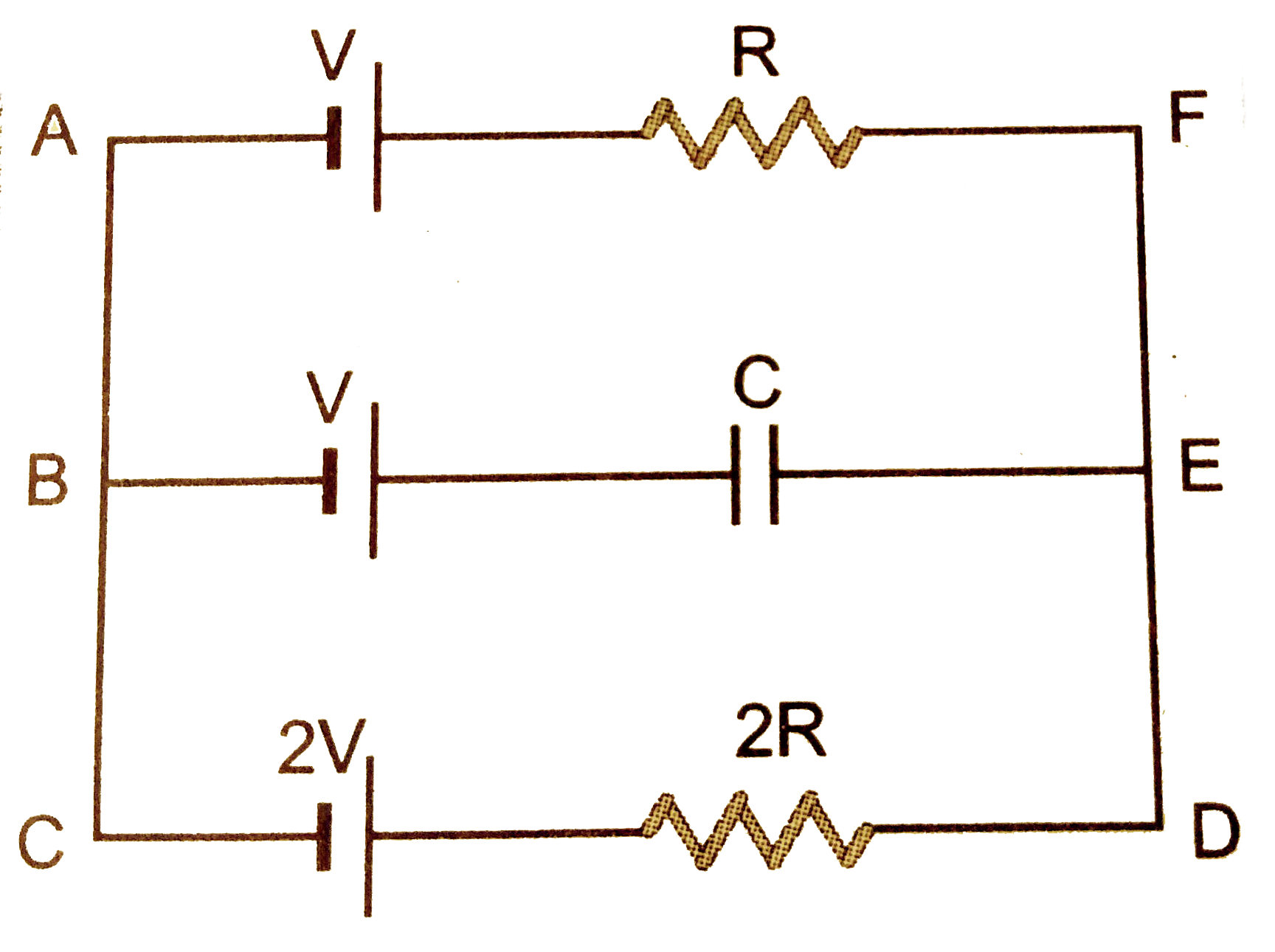

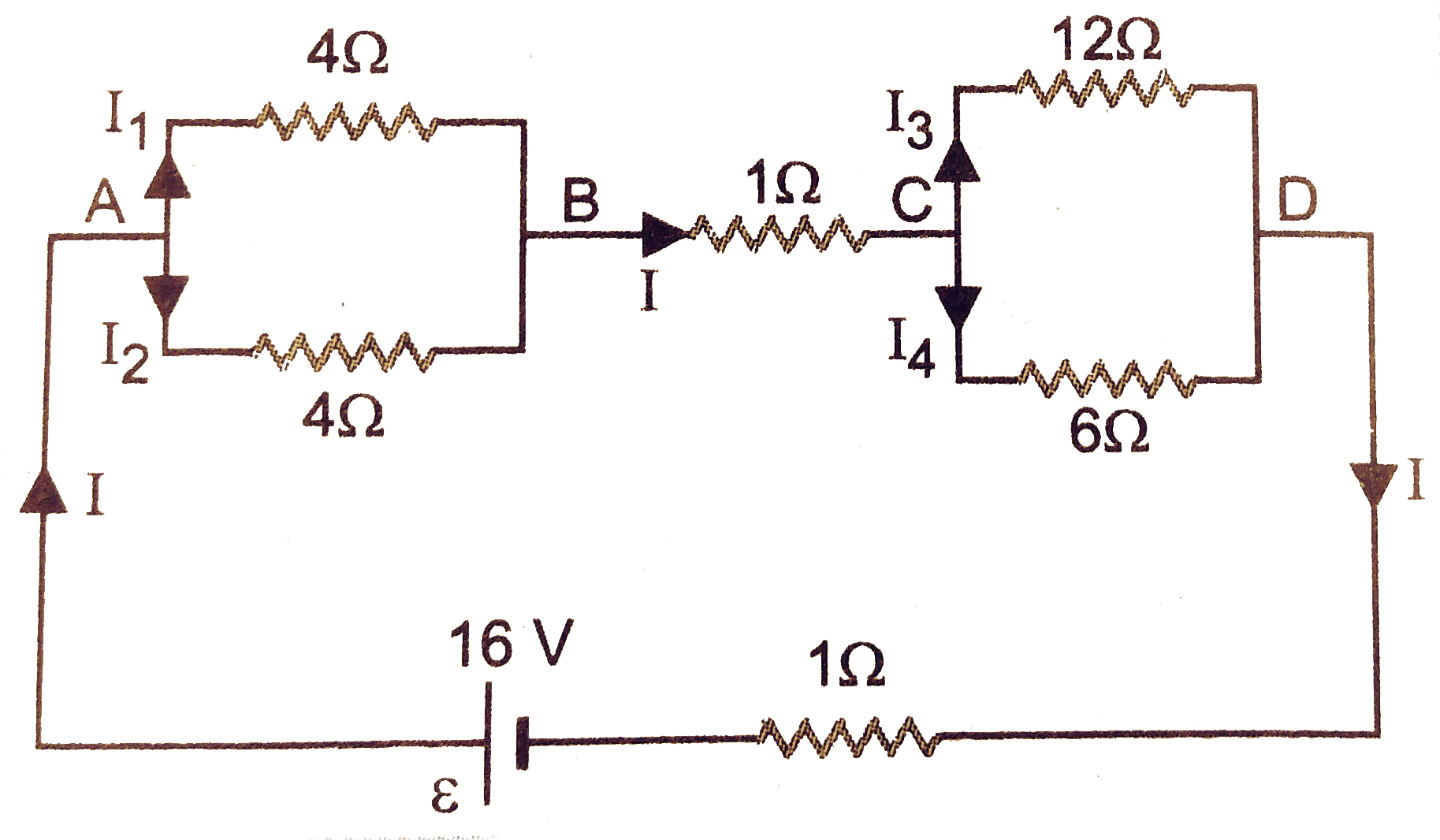
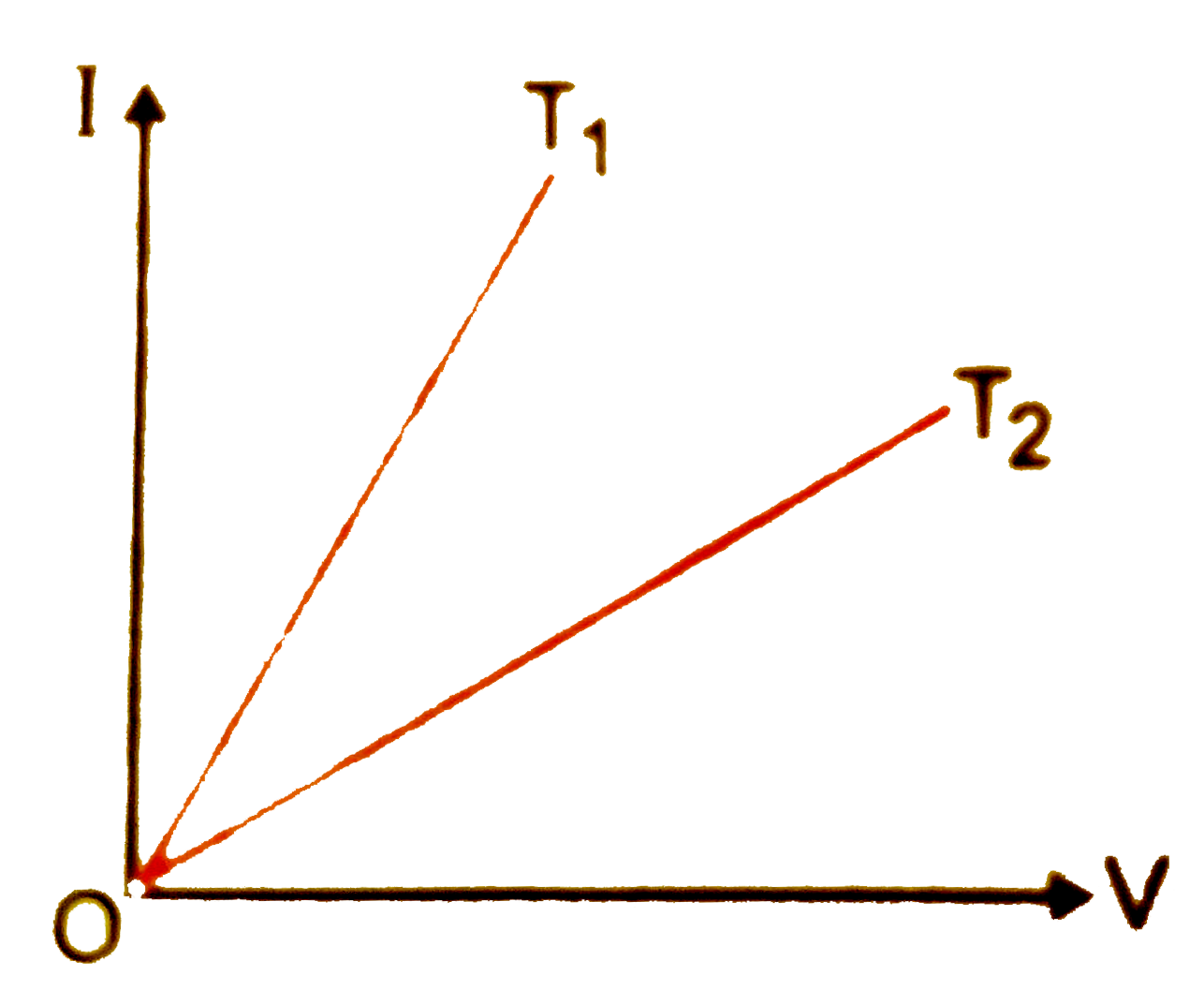
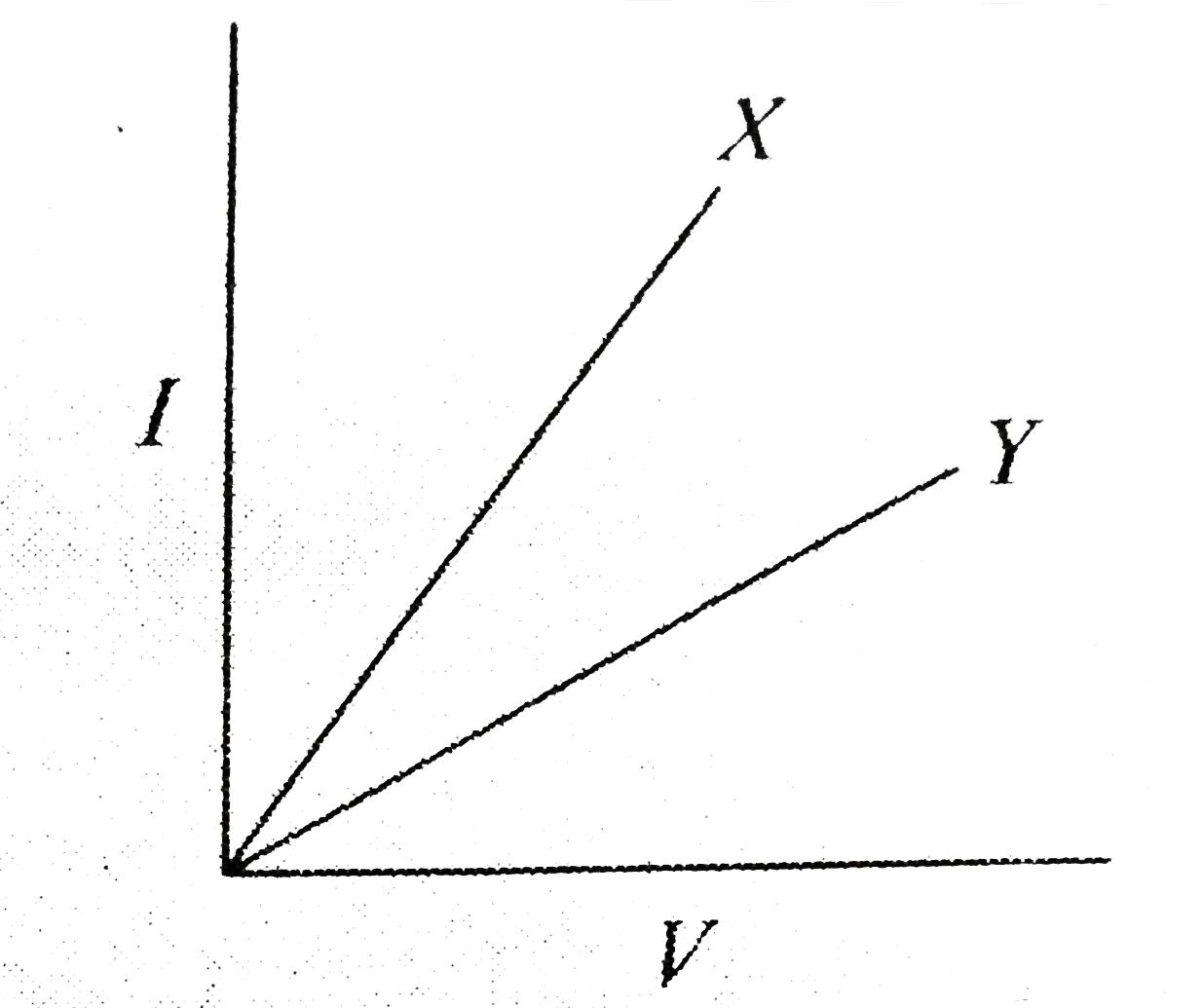
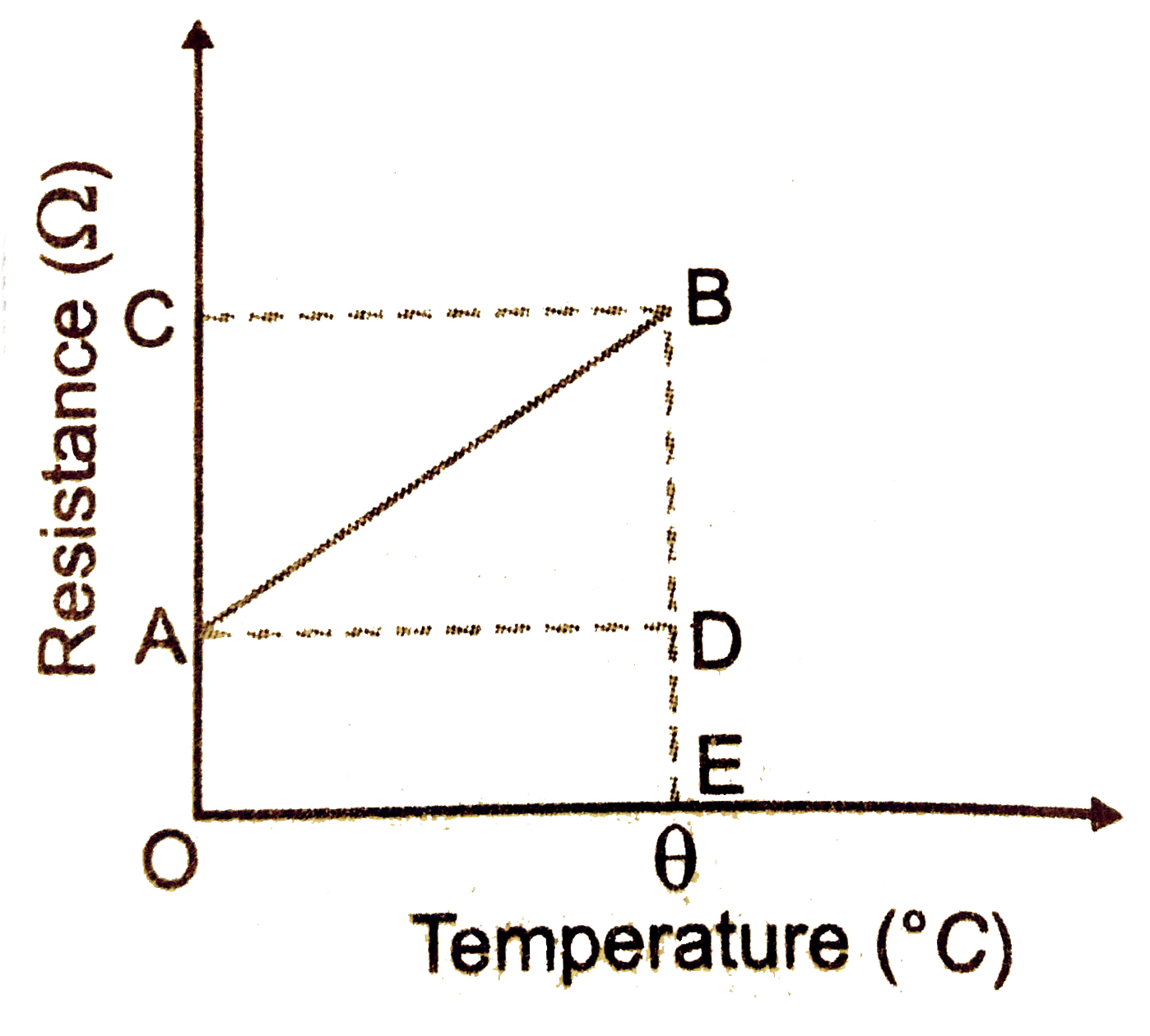
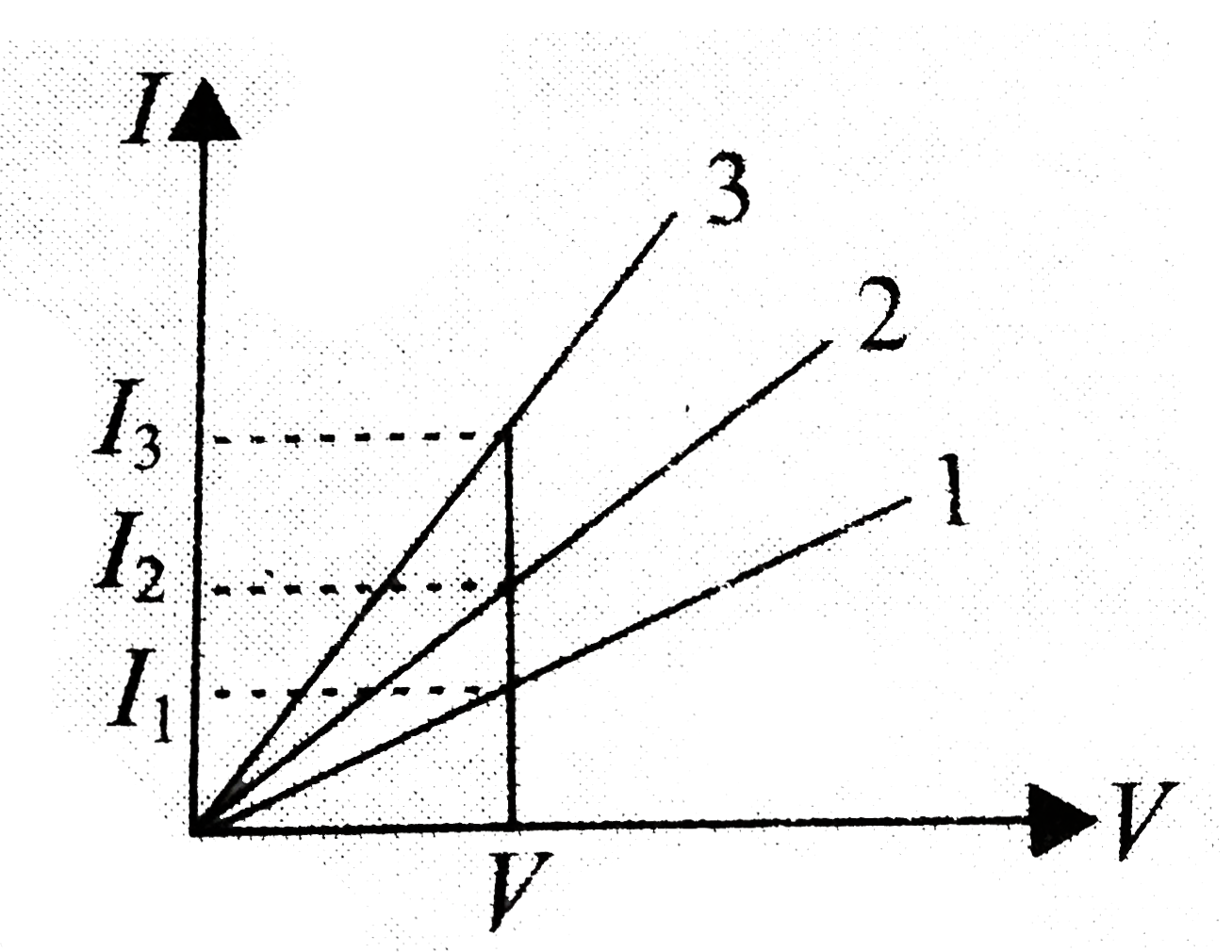
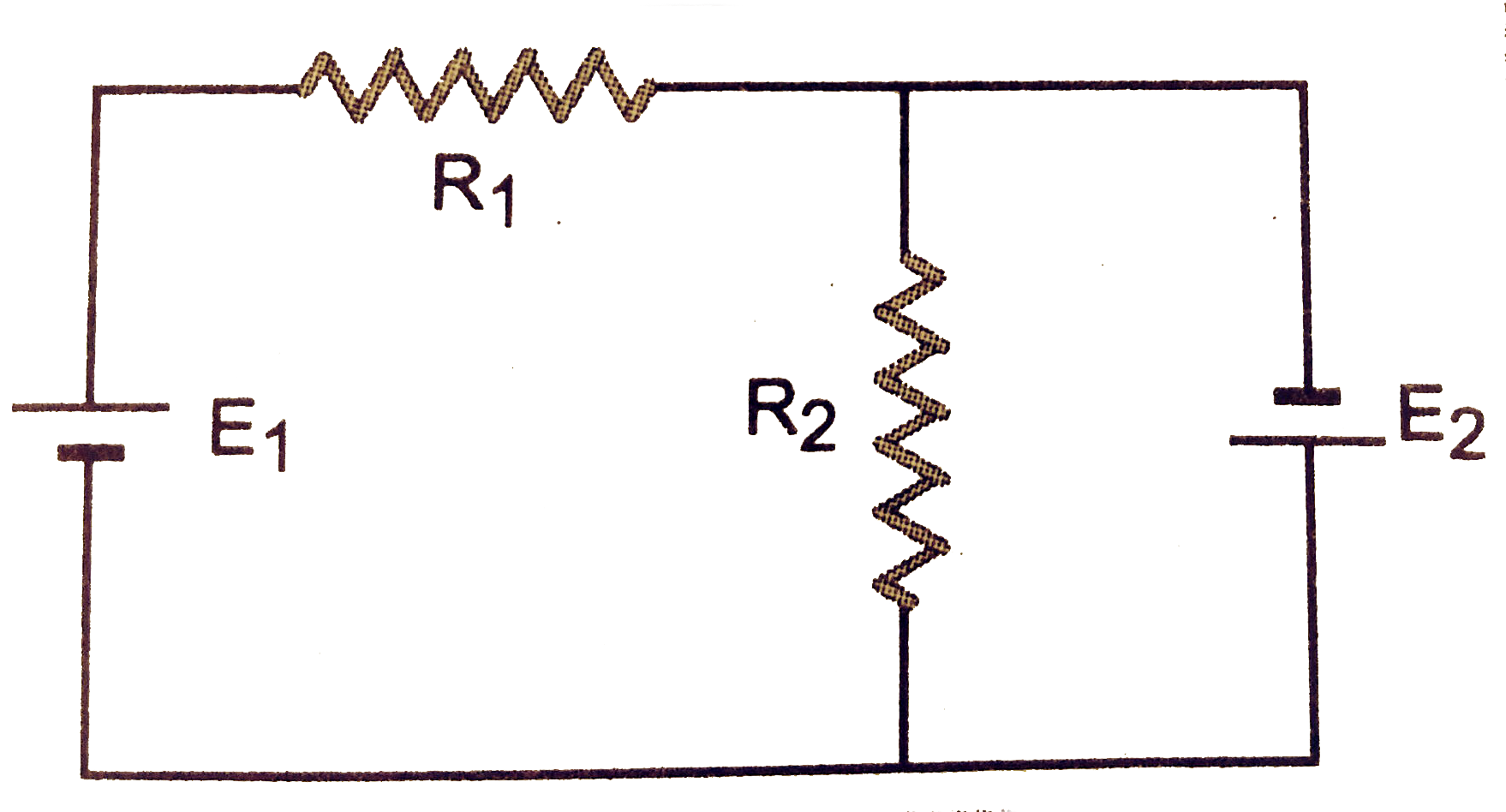


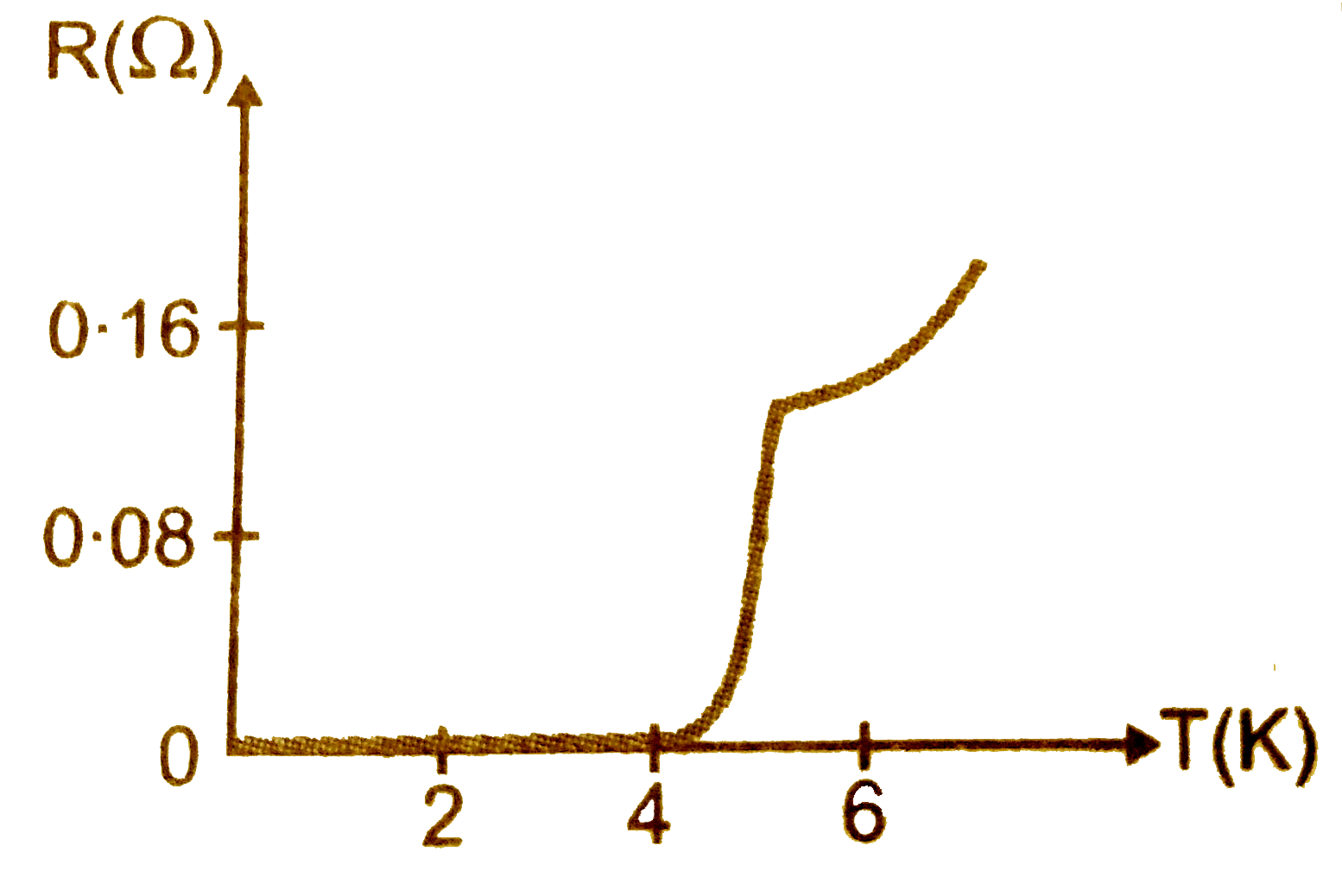
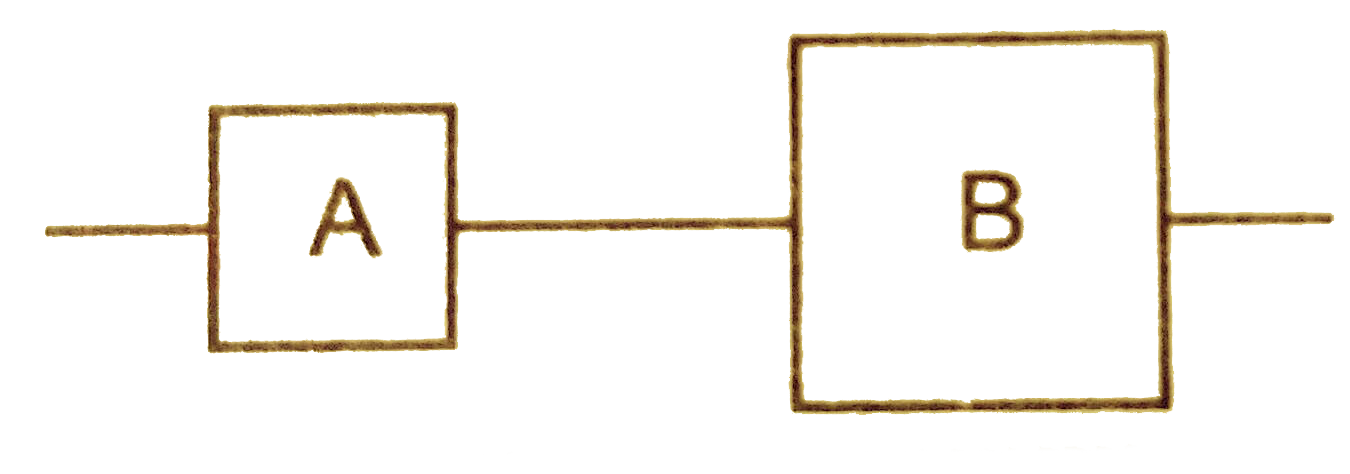
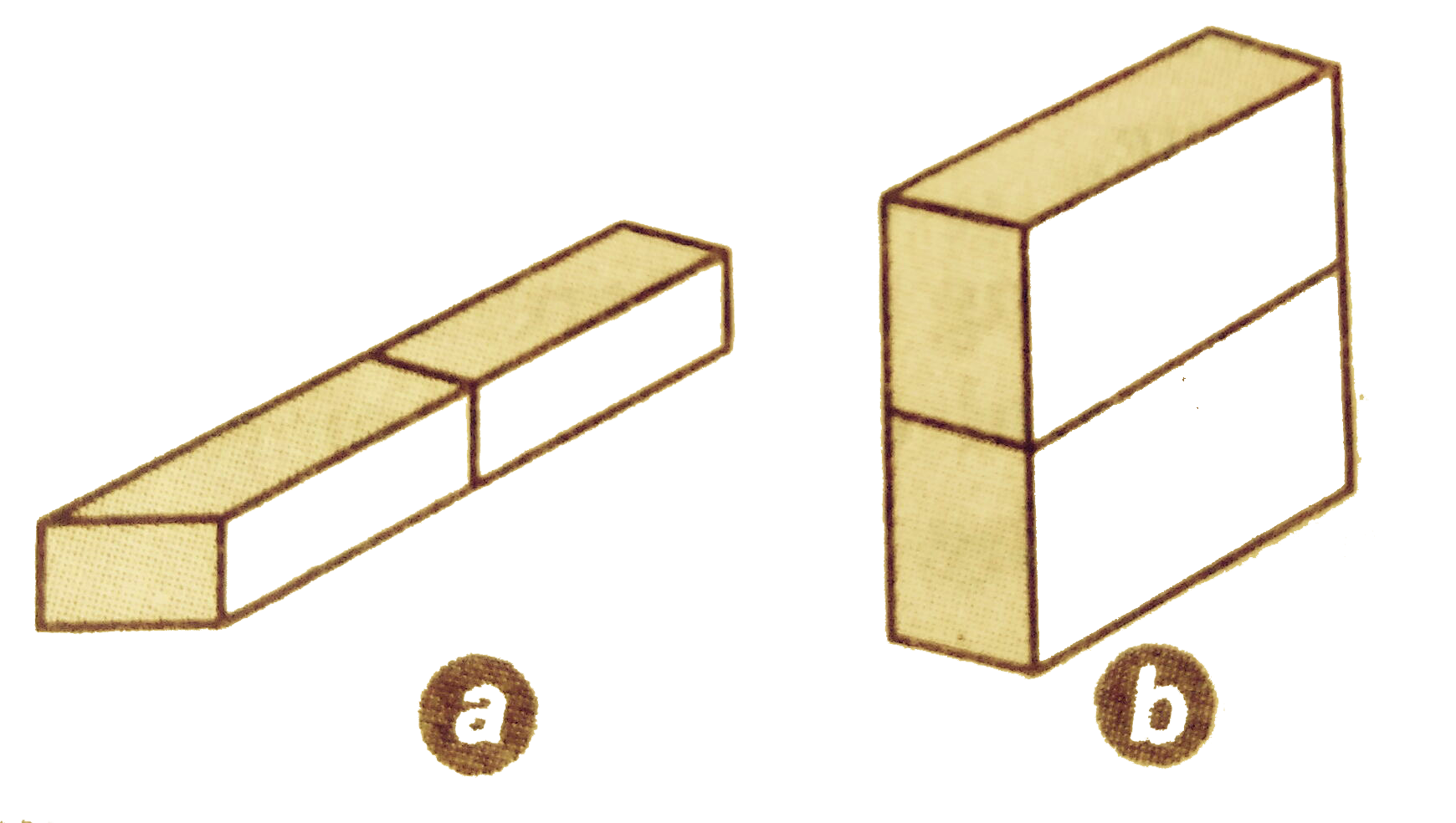
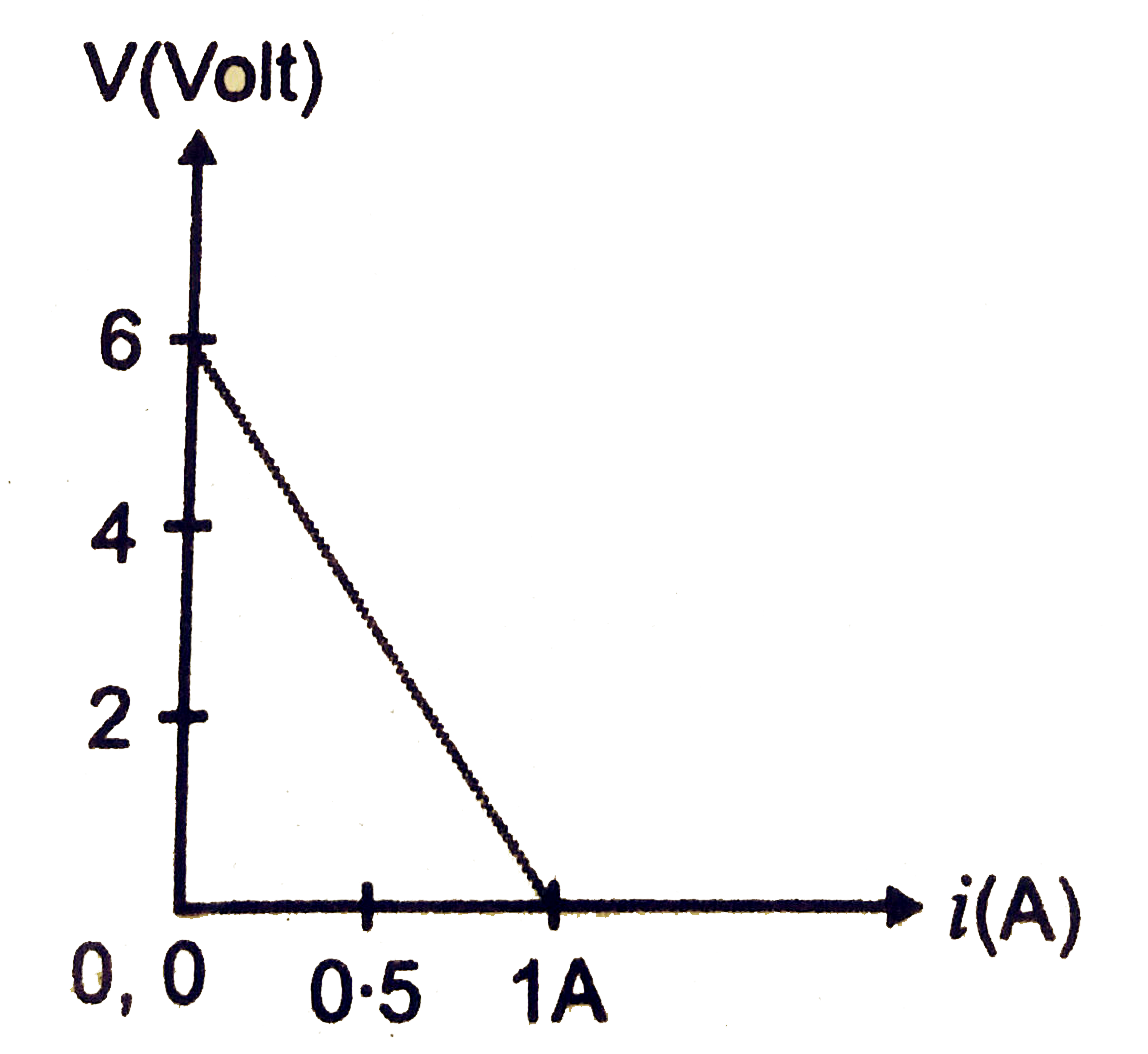
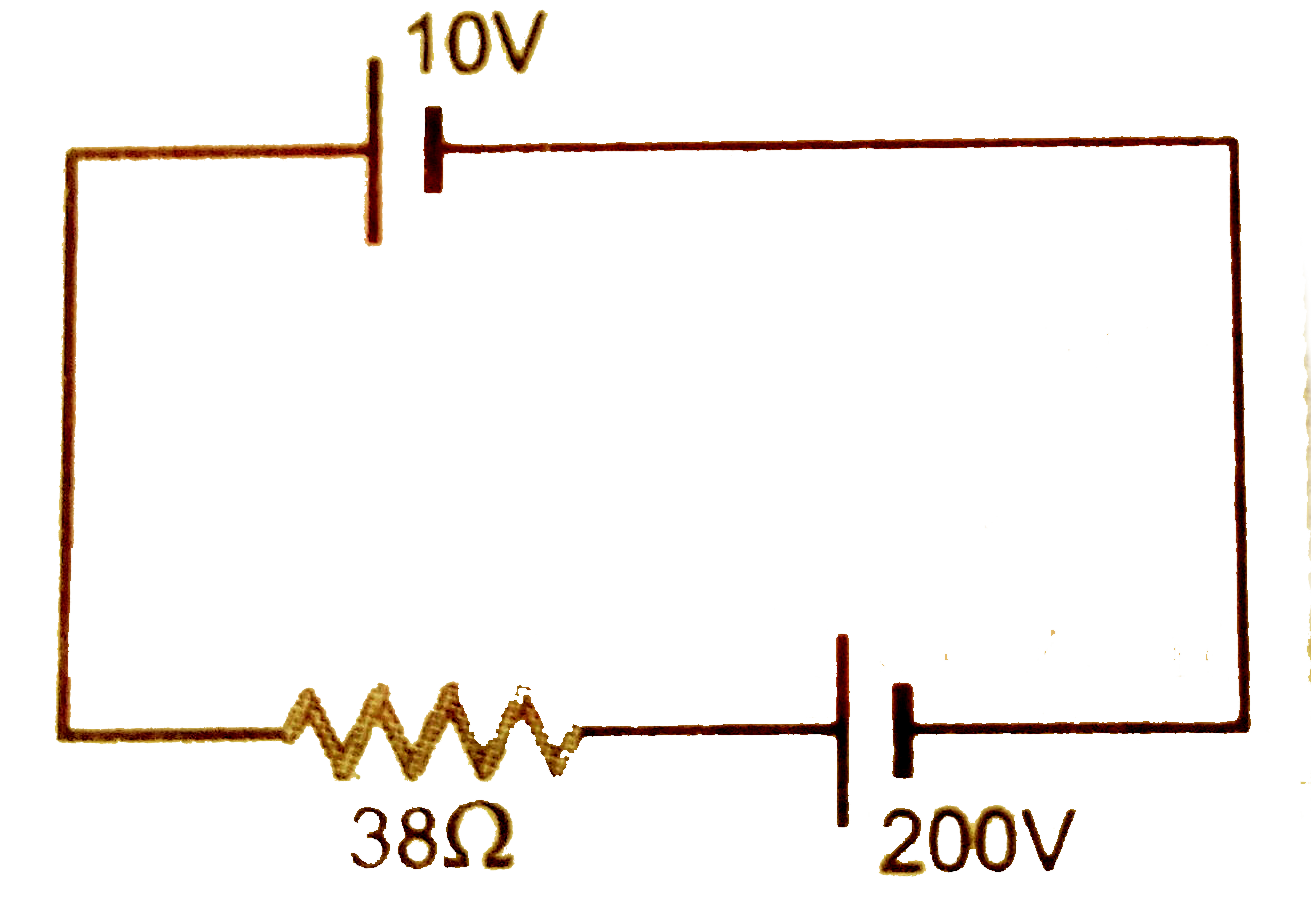 . Find the value of current in the circuit.
. Find the value of current in the circuit.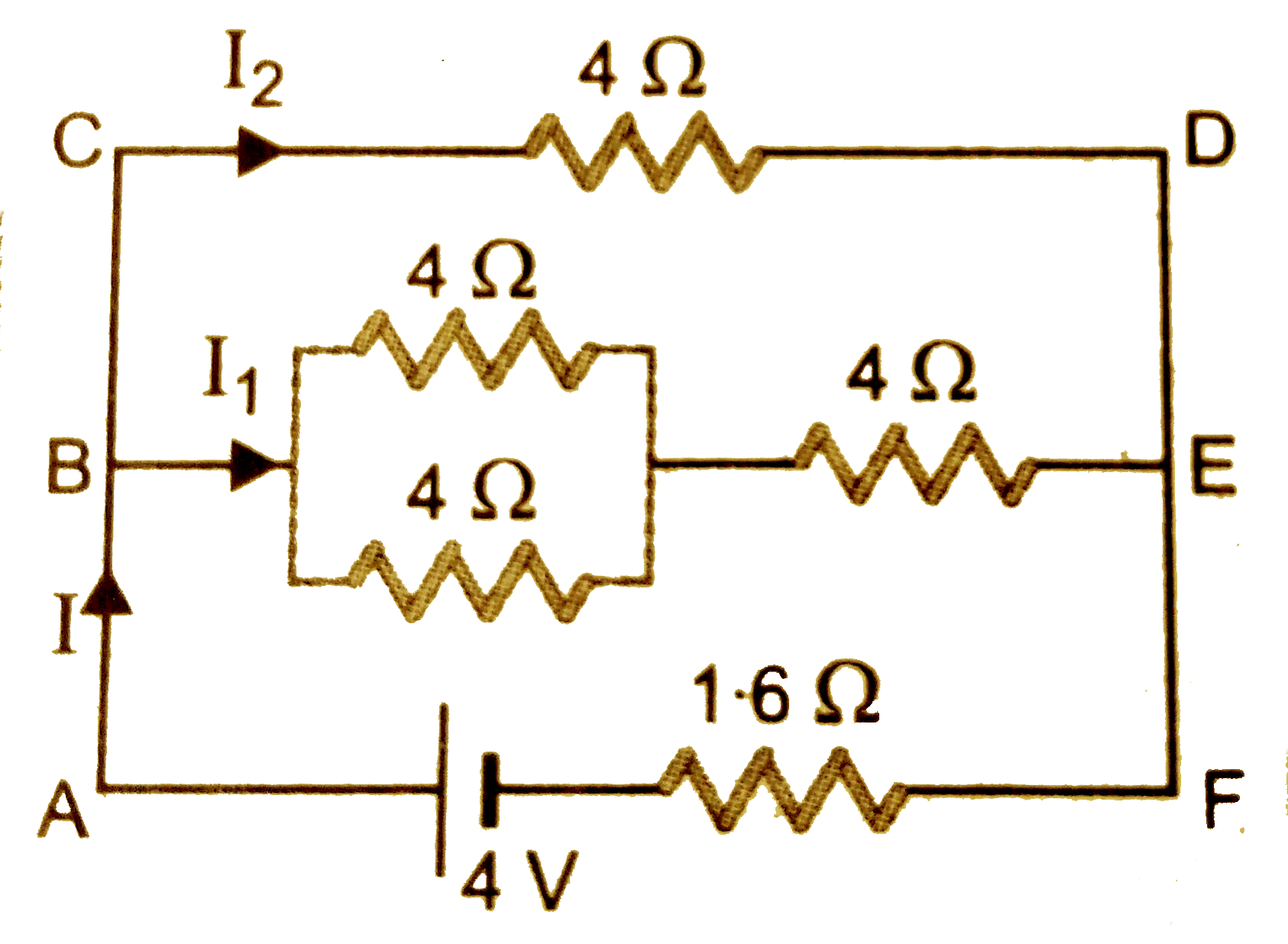
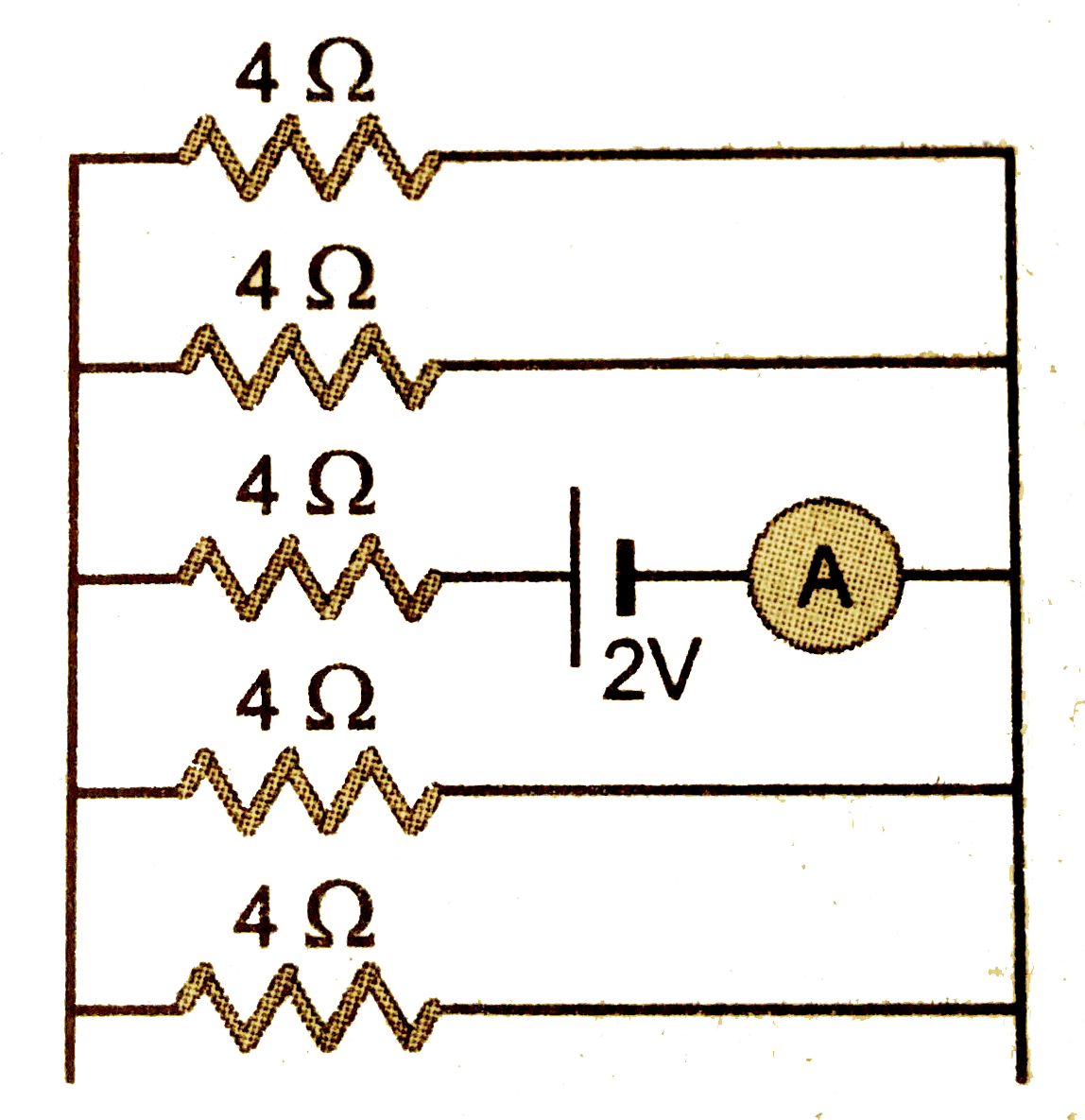

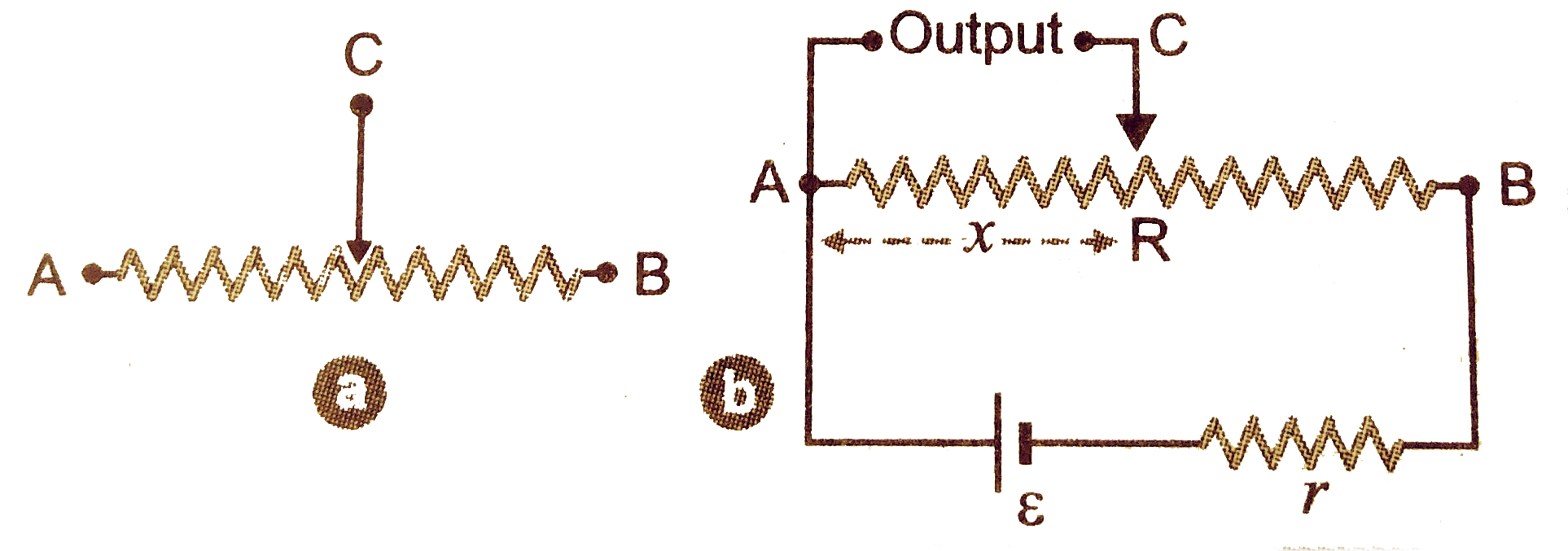
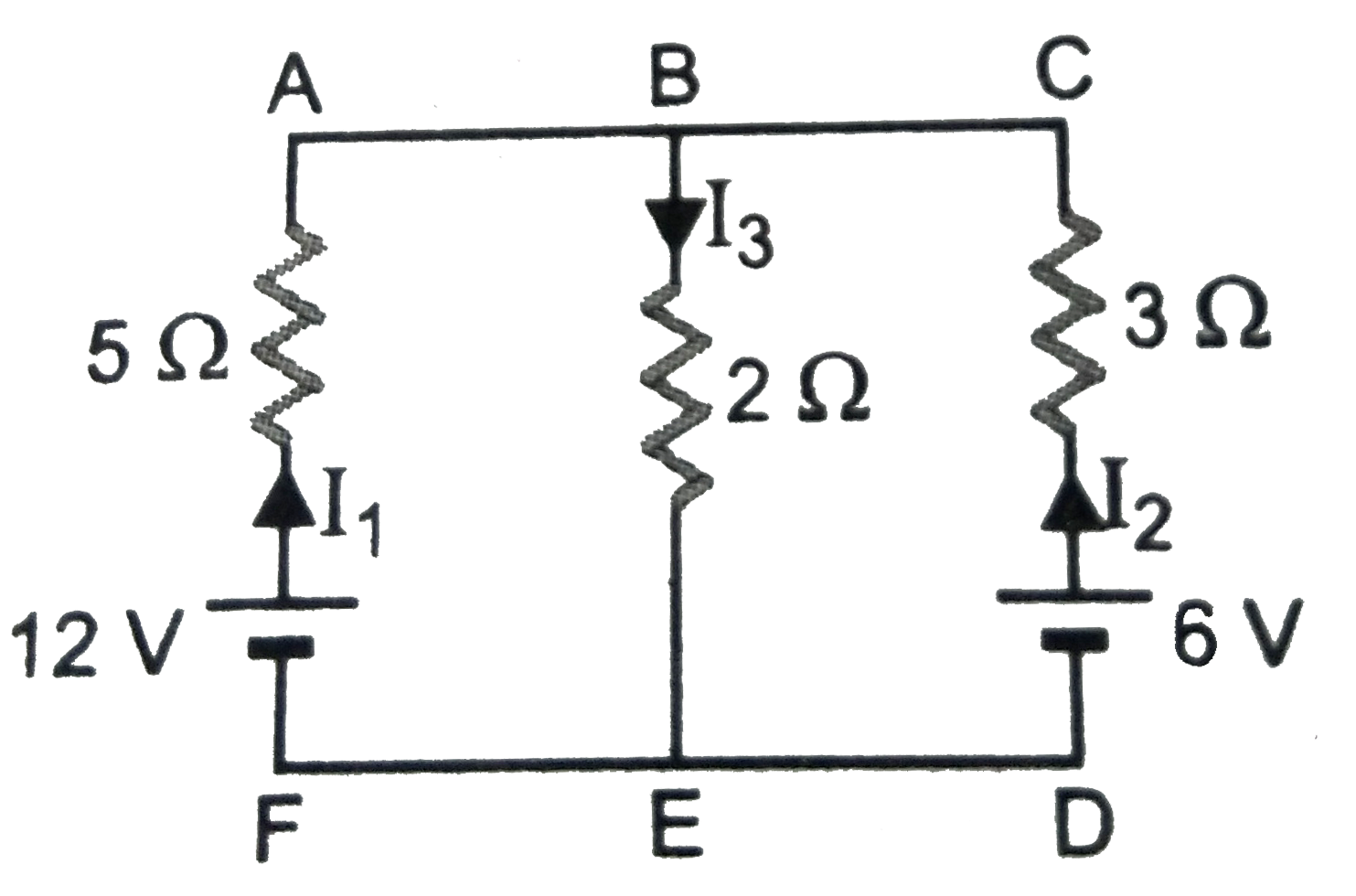
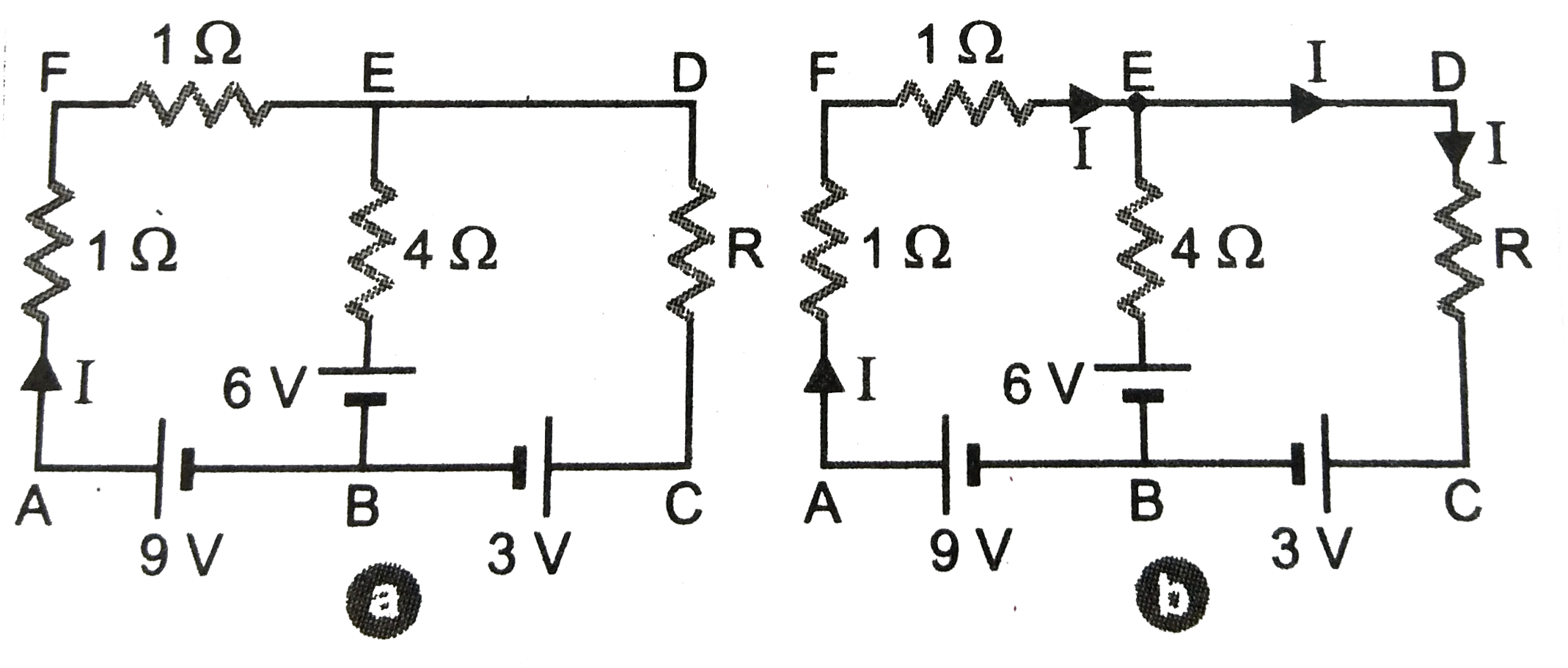
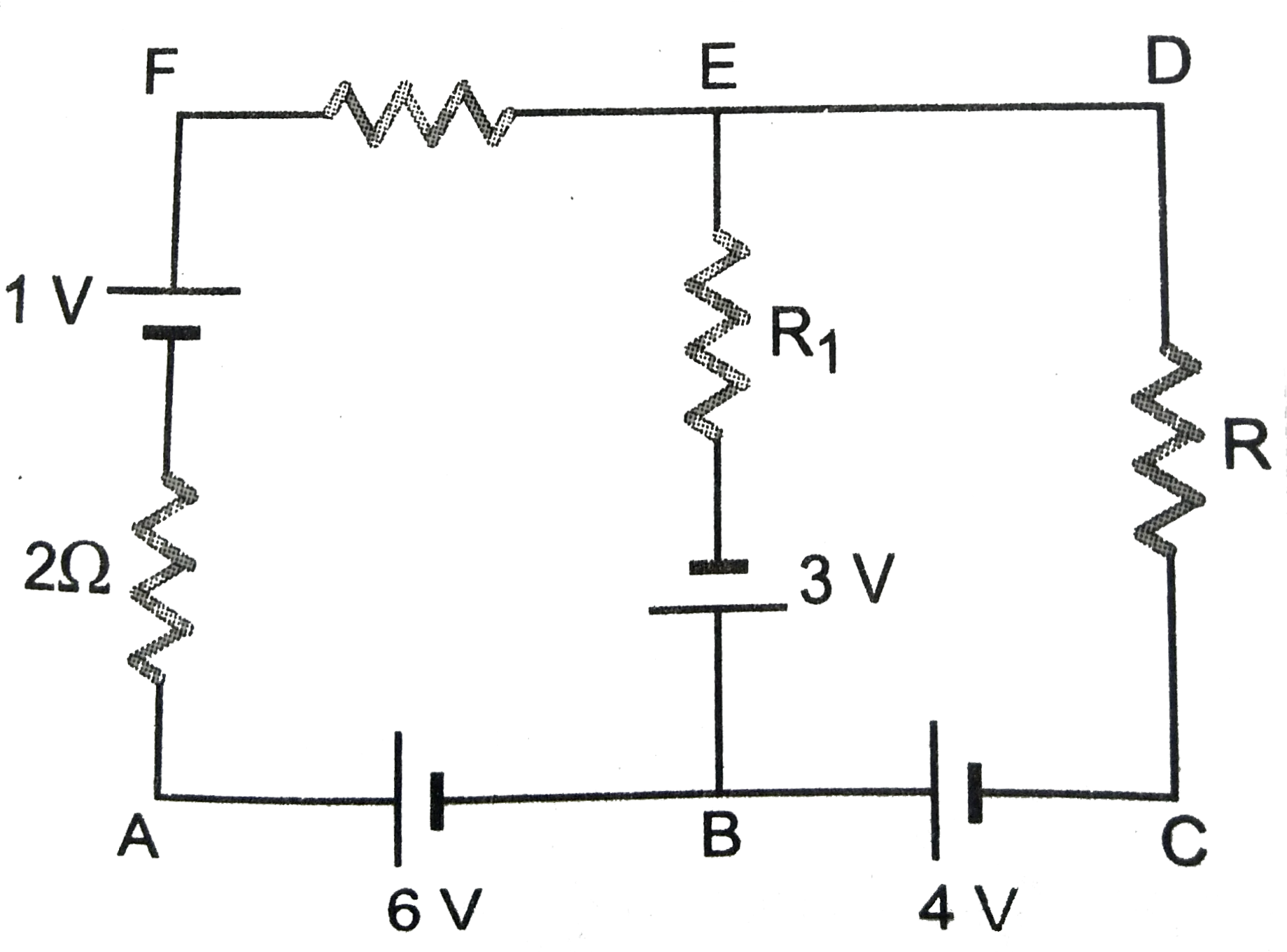
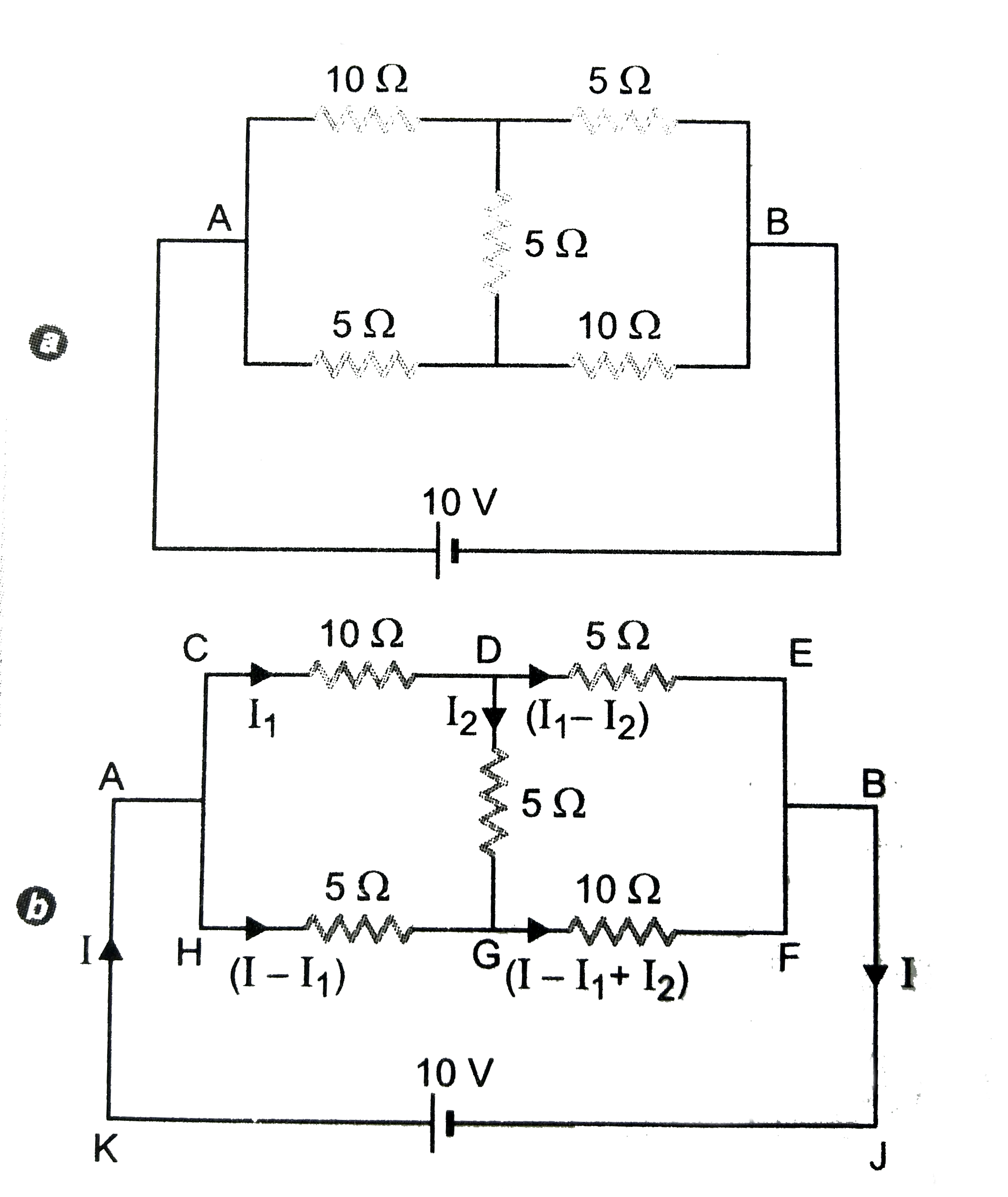 .
. 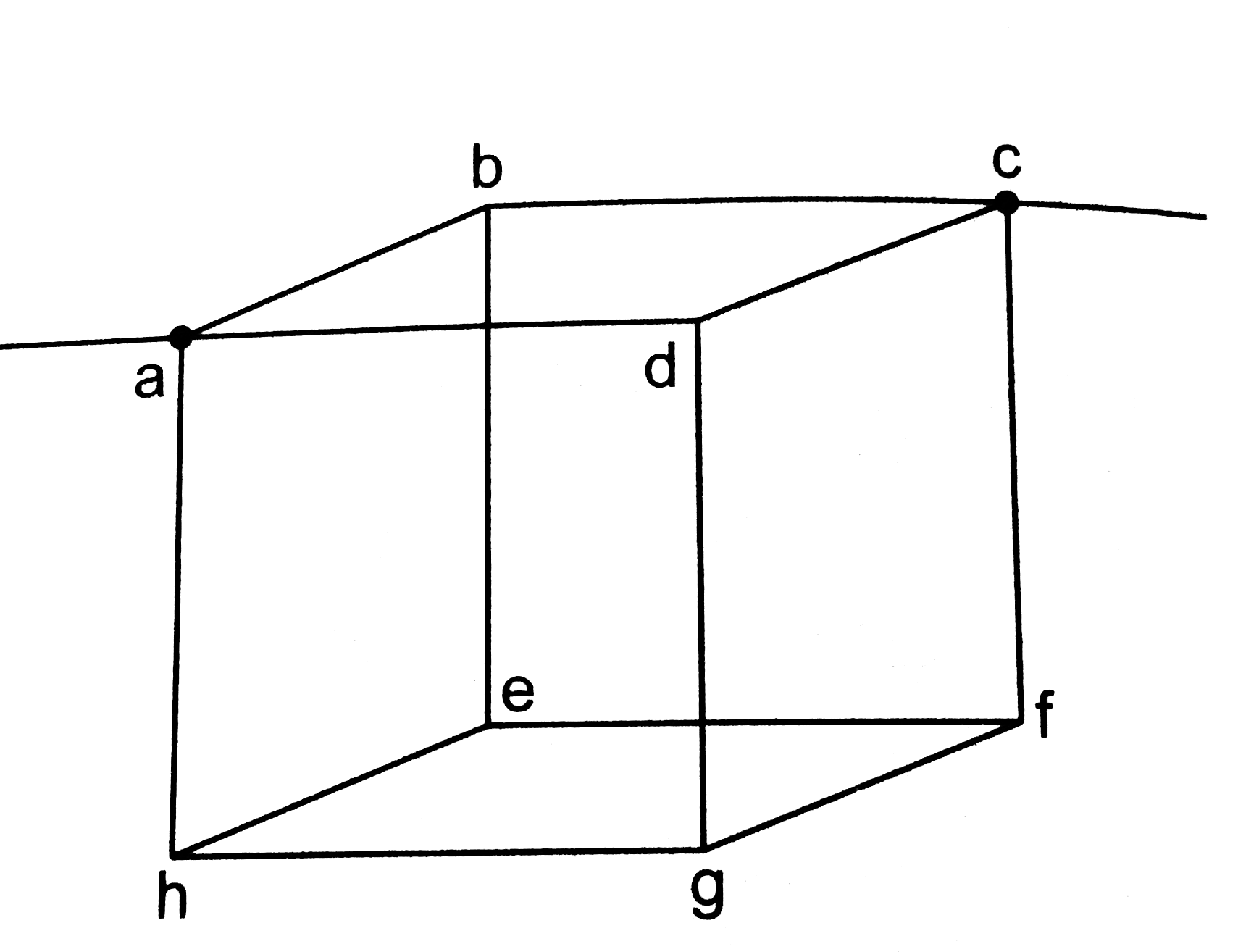

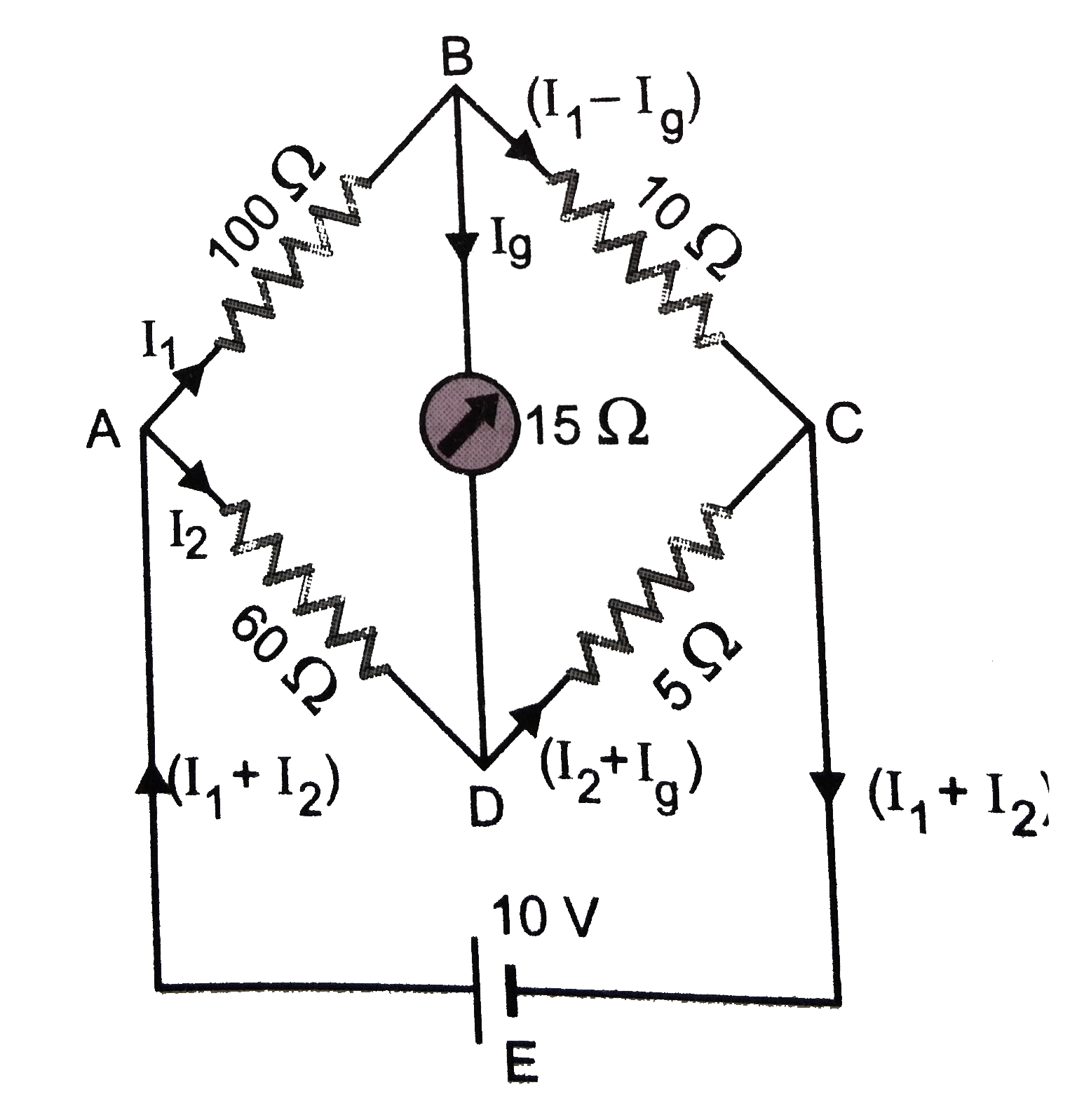
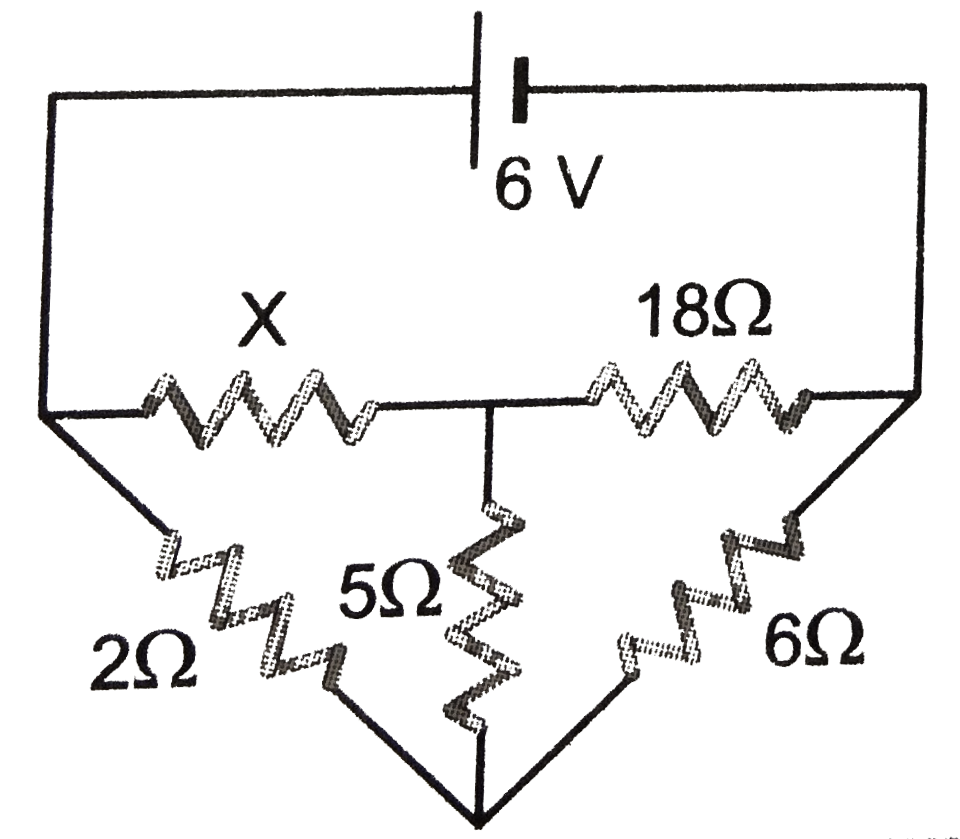
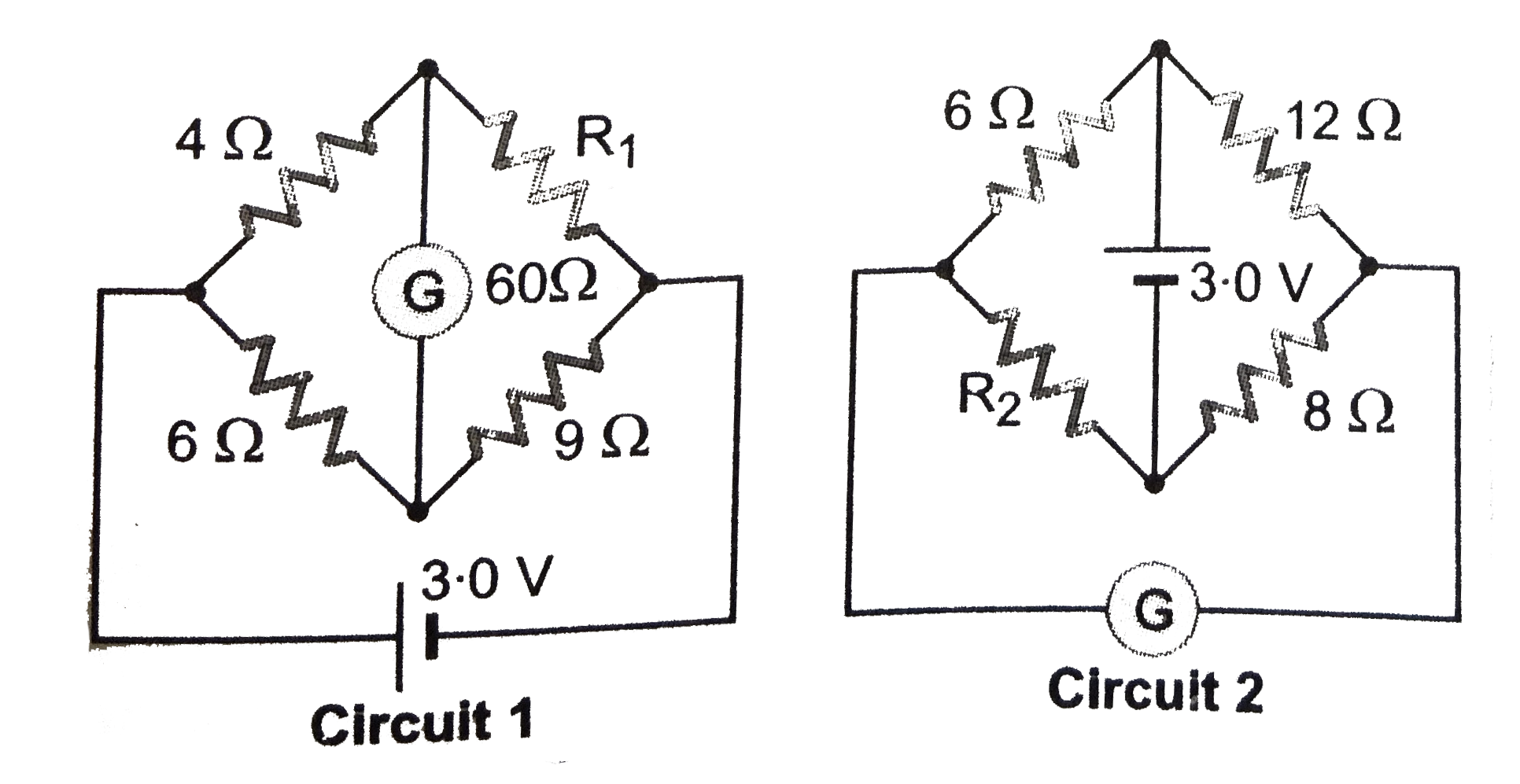
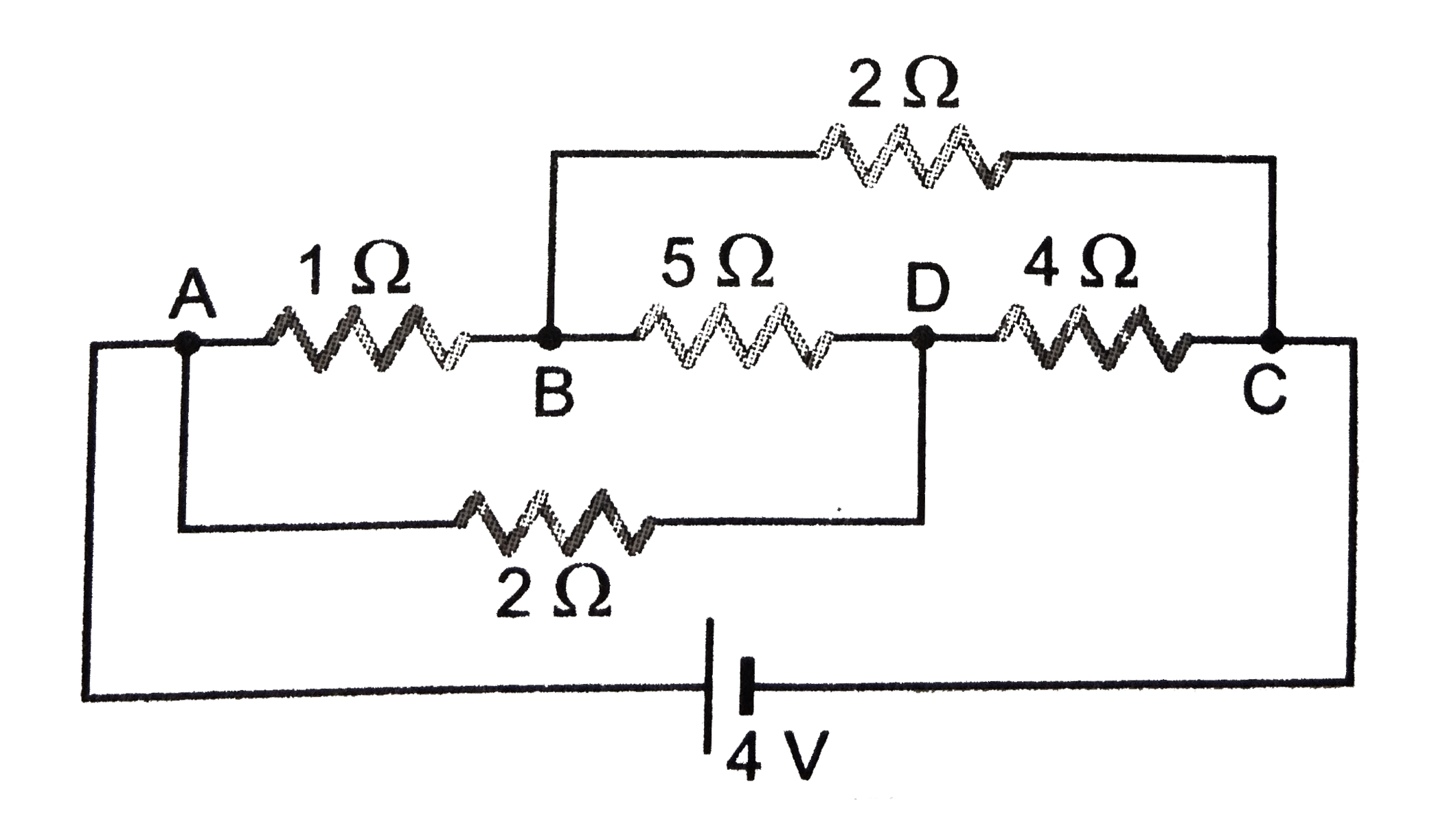
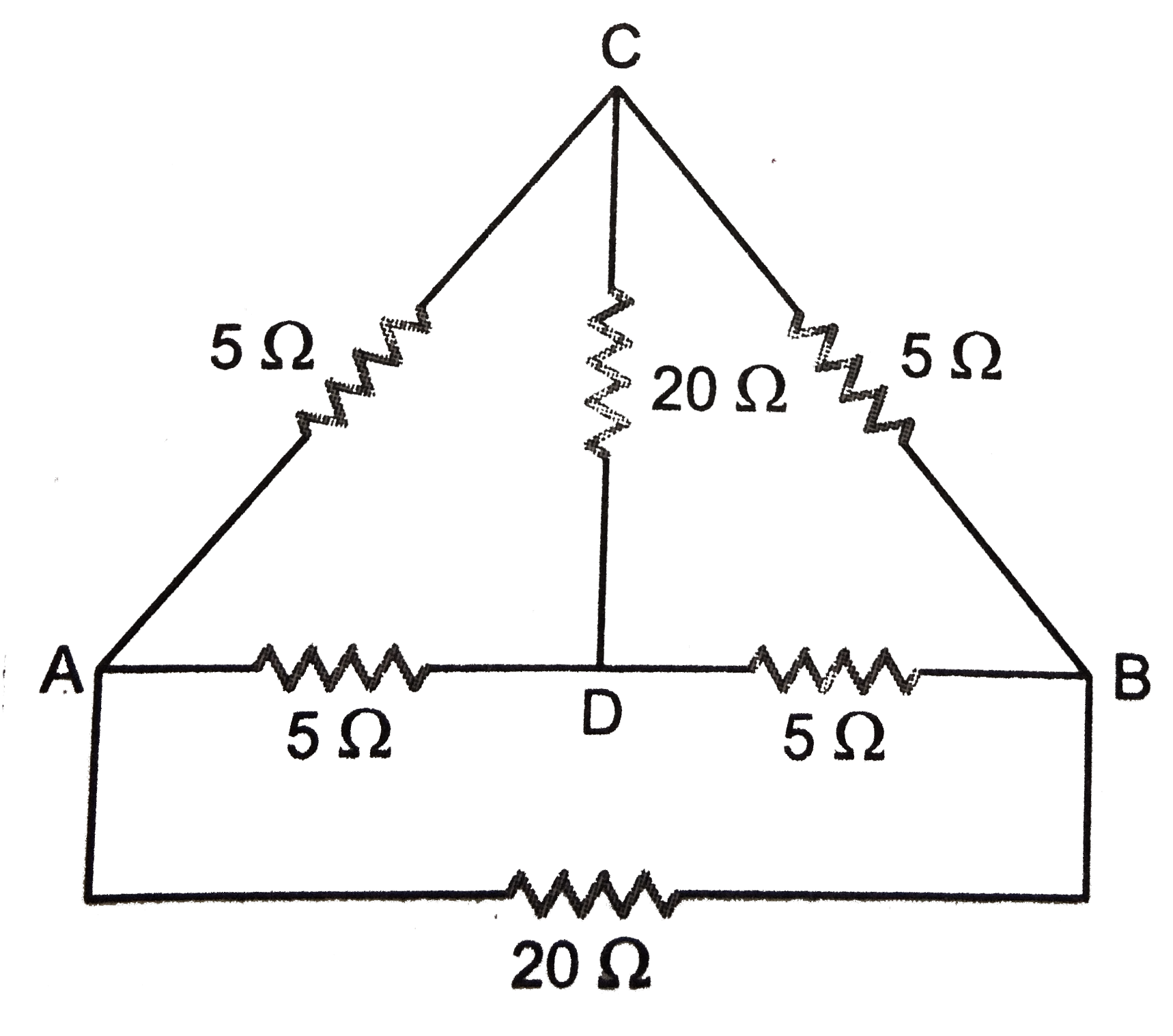
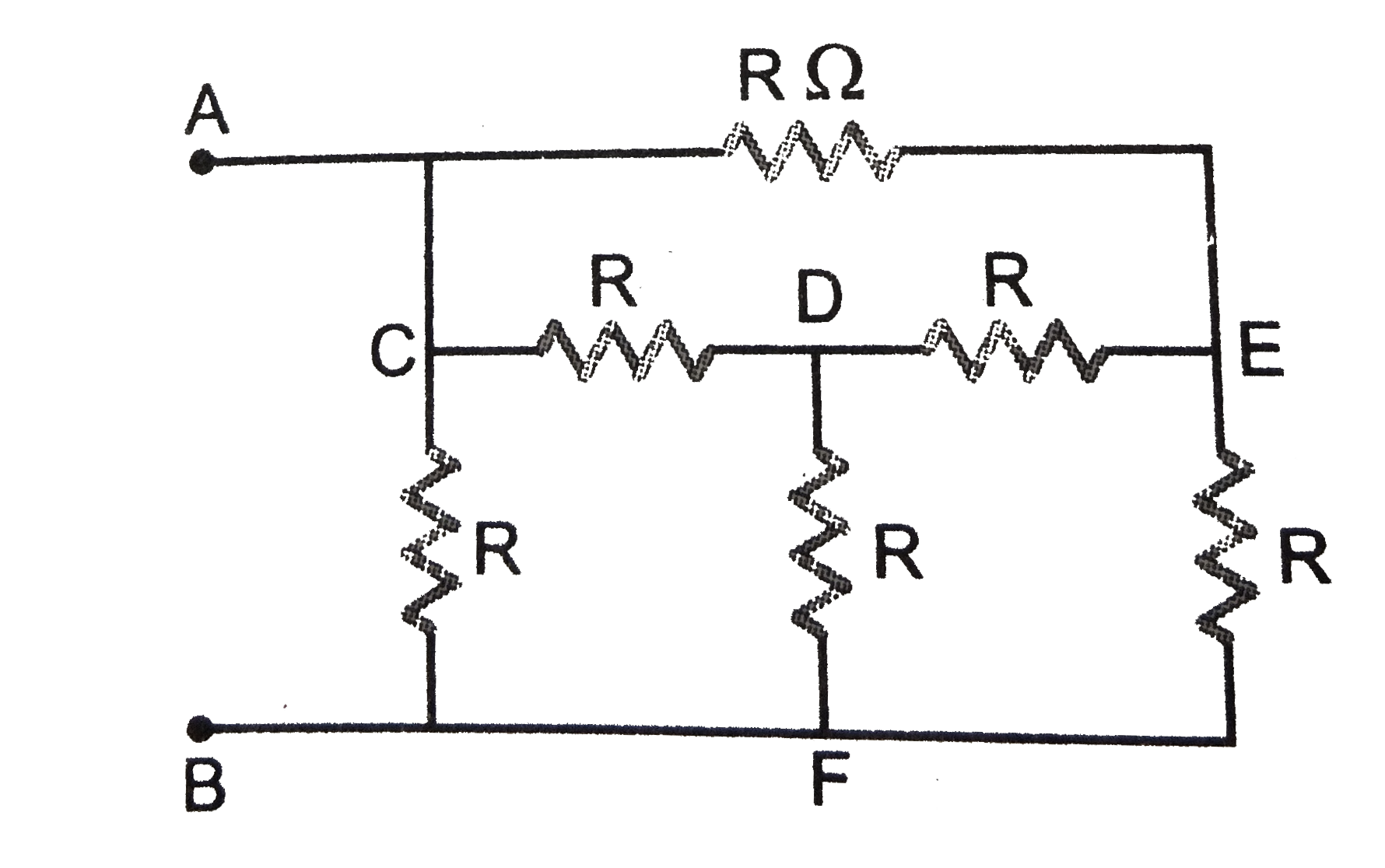


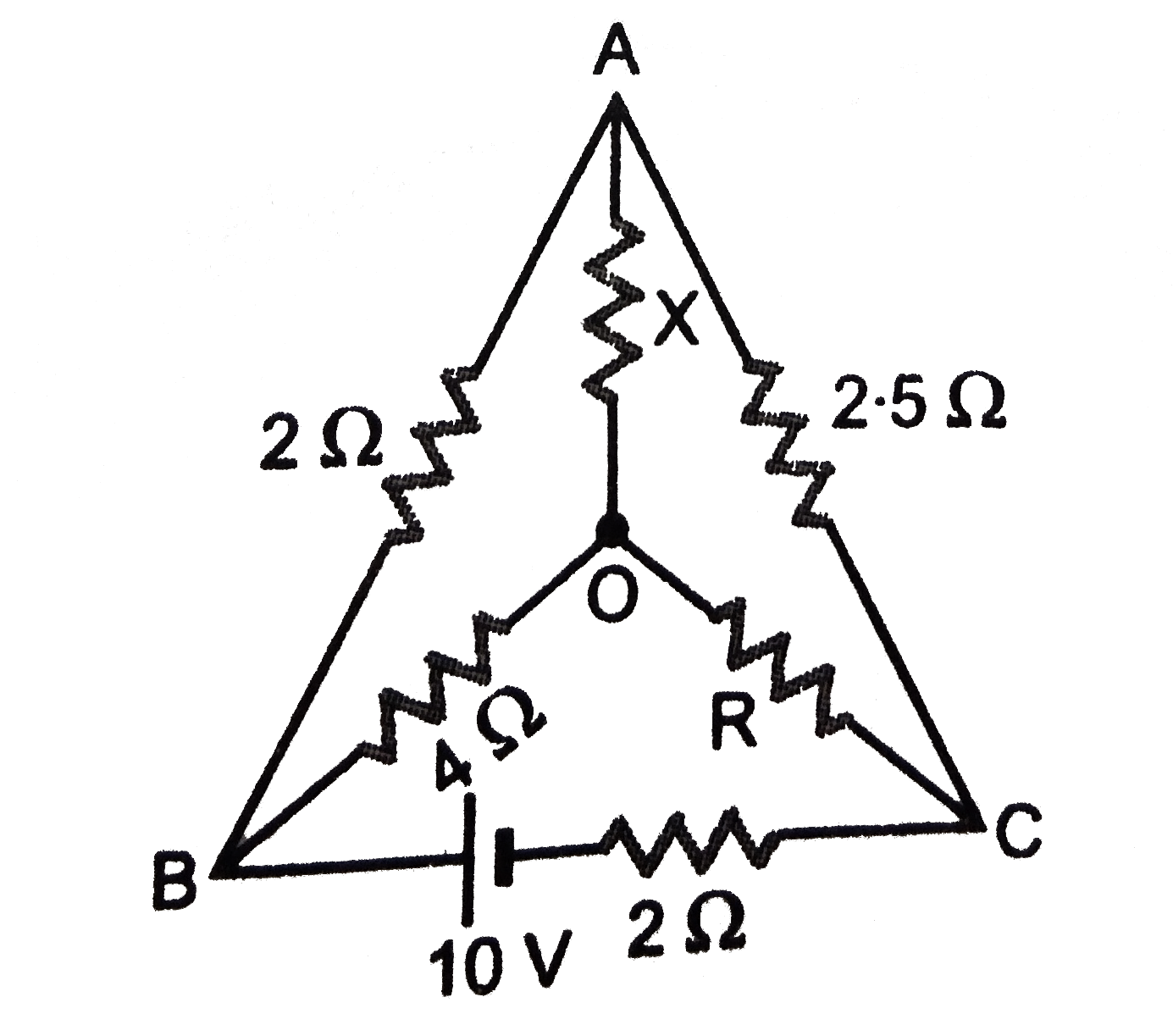
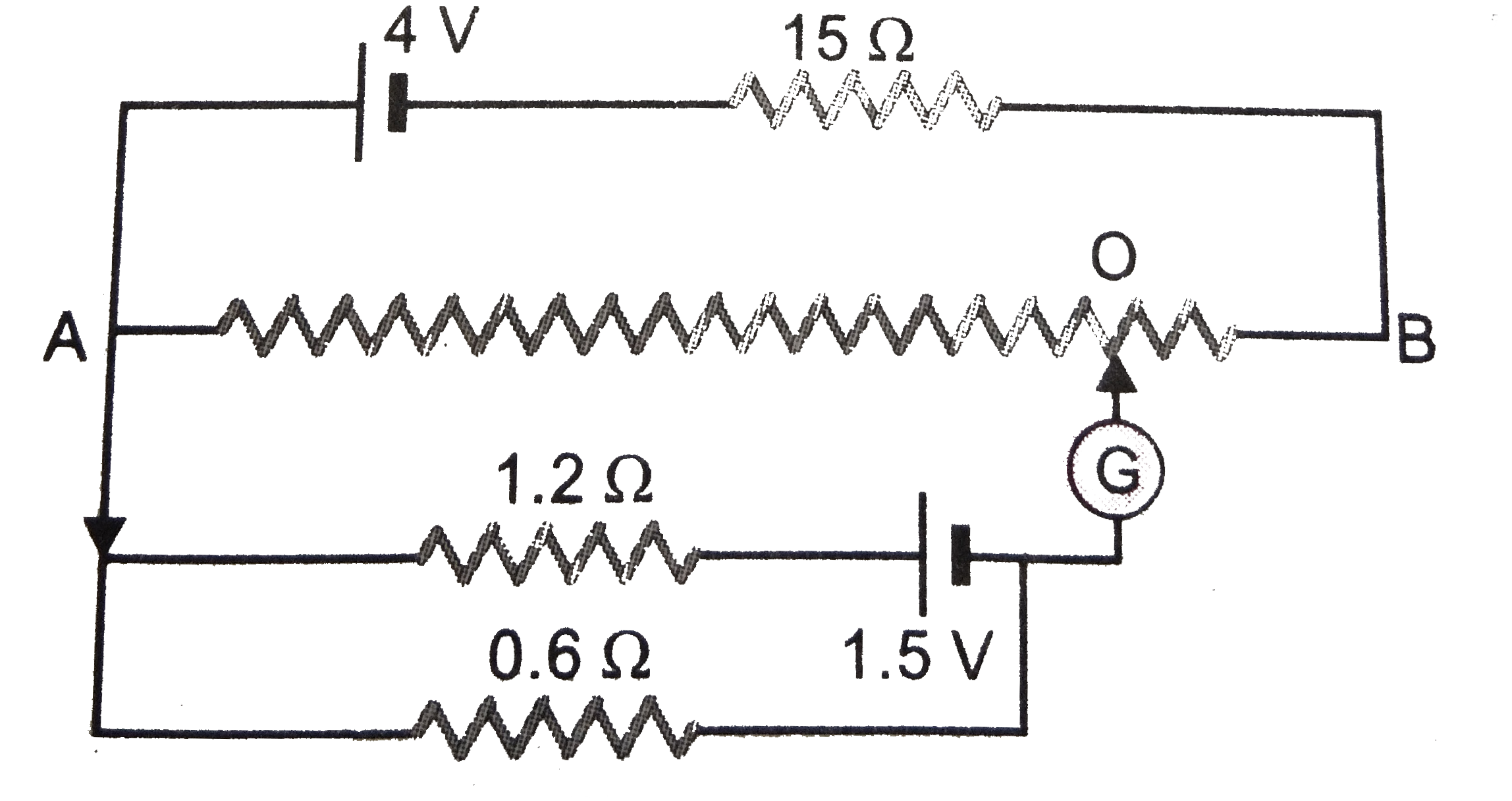



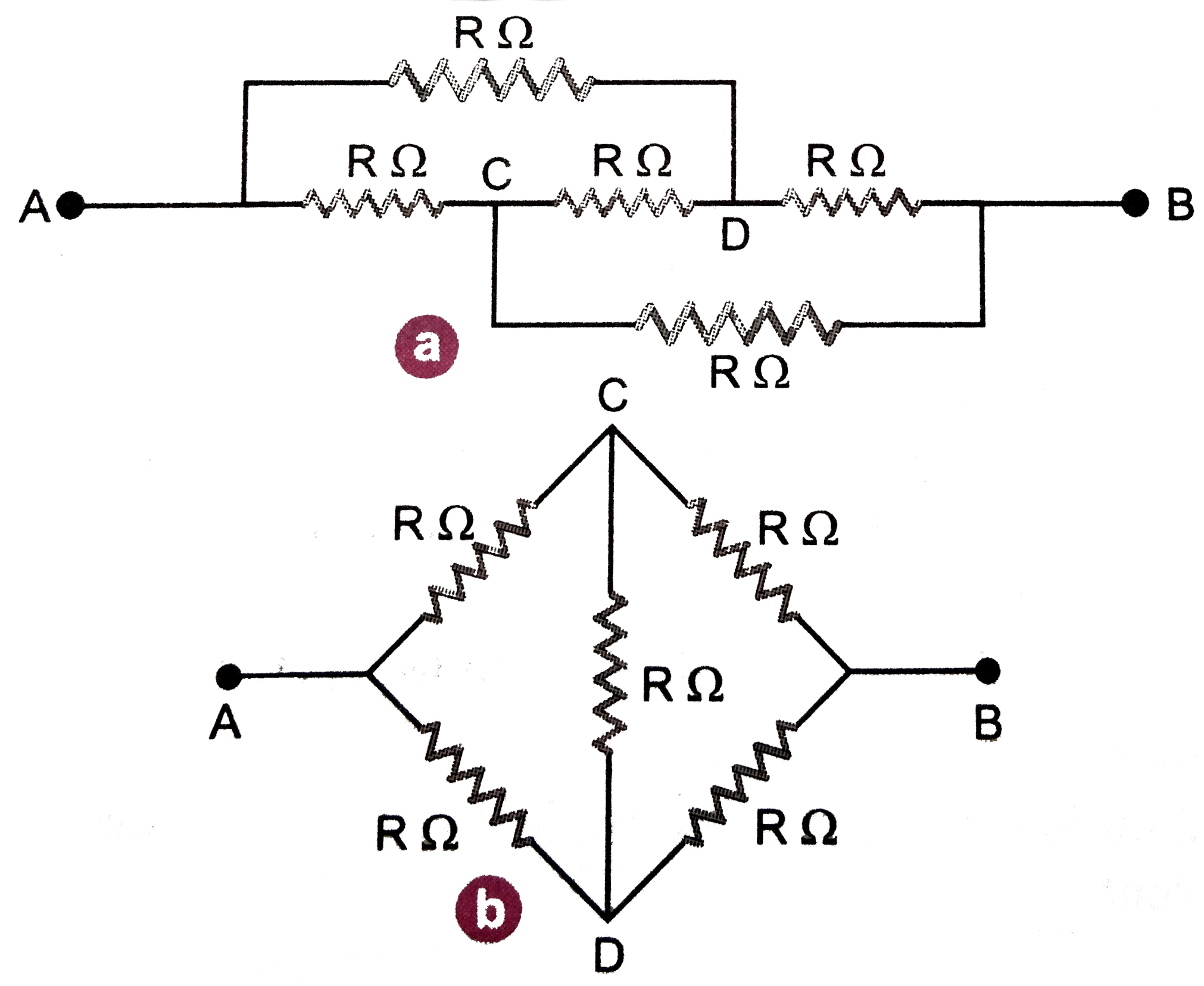


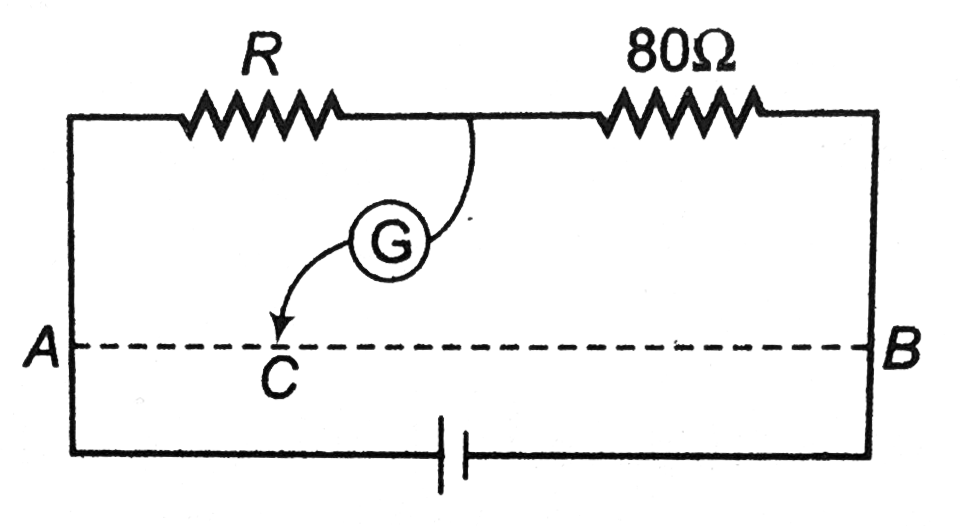 .
.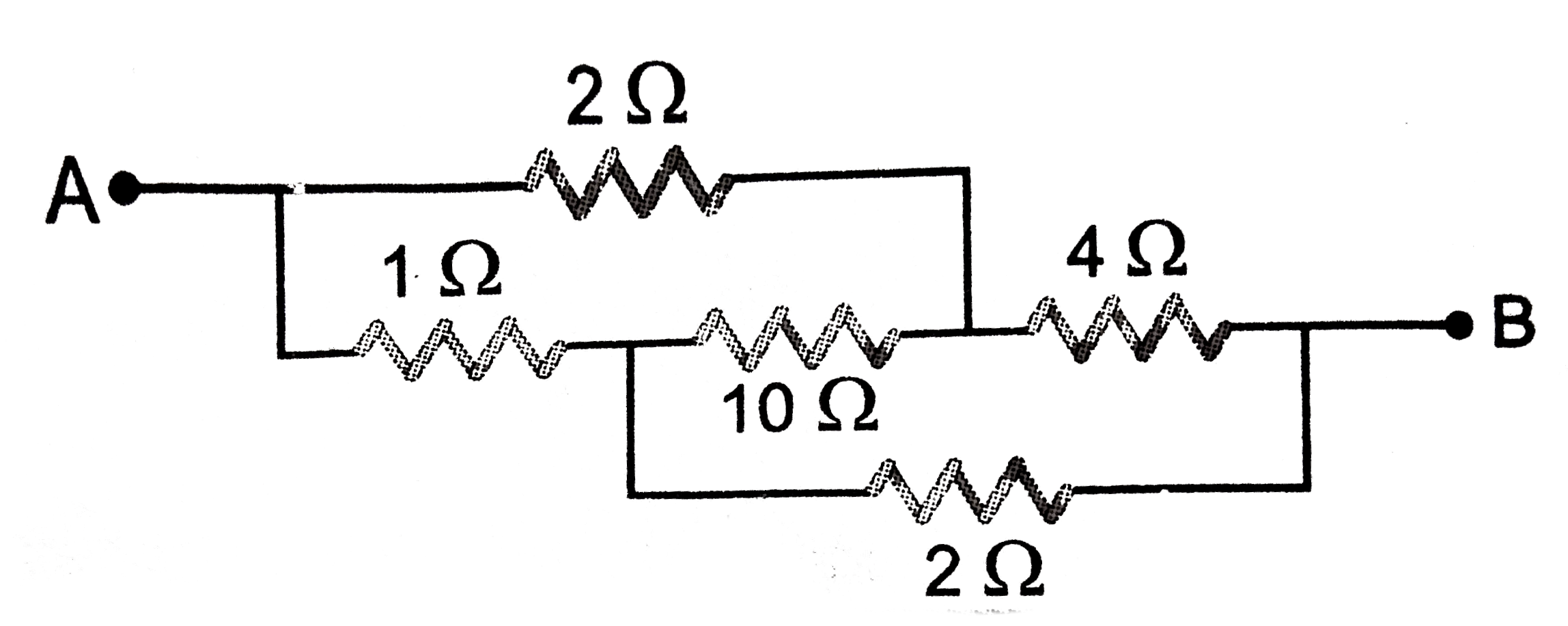

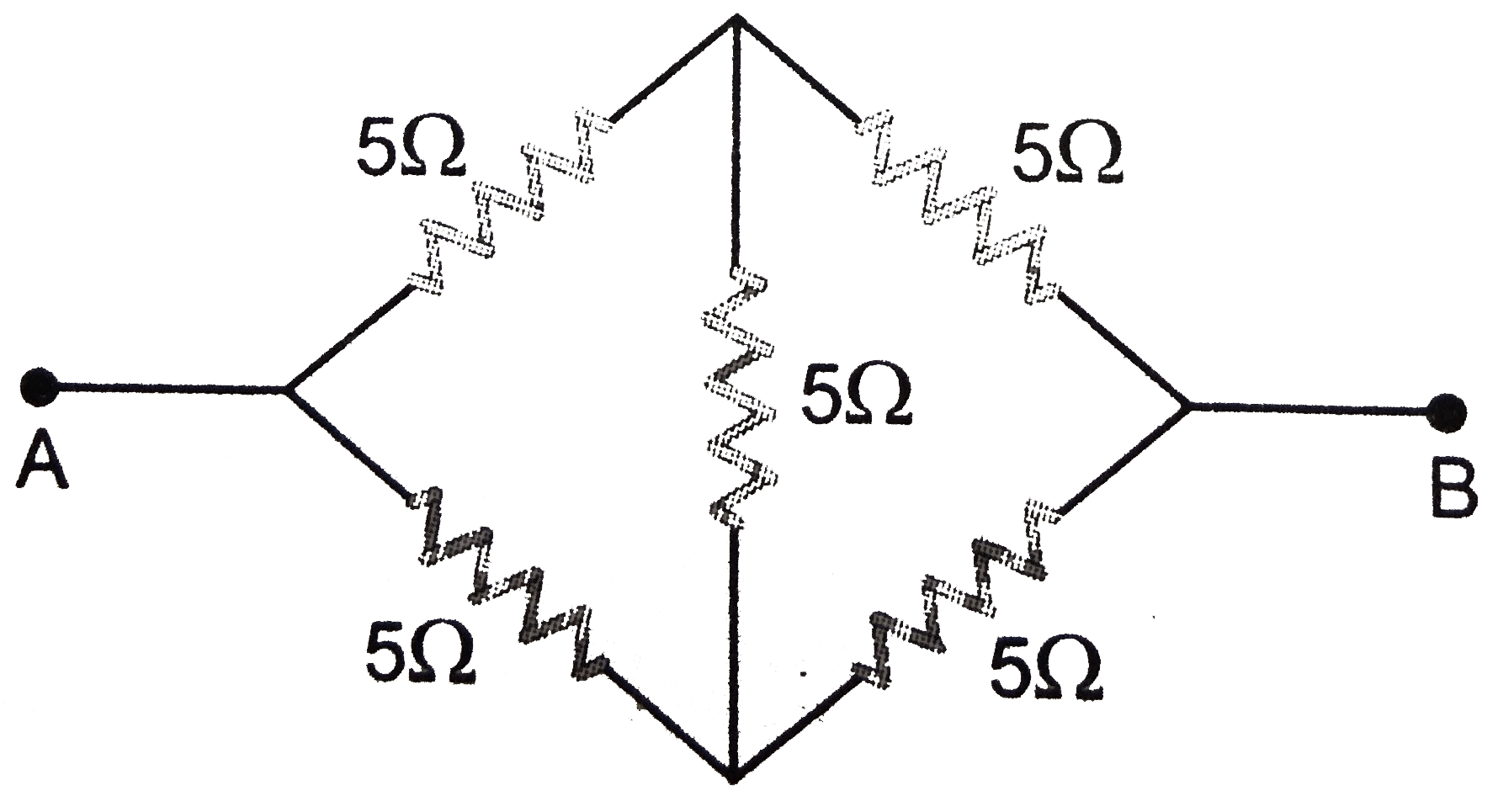

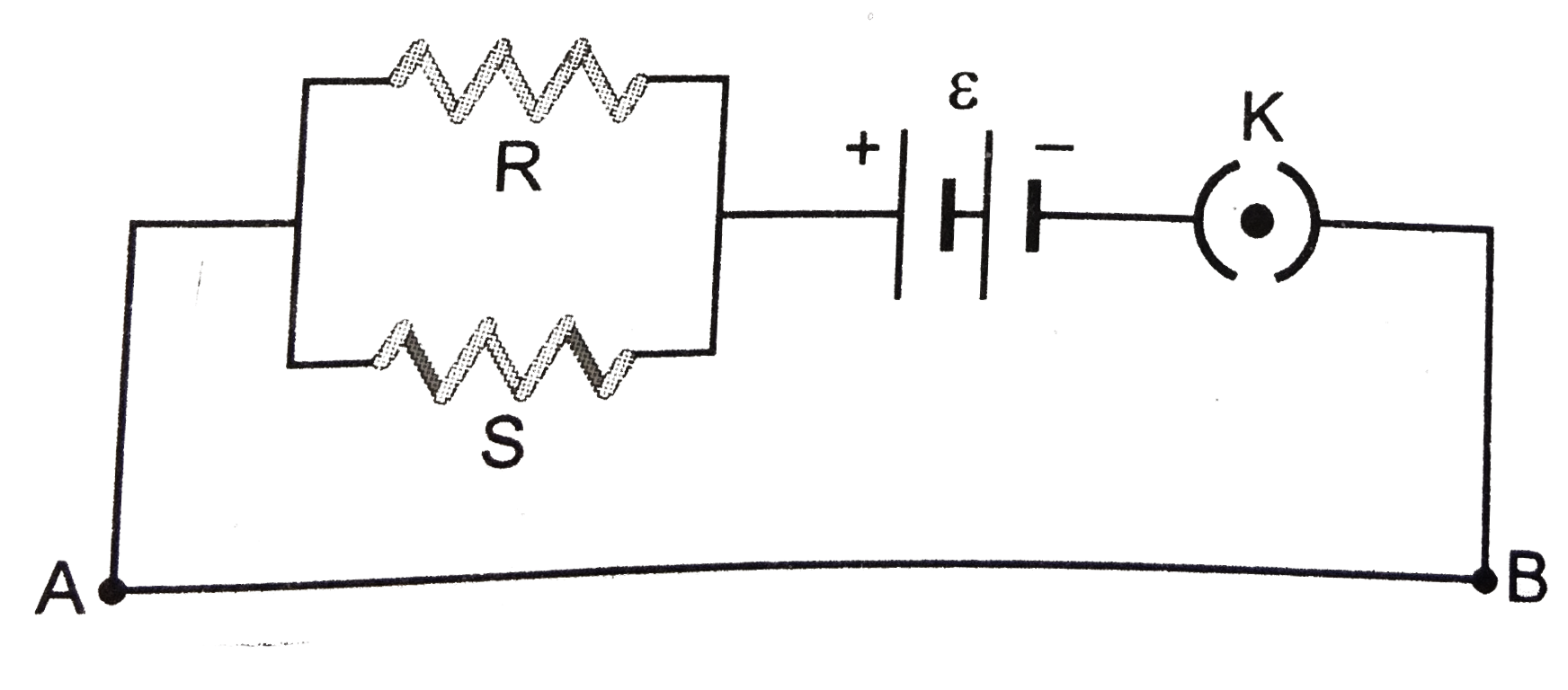
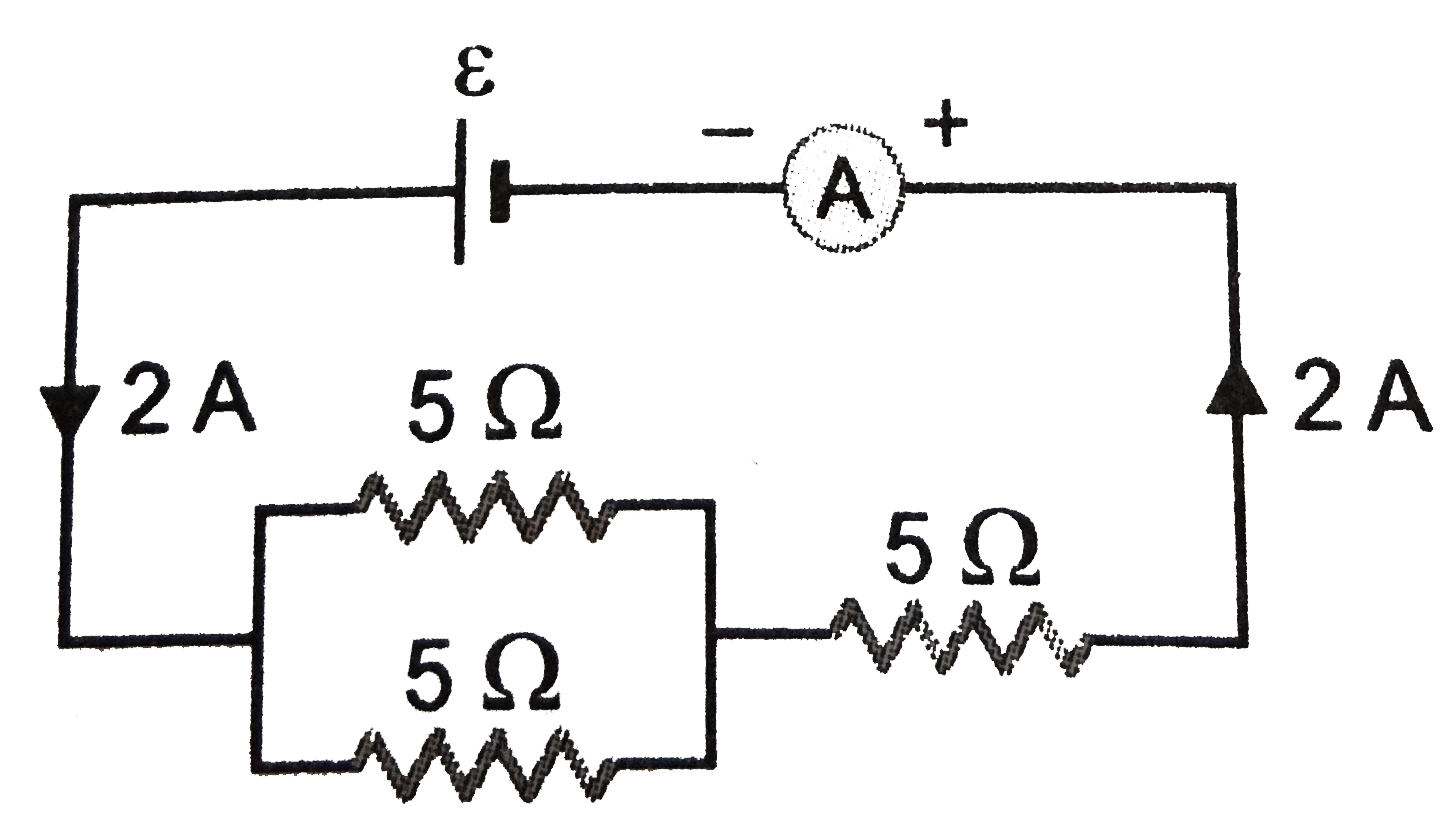

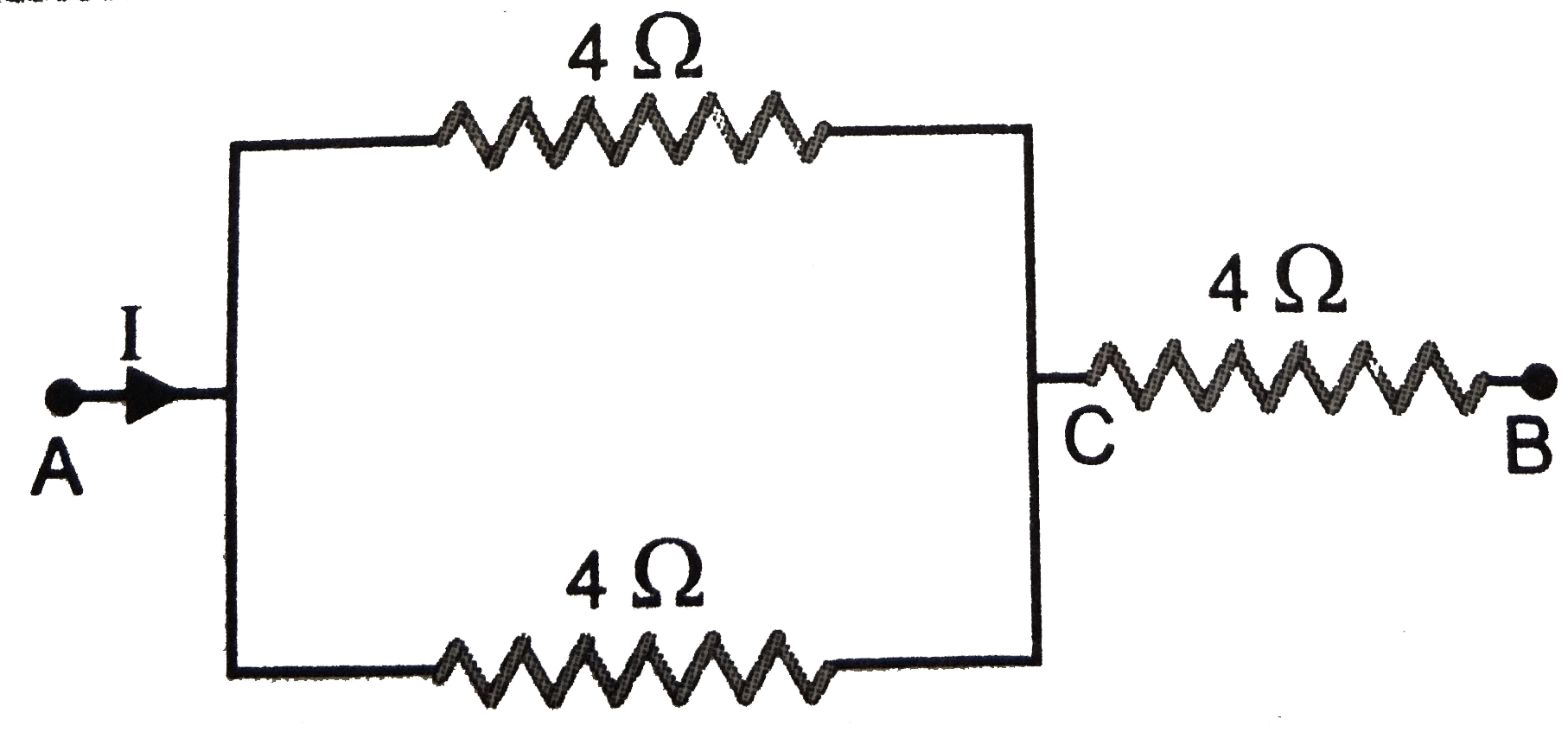
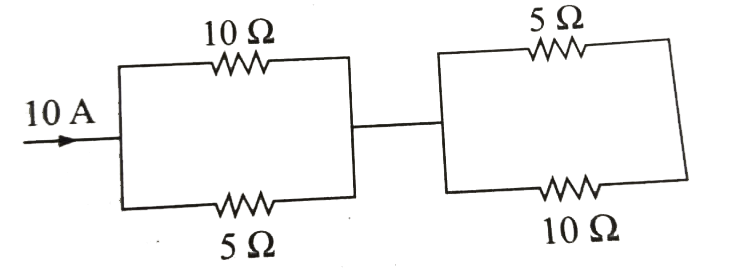
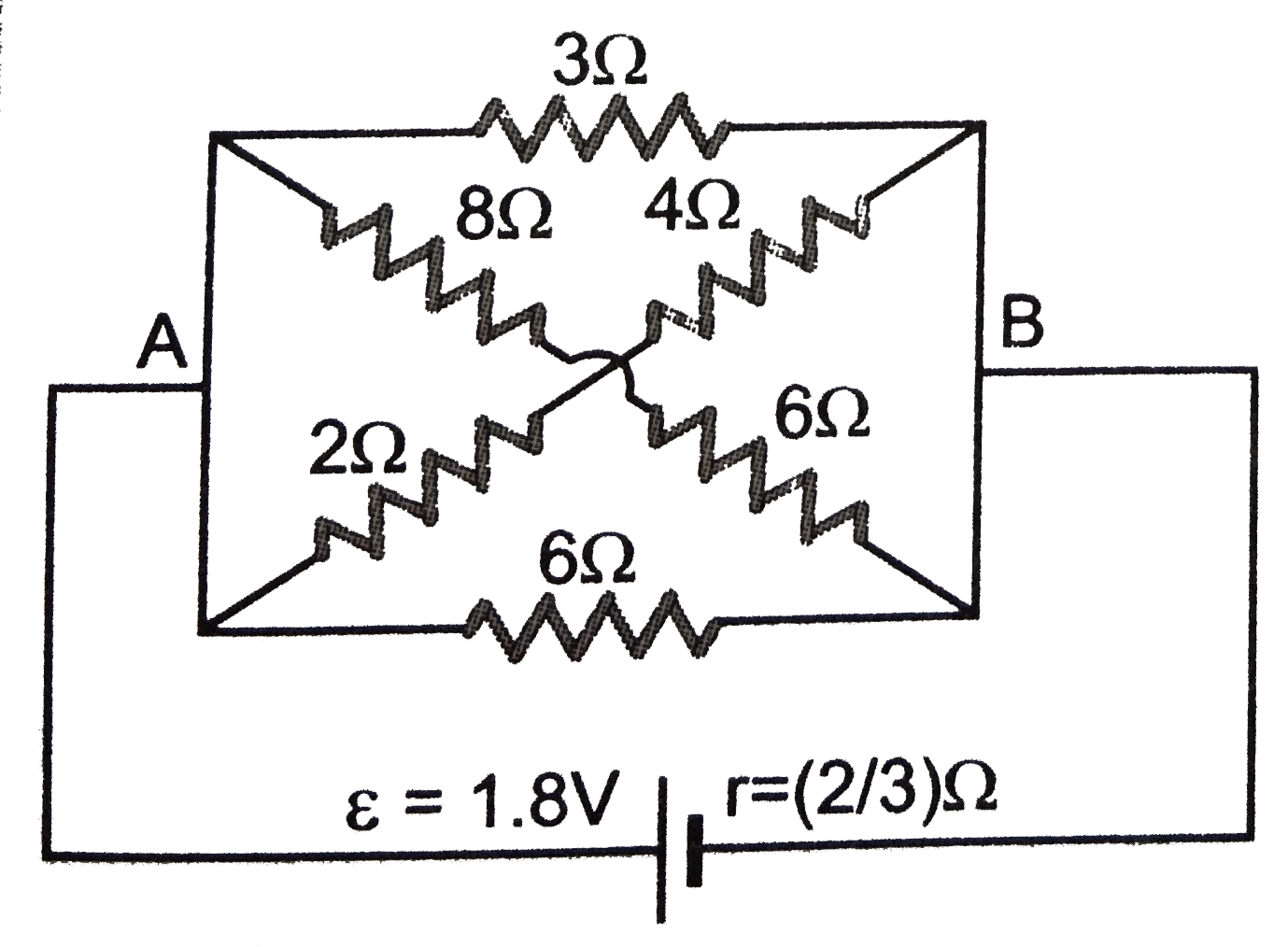
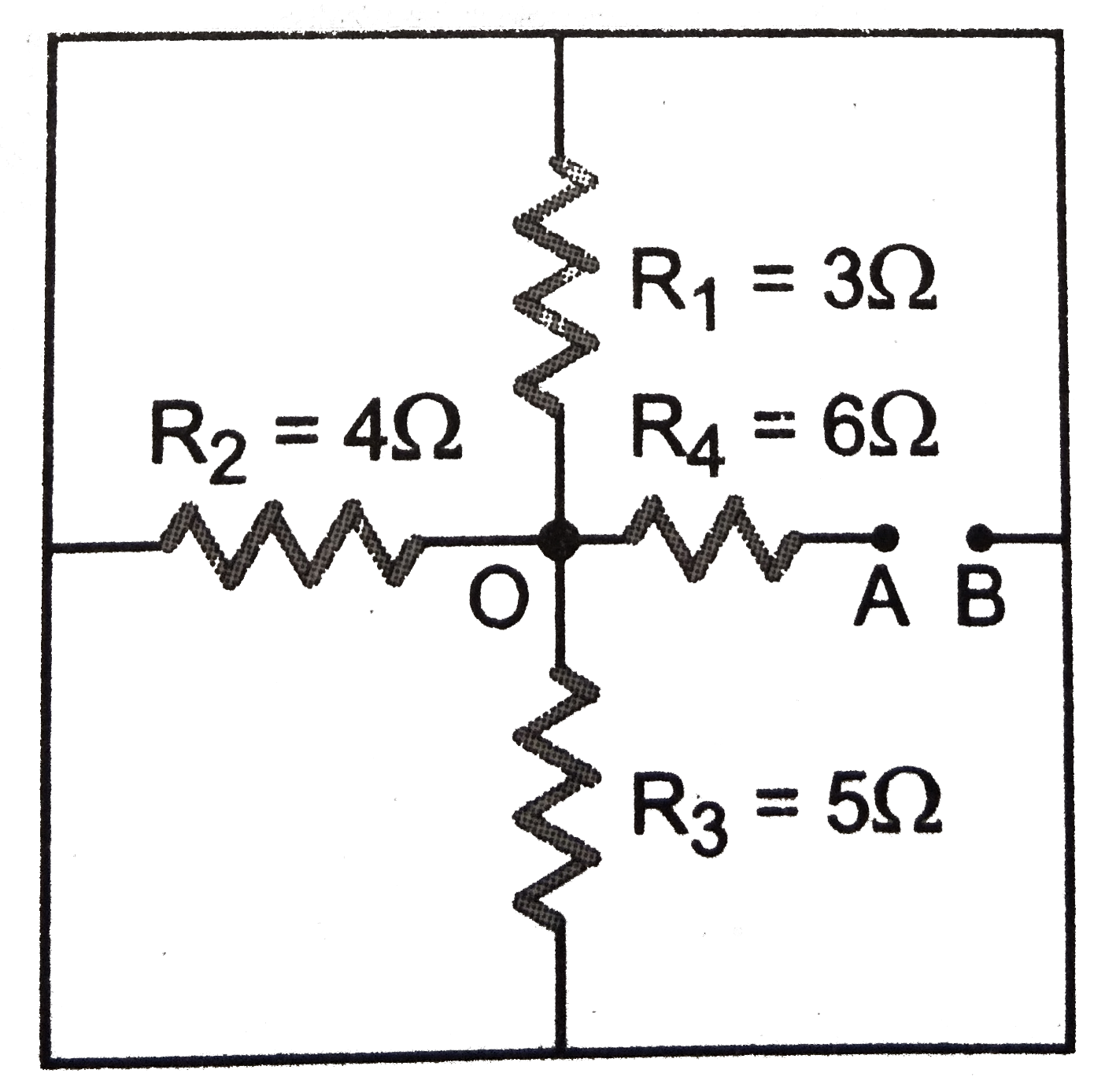
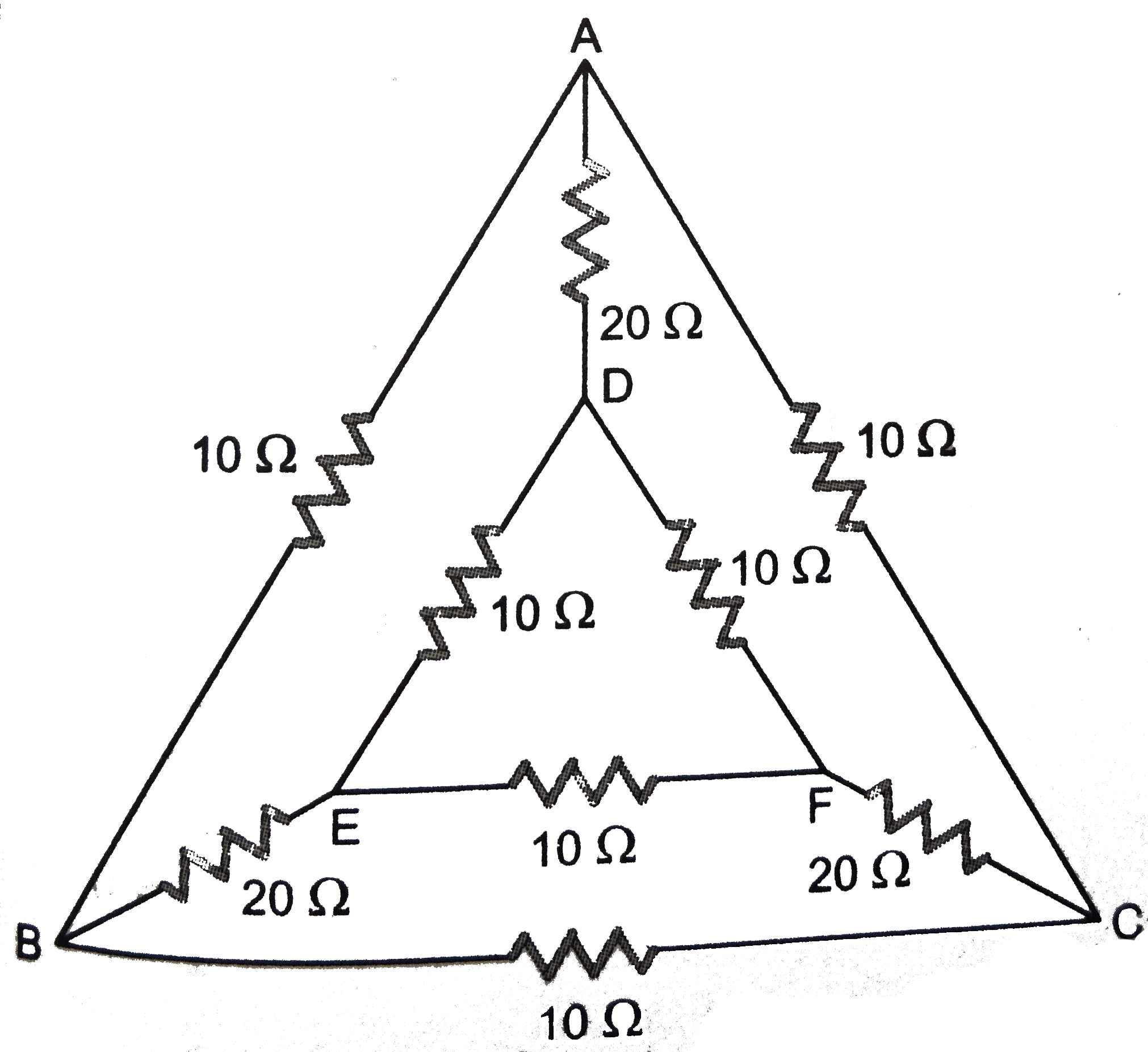
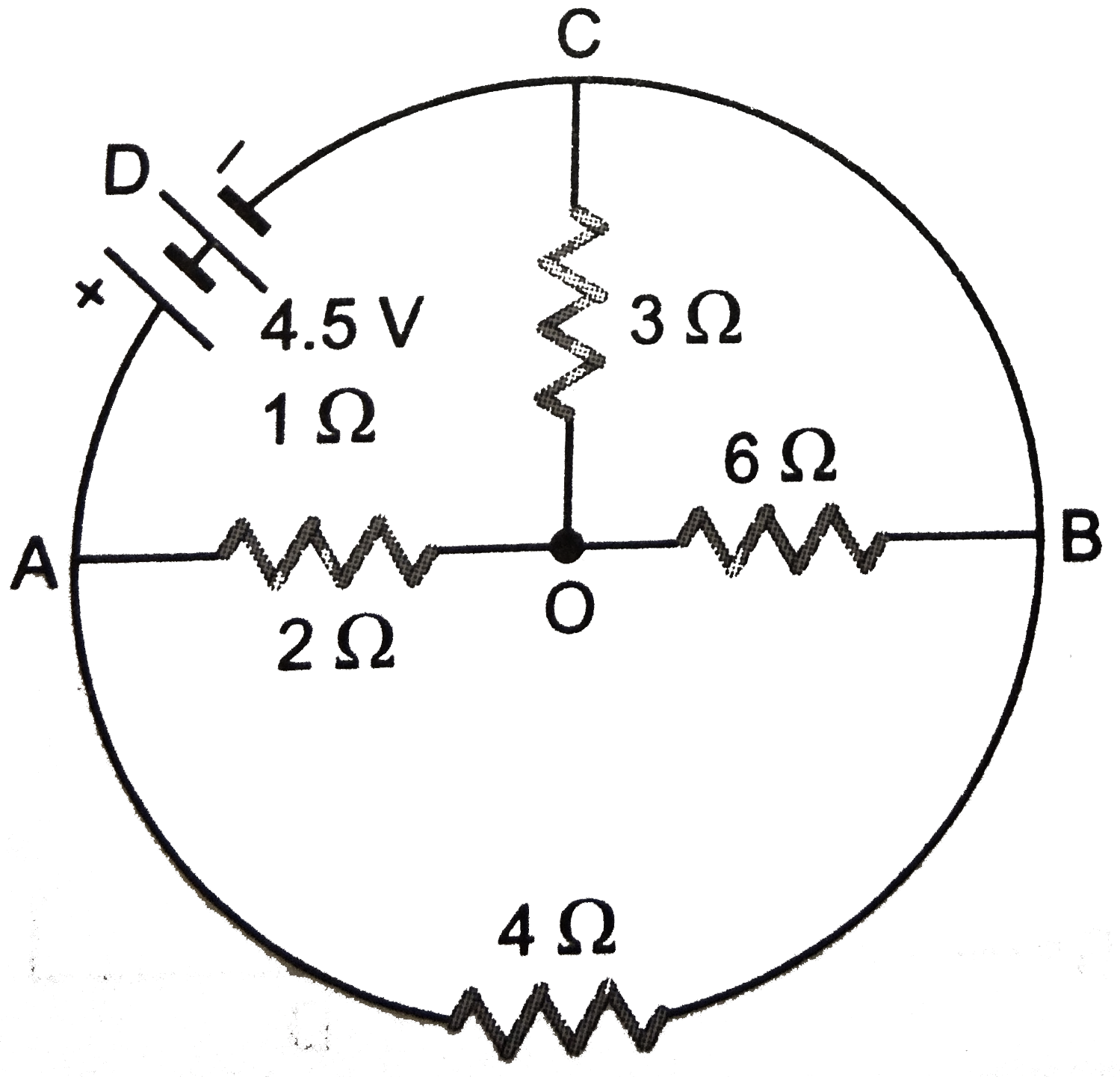
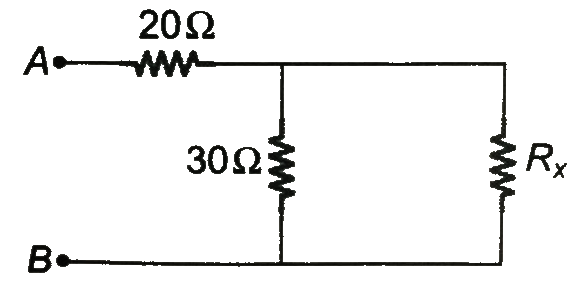

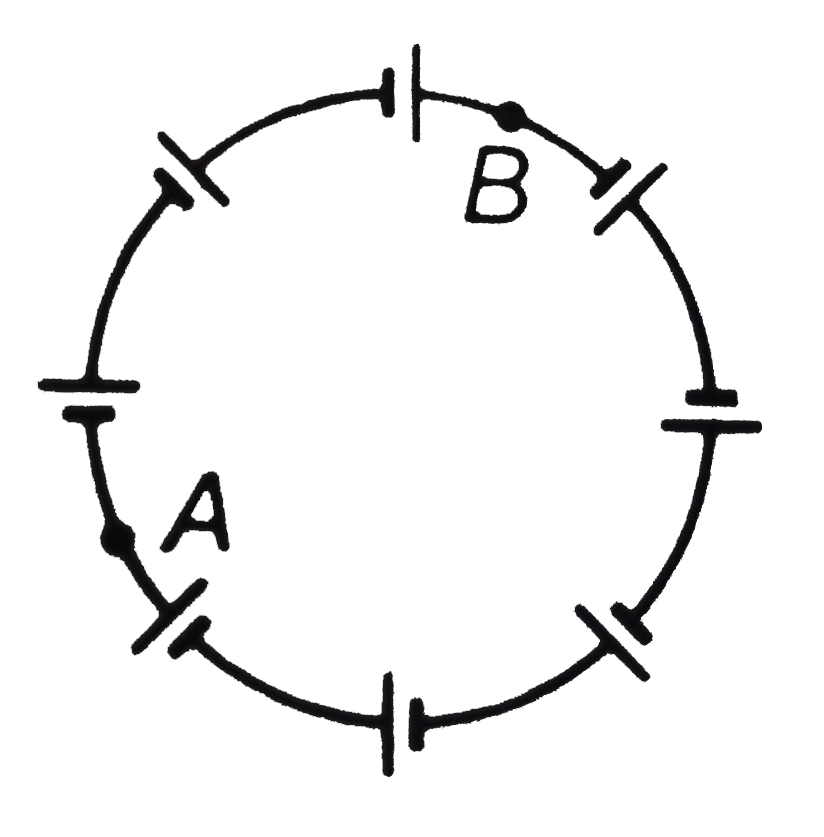
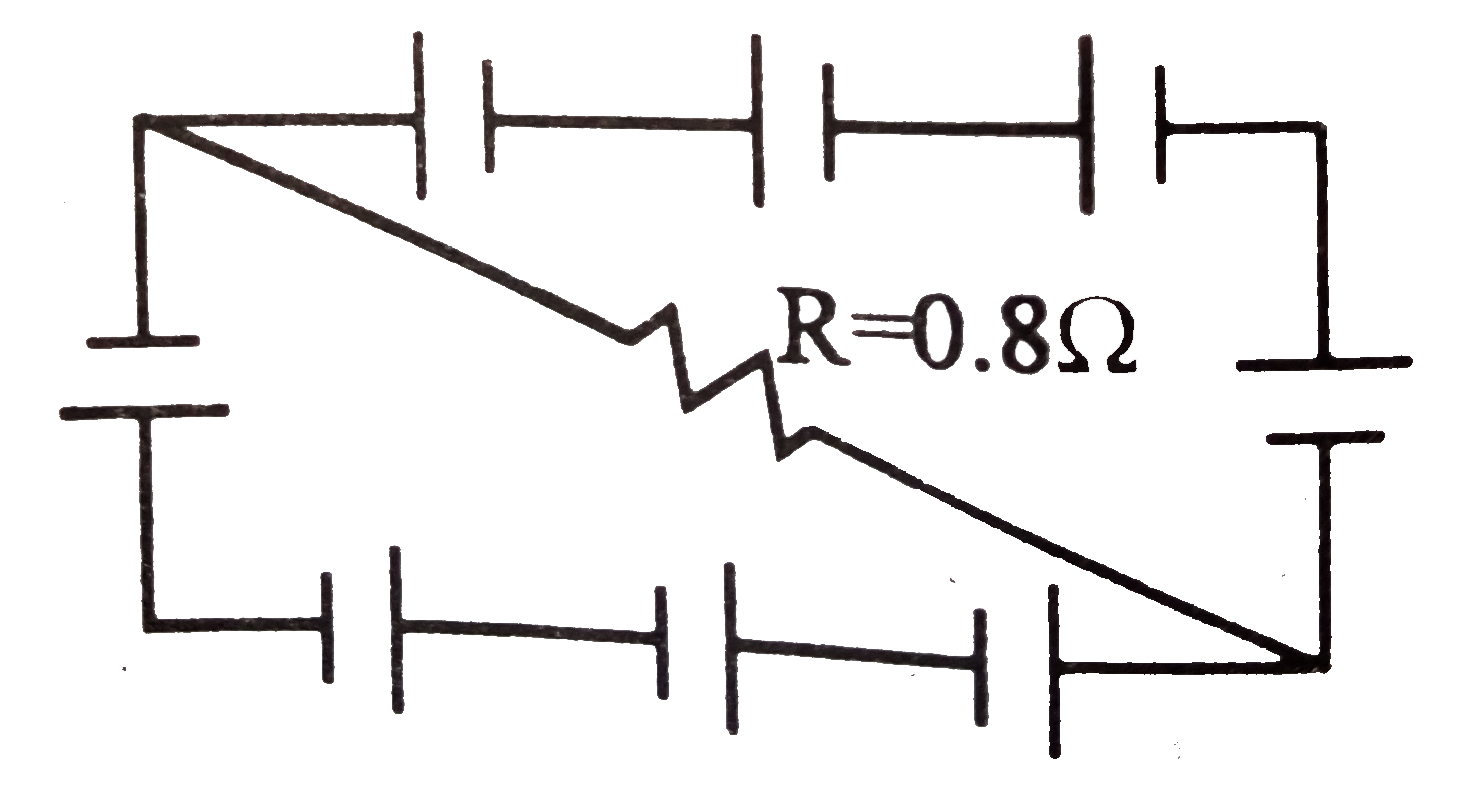
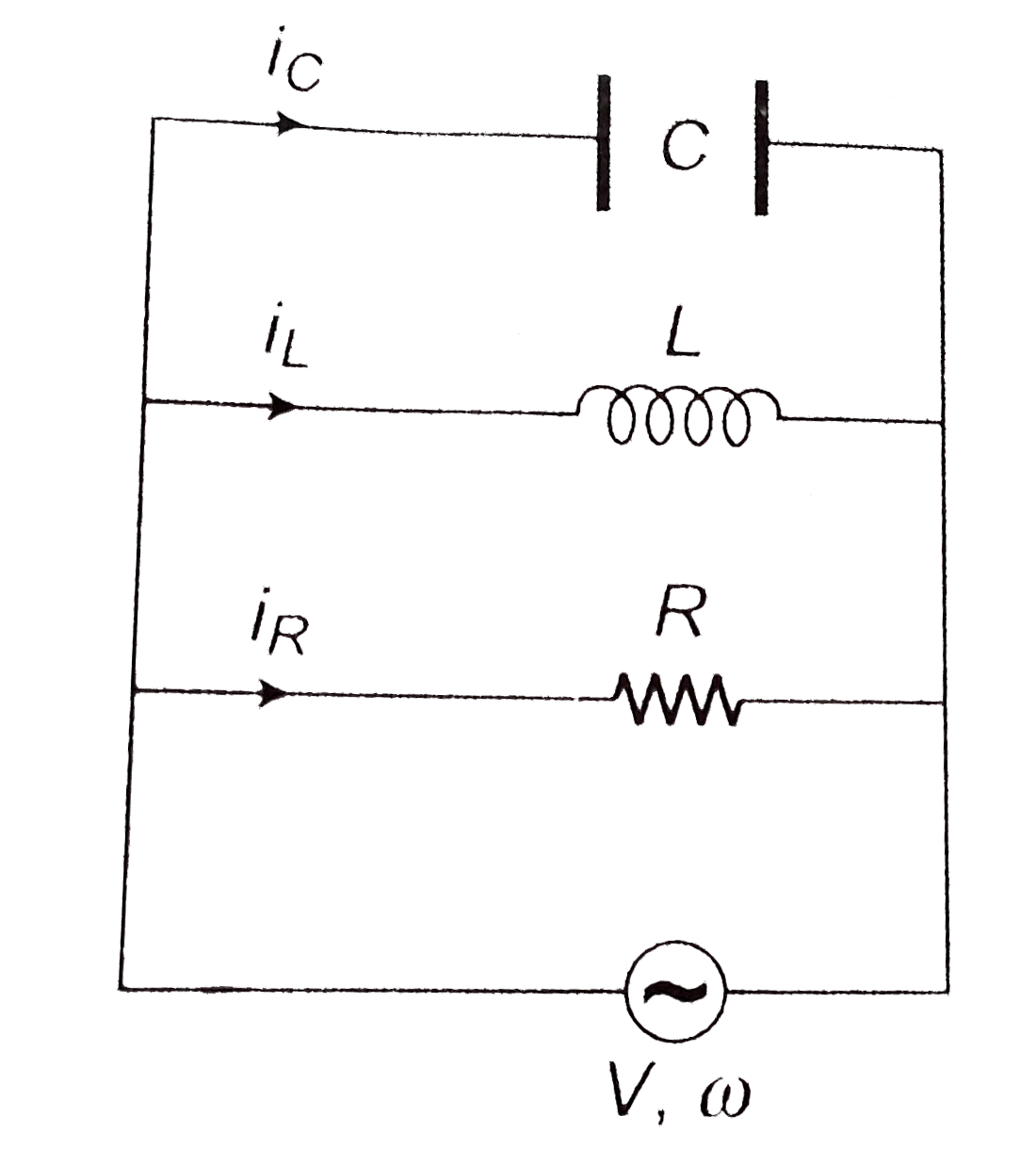 .
.